

A SILVER RETAIL ANNIVERSARY

FIDELIO
THE PLAINS, VIRGINIA
European Elegance on 61 Acres | Timeless luxury Stunning European-inspired estate featuring reclaimed antiquity throughout Limestone floors, museum-quality finishes, hand-painted coffered ceilings, and exquisite mahogany doors and windows | 5 spacious bedrooms, 5 full baths, and 6 fireplaces | Exceptional kitchen and elevator | The compound also includes a separate gallery/studio, a stone cottage, guest house, spa pool, tennis court, and lovely grounds with a stream, waterfalls, orchards, gardens, and river frontage
$9,000,000
Helen MacMaHon 540.454.1930
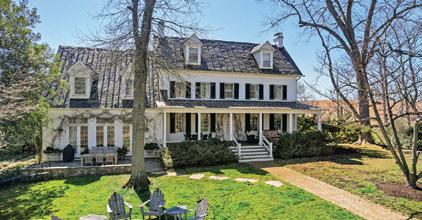
HEDGEWOOD FARM
LINCOLN, VIRGINIA
PRICE IMPROVEMENT | 49+ acres in 3 parcels in VOF easement | Entertain on the enormous front porch of the Main farmhouse style home, dating to 1838 | 5 bedrooms, 2.5 baths, pool, barns, a tenant house, and a Farm manager’s house | Well-planned, planted and hardscape
$2,749,000
lynn Wiley 540.454.1527

ISAAC EATON HOUSE
LEESBURG, VIRGINIA
c.1822 historic home on coveted Mount Gilead on 14.9 acres | 3-4 bedroom brick and cedar home with gara ge and guest house | Amazing views | Lovely condition | 3 fireplaces | Original floors and millwork Fine details | Large modern kitchen | Many recent updates | Gorgeous property | Rare offering
$1,495,000
Helen MacMaHon 540.454.1930

JUNO FARM
MARSHALL, VIRGINIA
163 acres of premier land in Orange County Hunt Territory on Atoka Road | 100 acres of hay & remaining is mature woodland | Wonderful riding trails and wildlife habitat | Easement allows a residential compound and comprehensive equestrian facilities including the ability to build an indoor arena Impressive mountain views, 2 ponds
$3,500,000
Helen MacMaHon 540.454.1930

GRACE HILL
PURCELLVILLE, VIRGINIA
Period home, original portion 1768, additions in 1850 and 1950 | Stucco exterior, metal roof, beautiful wood floor, 4 bedrooms, 2 1/2 baths, 3 fireplaces, spectacular living room with high ceilings | 20.21 acres, recorded in 2 parcels, mountain views | Frontage on Butcher Branch, room for horses, studio/guest house
$2,000,000
Paul MacMaHon 703.609.1905
Brian MacMaHon 703.609.1868
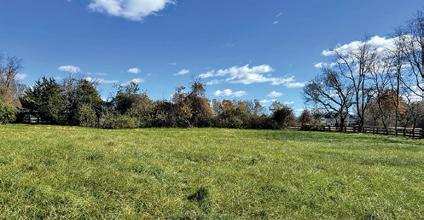
NEW ROAD
ALDIE, VIRGINIA
5.44 acres, mostly open, gently rolling ground, some board fencing, 7 stall barn and well installed | Shown by appointment only
$750,000
Paul MacMaHon 703.609.1905
Brian MacMaHon 703.609.1868

ROCK HILL MILL ROAD
THE PLAINS, VIRGINIA
Perched on a protected knoll with incredible views, between Middleburg and The Plains | Charming renovated cottage with 3 BR, 3.5 BA, on 11 acres | Beautifully landscaped, with extensive hardscaping
$2,795,000
lynn Wiley 540.454.1527
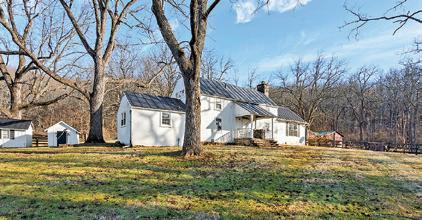
THE PLAINS, VIRGINIA Charming stucco over log 1780 cabin with stunning views | Large stone fireplace and exposed log interior | 4 stall stable | 3 bay equipment building | Artist’s studio | High rolling land | Gorgeous building site for additional home | Spring-fed pond and dock
$1,900,000
Helen MacMaHon 540.454.1930
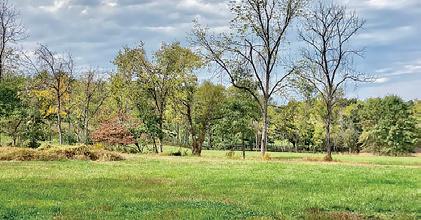
SAINT LOUIS ROAD
to find 9.58 acres between Middleburg and Purcellville Mountain views, woods and pasture with frontage on Beaverdam Creek
MacMaHon
Career Switch Keeps Blake Grant Right at Home
By Linda Roberts
How did a French cuisine enthusiast, who, by the way, is highly allergic to horses, end up working at one of Middleburg’s oldest businesses, which caters to the equestrian community?
Ask Blake Grant, who repairs leather goods six days a week at Punkin Lee’s Journeymen Saddlers, 2 W. Federal Street, better known to locals as the “back street.” With a friendly smile, Grant greets customers at the shop counter and, if asked, might even share an abbreviated version of the back story that brought him to this unique business.
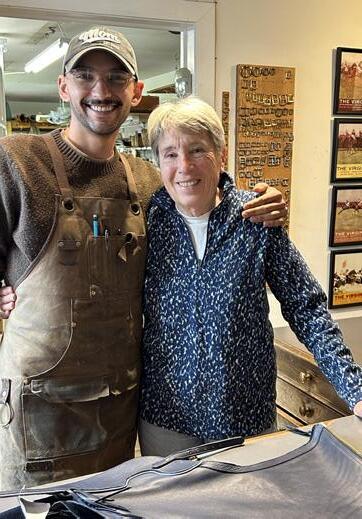
Growing up in the Middleburg area, Grant followed a pathway after college that led him into the kitchen with his family connections in skilled culinary work. At the annual Upperville Horse Show, he was introduced to Journeymen’s founder and long-time owner, Punkin Lee. A Middleburg native who grew up riding ponies and horses, Lee started the repair and custom leather business almost 50 years ago.
At the time, Grant was quite interested in the creative and exciting world of fashion design, but needed to bring in a consistent paycheck. He later decided to follow up on his earlier introduction to Lee and visited Journeymen to see if she was hiring.
“I knew nothing about leather repair and didn’t even know the shop existed,” Grant said, noting that Journeymen has little signage and doesn’t advertise its presence.
Needing no signs to locate Journeymen if you spend time around horses, the shop’s well-worn door opens six days a week to the pervasive and intoxicating aroma of leather as clients come in with all manner of “tack” in need of repair. Perhaps the customer will leave with their earlier deposit of now well-repaired leather riding boots, bridles or a saddle.
The shop also serves as an impromptu gathering place for the area’s equine community to cross paths and for local business owners looking for Lee. After all, she’s the long-time president of the Middleburg Business and Professional Association, and serves as a board member of the National Sporting Library, Upperville Horse Show and Virginia Fall Races, among other commitments.
Told to come back after he learned to sew, Grant bought some fabric and found a sewing machine. “In about two months I was back at Journeymen,” Grant added, telling Lee he had learned to sew fabric in preparation for sewing leather, the mainstay of Journeymen’s business.
Helping him was the shop’s experienced team of Lee, Kevin Caporaletti, Charlie Ducharme and Shelby Banning. Their many tools of the trade are found everywhere in the shop, and the art of leather repair will always remain a handson job.
Grant soon found he wasn’t allergic to leather—even though it had been on a horse—and he tackled a small mound of leather goods needing repair, under the guidance of his experienced teachers.
“I want to put in the time to learn everything,” Grant said. Two other family members already own businesses in town. His father, Dwight, operates a hair salon and his cousin, Leo, has a fitness center.
At 26, Grant said he feels lucky to have a job he enjoys. He finds the work fascinating and it’s given him a purpose and a sense of direction.
Still, fashion design has not totally gone from Grant’s mind. He rolled out a bolt of beautiful soft red leather and hopes to make handbags that may have a future with a price tag in Journeymen’s front room.

Photo by Vicky Moon
Blake Grant and Punkin Lee, owner of Journeymen Saddlers.
Personalities, Celebrations and Sporting Pursuits
© 2023 Country ZEST & Style, LLC.
Published six times a year
Distributed and mailed throughout the Virginia countryside and in Washington and at key Sporting Pursuits and Celebrations
MAILING ADDRESS: P.O. Box 798 Middleburg, Virginia 20118
PHONE: 410-570-8447
Editor: Leonard Shapiro badgerlen@aol.com
Art Director
Meredith Hancock Hancock Media
Contributing Photographers:
Doug Gehlsen
Crowell Hadden
Sarah Huntington
Douglas Lees
Camden Littleton
Karen Monroe
Tiffany Dillon Keen
Donna Strama
Official Fine Artist
Linda Volrath
Contributing Writers:
Drew Babb
Emma Boyce
Bill Cauley
Sean Clancy
Denis Cotter
Philip Dudley
Mike du Pont
Valerie Archibald Embrey
Jimmy Hatcher
Michele Husfelt
Alissa Jones
Laura Longley
Hunt Lyman
M.J. McAteer
Jan Mercker
Joe Motheral
Jodi Nash
Chip Newcome
Tom Northrup
Ali Patusky
Melissa Phipps
Pat Reilly
Linda Roberts
John E. Ross
Constance Chatfield-Taylor
John Sherman
Peyton Tochterman
John Toler
Leslie VanSant
Mike Wipfler
Louisa Woodville
For advertising inquiries, contact: Leonard Shapiro at badgerlen@aol.com or 410-570-8447
ON THE COVER
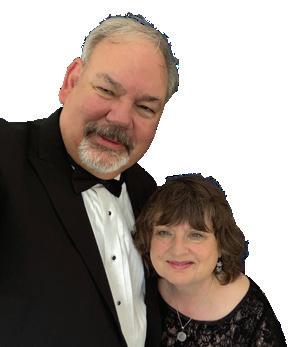
Doug Gehlsen and Karen Monroe go on many Country Zest Photoshoots: Middleburg Spring Races, Middleburg Hunt Point to Point, Virginia Gold Cup Gala, Gold Cup Races, Hound Shows, charity auctions.
“What a busy time of the year,” he notes. “We love Middleburg with our friends and neighbors, but we need a vacation.” To which we say: “Maybe after Upperville.”

/ Country Zest and Style / @countryzestandstyle / @countryzestand1 www.countryzestandstyle.com
of NOTE
BE ON THE LOOKOUT through this issue of for the hummingbird.
He appears in two ads and the first two readers to find him (one each) will receive a gift from THE RED TRUCK Rural Bakery, with locations in Warrenton and Marshall. Send your reply to badgerlen@aol.com
IT GETS CURIOUSER AND CURIOUSER
By Leonard Shapiro
Whenever I speak to high school or college students interested in possible careers in journalism, I always focus on what I consider to be the most important trait of all. It’s called curiosity, which may have killed the cat but is the coursing lifeblood for any reporter or editor on the planet.

Readers often ask how we manage to fill Country ZEST with so many interesting stories, and for the most part, the answer almost always has to do with curiosity.
A few years ago, we did a piece on a local Marshall business that had a small fleet of old military vehicles out in the parking lot—trucks, jeeps, armored cars and more. I passed the place virtually every day for years until my curiosity finally got the best of me and I called to set up an interview.
Turned out the owner not only was a collector—acquiring them online, at auctions or private sales—but also ended up renting many of them out for use in popular TV shows and well-known movies.
Who knew?
For years, I was curious about a gravestone a few yards off Route 50 under a tree not far from the Atoka Road. A while back, so was one of our writers, who delivered a fabulous story about the history of that marker over the grave of a slain Confederate soldier.
He’d been badly injured in a local Civil War skirmish, taken in by owners of a nearby farm, then buried right there (long before Route 50) when he succumbed to his fatal injuries. Now, I look for that stone marker any time I’m driving west to east toward Middleburg. Maybe you will, too.
I’ve always been intrigued by my neighbors, the entrepreneurial couple of Tara and Ben Wegdam. They own four different shops along the main street of Middleburg, and 24 in all from Connecticut down to South Carolina. And 2025 marks the 25th anniversary of their remarkable retail enterprise, so what better time to feature them and their fascinating story on the cover.
How many times have you driven through town on the way to Aldie and seen the sign for Mickie Gordon Park? Curious to know more about Mickie? Some long-time residents surely remember him, but writer Denis Cotter has done a wonderful job in telling the rest of us all about the late, long-time youth baseball coach.
Salamander Middleburg has a relatively new managing director, Scott Little, and you can read all about his long, impressive career in this issue. And lowkey but totally dedicated town manager Danny Davis has done wonderful work steering the town in all the right directions. If you’re curious about more details, keep turning the pages, where you’ll also find so much more to add a whole bunch of ZEST to your summer reading enjoyment.
Leonard Shapiro Editor
badgerlen@aol.com 410-570-8447

Doug Gehlsen and Karen Monroe of Middleburg Photo
Photo by Leonard Shapiro Salamander’s Scott Little and the resort’s new pool.

Exquisite Country Living
A quiet and picturesque country lane in the heart of Virginia’s renowned “Hunt Country” leads to “Foxwood,” an absolutely beautiful estate in a storybook setting. Impressive stone pillars mark the entrance to this spectacular property and a long winding tree lined drive leads to the stunning custom residence of extraordinary quality and craftsmanship.
Ideally located just minutes north of the charming village of Middleburg, Foxwood encompasses over 35 acres of lush fields, brilliant gardens, and majestic oak trees.
A 20+ acre fenced paddock with a huge run-in shed and automatic waterer can easily be converted to a small stable and create a perfect haven for treasured equines. A fabulous 34 acre parcel, adjacent to Foxwood, could also be available.
Breathtaking views of the magnificent Blue Ridge Mountains serve as a backdrop to this superbly built manor of uncompromising quality and exceptional beauty. Timeless elegance meets modern sophistication, boasting over 5,000 square feet of meticulously designed living space. In addition, there is over 3,100 square feet of partially finished space all set to be completed.
This estate is a true sanctuary of privacy, charm and refined luxury.



The 14th annual art auction and reception to benefit the Middleburg Montessori School brought out friends, followers and supporters for two evenings at the Community Center. There were paintings in oil and acrylic, ceramics, wood creations and photos.
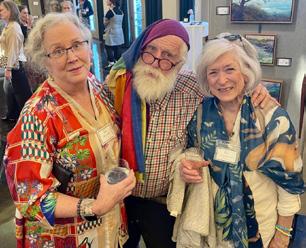
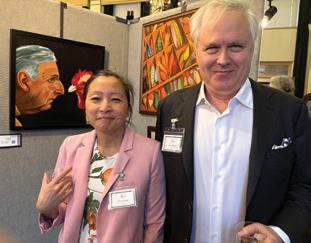
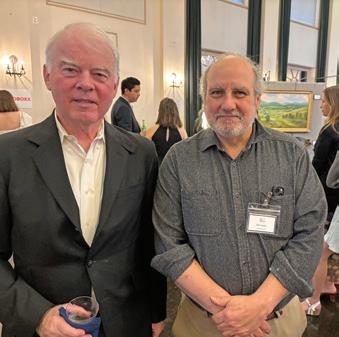
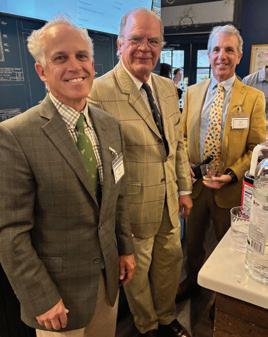



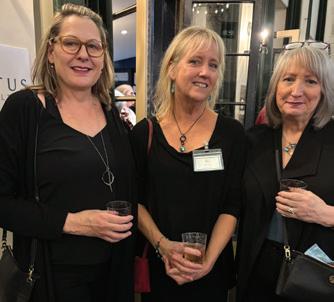
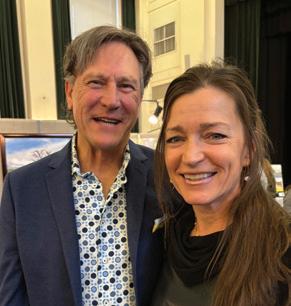
Photo by BethAnn Slater Artists Marci Nadler, Gomer Pyles and Gayle Isabelle Ford
Theresa Nang and Steve Josephson in front of the whimsical art of the late Alan Rubin.
Woody Offitt and his neighbor wood craftsman Bill Ferster
Faith Magin, Laurie Goll and Jean Wolf
Kirk Lucas and Jennifer Jon
Brad Gable, Tad Zimmerman and Gregg Ryan tend to the bar.
This bunny is “Hare” by Virginia Donelson.
Photos by Vicky Moon and BethAnn Slater
What We Did On Our Vacation
By Bailey Davis
Long time Middleburg resident Bailey Davis was kind enough to share a very long and fascinating letter she sent her parents more than 50 years ago describing what she and her husband, Brad, had encountered while making their way across Europe, then on to their final destination in Beirut, in the fall of 1971. This is Part One, with more adventures to come.

September 15, 1971, 6:30 a.m.: Grizzly and cold, the car packed to the brim with all sorts of junk from sleeping bags, cooking utensils, extra gas cans (which were great as they leaked all over the car, and we almost passed out from the fumes), too many suitcases, flashlights, extra tires, tools, water, jugs, toilet paper. We headed off for Beirut….We left in our car, a 1965 VW station wagon, which has spent more time in the shop than out since we bought it. We weren’t sure we’d ever see Beirut.
Off to Dover to get the hovercraft for Boulogne, France. This is an invention the British can be very proud of, an airship that takes about 35 cars and several hundred passengers and glides over the English Channel taking only 35 minutes. It looks like part boat and part helicopter and really does its thing.
Boulogne to Paris was nothing special and we arrived in Paris several hours later. Brad and I walked about taking in all the familiar sites. Lunch in an open café; those little babies are really expensive, but it was delicious. That evening we attended a grand party off the Place de Concorde, as this was the opening of the Paris branch of Chemical Bank. Big excitement, and half of New York was there. We stayed in an old hotel, modernized but remaining were the old high ceilings, big French doors, windows, and the bathroom. Monstrously big with a refrigerator filled with booze and ice, just the material needed for a stupendous bath.
Next day after croissants and butter, we headed for Geneva, a long, lazy drive through French farming country which can put one to sleep. Approaching Switzerland, the mountains are a welcome relief. Brad had been reading information about a camping site outside the city he was determined to find. After two hours of searching and with no luck, we headed for the nearest restaurant to get energy for more searching. After two more hours, we finally found it off a back road, scrubby and small, so we decided to forge on toward Italy. It was across the border again and into the French mountains, little realizing that we had neglected to get our Swiss francs changed into French francs, so we virtually had no money and our gas tank registered almost empty.
The mountain fog was really getting thick. It was about 12:30 a.m. and we were beat. Saw a gas station outside Chamonix, so in we ventured. The gas man was very nice, but spoke no English and wouldn’t accept our Swiss money. An hour later and with my poor French, we knew the entire history of this man and he knew ours. Finally, he consented to give us gas, but where to sleep? Where else but behind his gas station under the shadow of Mont Blanc. After accepting the kindly offered use of his facilities, we slept like logs in about 20° and frost, and then it was off to the Italian border.
To be continued.

ANY WAY YOU BANK


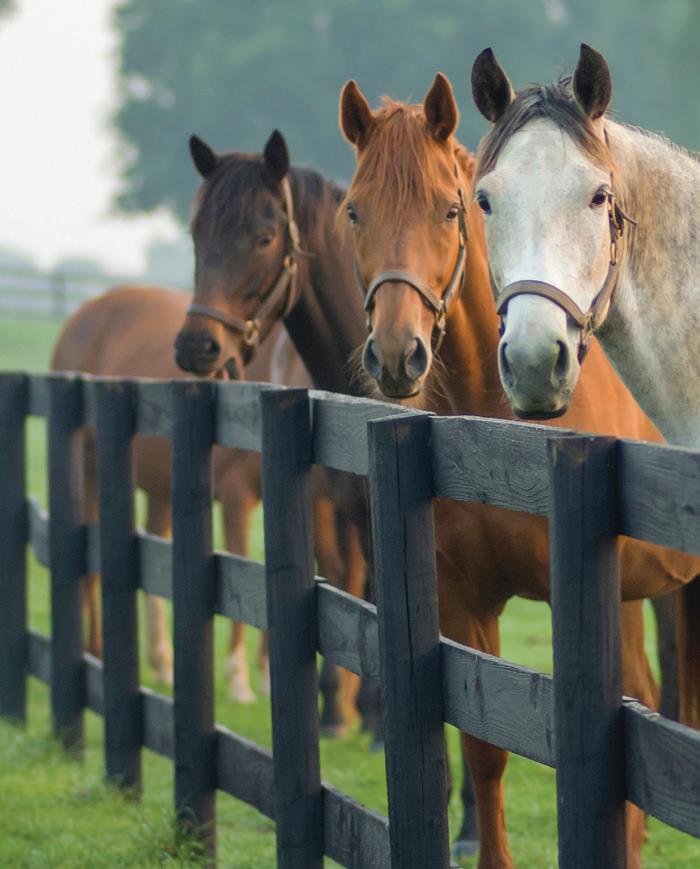
Bailey and Brad Davis
Viola Townsend Winmill 1891-1975
Seeing Stripes
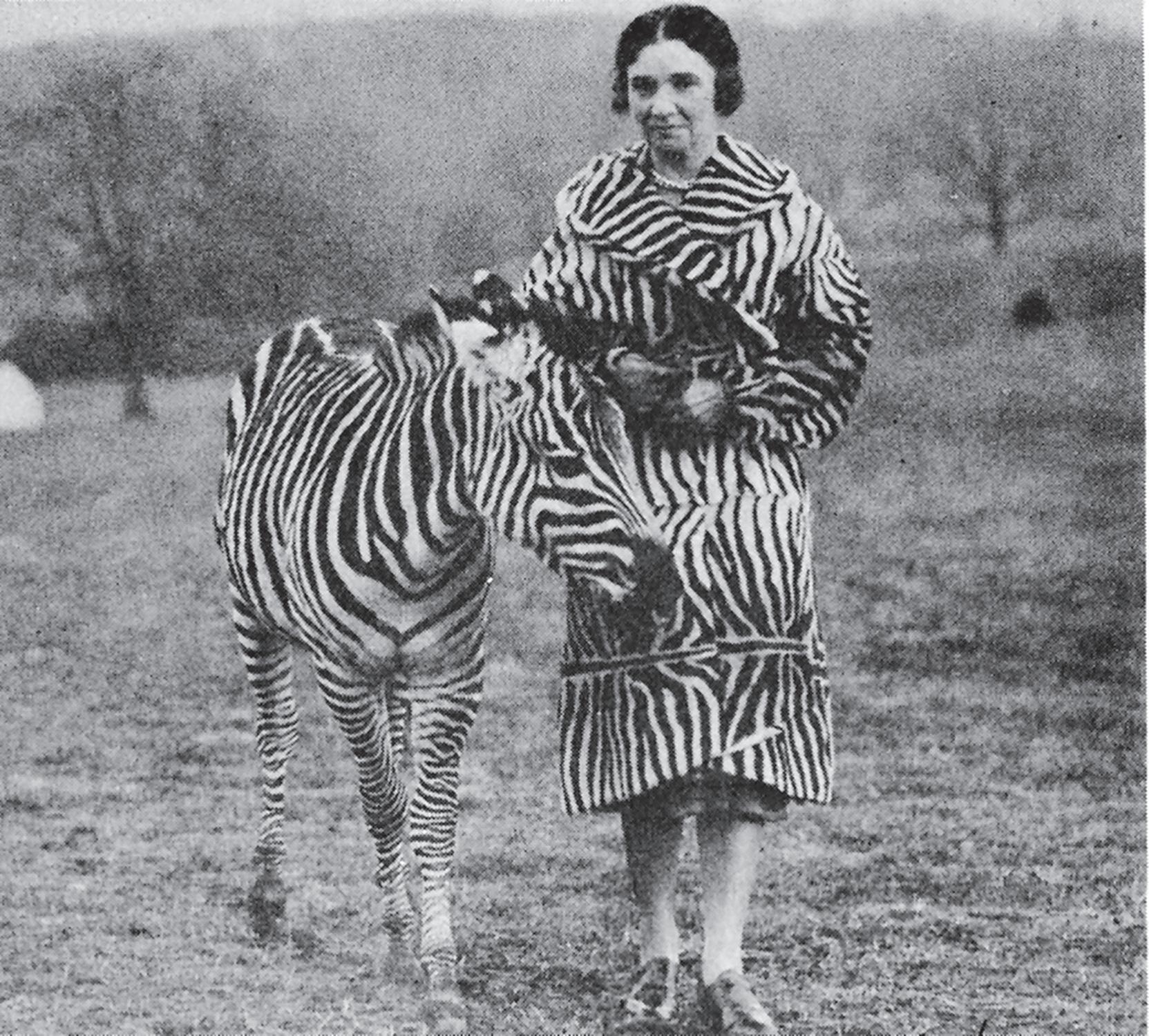
By John T. Toler
From an early age, Viola Townsend was interested in the horses and carriages she saw near her family’s home on Madison Avenue in the Murray Hill District of New York City. Her parents, J. Allen and Viola Townsend, owned a donkey named George, who was boarded in a nearby stable. He was often seen out pulling a cart.

Photos courtesy of Diane Hilton, great-grandaughter of Viola Winmill
Somewhere, Viola Winmill found a matching ‘zebra stripe’ coat matching the one worn by Nderu.
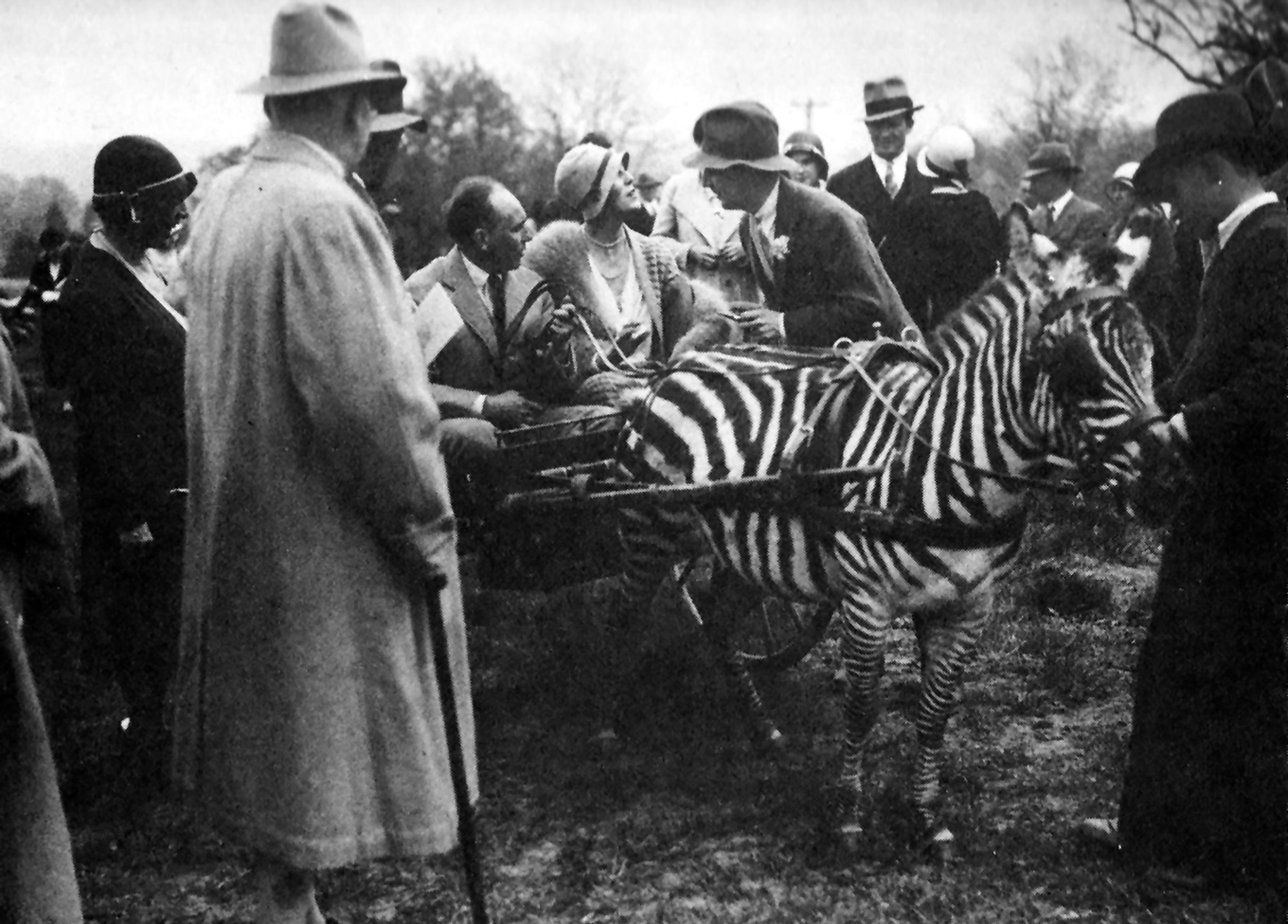
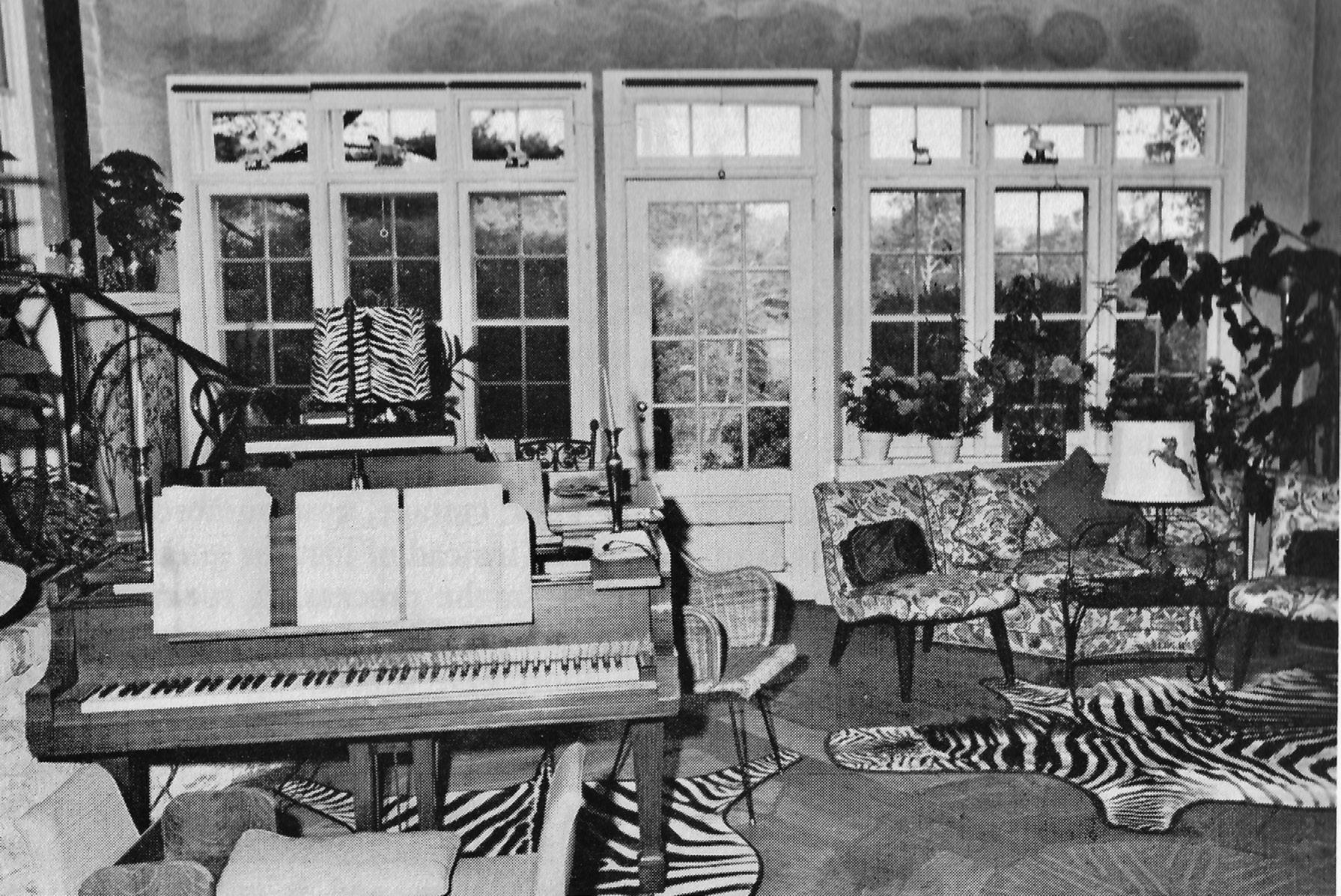
While riding sidesaddle in 1902, little Viola suffered severe head injuries when she was thrown from her horse and dragged. She remained unconscious for almost a month. When she came around, she was often confused. It took a full year for her to learn how to talk, read, write and count.
Later, Viola took part in many of the experiences enjoyed by girls in her social circle – a three-month tour of Europe, dances at her father’s clubs, and invitations to subscription dances in the finest hotels in New York. In October, 1909, Viola was presented
to society at a tea given by her mother. The debut was followed by a supper dance in her honor on Dec. 22, 1909, at the Colony Club.
The following summer Viola met Bobby Winmill at her parents’ house party. He was immediately attracted to Viola--her good looks, charm and enthusiasm for horses.
After a two-year courtship, they were engaged in October, 1912, and married on February 4, 1913. They soon purchased the c. 1740 Borradil Farm in Mill Neck, Long Island. They also started
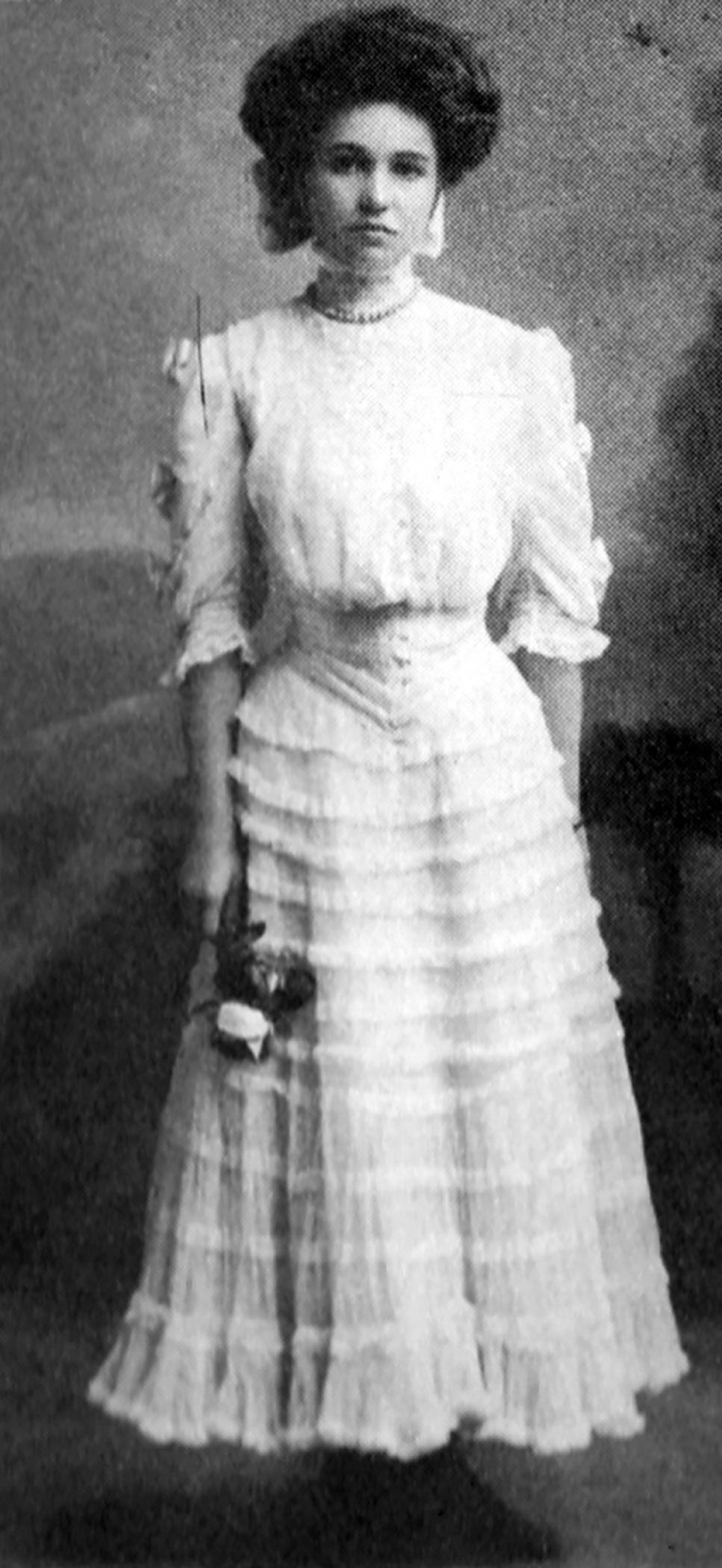
their family: first born was a daughter, Viola or “Little Olie” in November, 1913, followed by Allen Townsend in April, 1915, Virginia in July, 1916 and finally Josephine Spotswood in September, 1919.
The Winmills were active in the New York City and Long Island social and equestrian scene, and in 1924, their horse “Surf” won a major race at Belmont Park. Seeking a bit of respite from their full social life, they began spending more time at the Nordix Club north of Warrenton (now part of Warrenton Lakes). They also went out foxhunting with the local clubs.
A unique addition to their stable arrived at their home, Clovely, in 1930. “Nderu,” a young zebra from Kenya, arrived in Warrenton in August by way of England and New York.
“Nderu quickly trusted Viola and loved the garden parties the Winmills gave,” her daughter, Virginia Winmill Livingstone Armstrong, wrote in 1977. “Friendly with the guests, she shared their hors d’ouvers and drinks. In the middle of one party, some ‘clown’ got her upstairs, and poor Nderu didn’t go down the steep and narrow staircase until she was finally coaxed down with a shaker of Bobby’s delicious martinis.”
For the next five years, friends and strangers alike enjoyed the experience of seeing Viola drive a cart pulled by the zebra at equestrian events and other activities.
However, after Nderu reached full size and maturity, she began exhibiting more of her inbred wild ways, attacking other horses and biting unsuspecting visitors. Concerned that there might be a serious incident, in 1935 the Winmills donated Nderu to the zoo in Washington, D.C., where she lived out the rest of her life with others of her species.
During the 1930s, Bobby and Viola Winmill provided guests and the public with the unique opportunity of witnessing a cart being pulled by their zebra, ‘Nderu,’ originally from Kenya.
Viola Winmill created a zebra inspired room
In October, 1909, Viola was presented to society at a tea given by her mother.
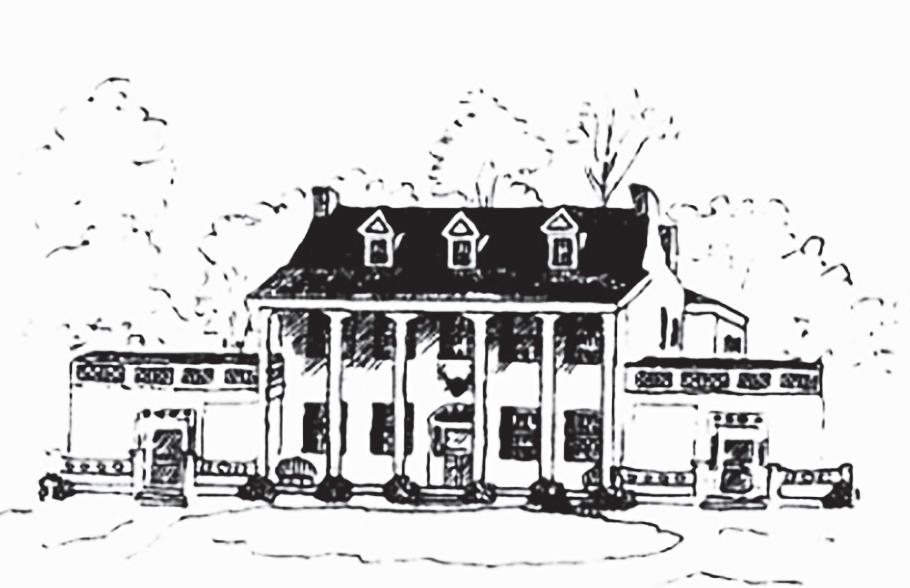
Wrapped in the Fascinating History at Welbourne
by Leonard Shapiro and Vicky Moon
Friends of The Middleburg Museum assembled at Welbourne for the premier of a new sizzle reel for part of the “Where We Live” series. Denis Cotter wrote the seven-minute script with input from Rebecca Morison Schaefer. Bill Ferster, who just so happens to lives nearby, collected the images and animated it. Guests gathered on the back porch for drinks and nibbles. All of it wrapped in a fascinating history.
https://middleburgmuseum.org/movies/

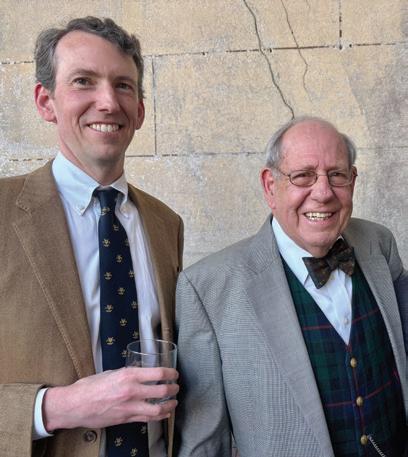

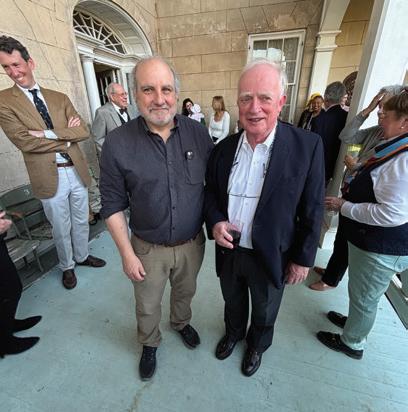
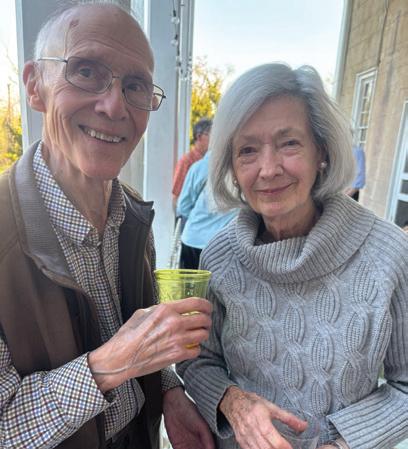

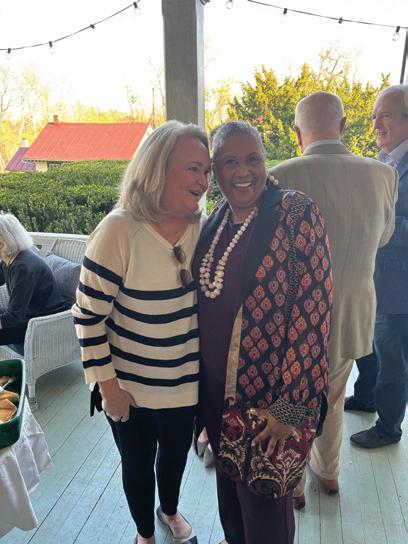
Tucker Withers and Dorsey deButts
Dulany Morison with his father George Morison
Bill Ferster and Denis Cotter co-producers of the new film on Welbourne
Stanley and Anna Dees
Rebecca Morison Schaefer and Elizabeth Rice
Kathryn Baran and Merley Lewis
Photos




For the Wegdams, Retail Is a Rewarding Way of Life
By Leonard Shapiro
Twenty-five years ago, serial entrepreneurs Tara and Ben Wegdam signed a lease to open a shop on Middleburg’s Madison Street they would share with a women’s hair salon called “Pony Tails.” Not much separated the two businesses on the same ground floor save for what each had to offer.
“I was selling exclusive French provincial tablecloths,” Tara said with a smile. “And we were right next to a hair house, in the same shop.”
For a while it worked. Tara’s enterprise then and now was Créme de la Créme, featuring merchandise from around the globe, ranging from home goods to furniture to clothing to accessories. And Pony Tails’ owner Theresa Thomas and her patrons couldn’t have been kinder or more helpful, Tara said, either stopping to shop when their dos were done or telling their friends about the classy new business in town.
“Theresa had really great clients,” Ben said. “And pretty soon word of mouth was getting out there and more people would keep coming in.”
After about a year, Thomas decided to move her hair salon downstairs and the Wegdams had the ground floor space—now the Middleburg Book Store—all to themselves. They also had a legion of locals and tourists who kept coming through the door to stop, shop and spend. It was only a matter of time before they had to move to a still larger space.
After all, Tara said, “My office was in the bathroom.”
Not any more.
A quarter century since the Wegdams moved to Middleburg, their business, West Federal Retail, has expanded exponentially. Créme de la Créme eventually moved to its current bustling location on Washington Street, and Ben and Tara have founded three other unique and thriving shops—Lou Lou, Zest and Brick and Mortar—also on the town’s main street.
They’ve also got prime places for similarly named shops from Maryland down to South Carolina, a total of 24 in all, not to mention their spacious office building on Middleburg’s Federal Street that is the beating heart and main hub of their business.
There’s a warehouse in Sterling and all their subsidiary shops are located on the main street of towns like Leesburg, Richmond and Old Town Alexandria in Virginia as well as Frederick, Maryland, Asheville, North Carolina, and Greenville, South Carolina.
And no malls, the better to focus on smaller community downtown areas, where their shops are usually in the middle of creative, boutique environments.

Tara grew up in Nashville with retail all around her. Her grandparents and parents owned “The French Shoppe” for many years, a local clothing boutique where Tara occasionally helped out. She also did some traveling abroad as a youngster and fell in love with Paris, where she eventually spent a year in an exchange program with her alma mater, Hollins College near Roanoke.
At about the same time, Ben, a native of the Netherlands, was also spending a semester in Paris studying economics at the Sorbonne in an exchange
program with Erasmus University in Rotterdam. They met, learned they both shared a love of France, the French language and of course, retail, and eventually decided to stay in Europe and move to the Netherlands.
While Ben was finishing his degree, they opened a specialty boutique—The French Shoppe, what else?—in The Hague. When he graduated, Ben took a position with Ahold Delhaize, a Dutch company that owns Stop and Shop and Giant Food, among others.

Ben and Tara Wegdam
Photo by Doug Gehlsen of Middleburg
Photo


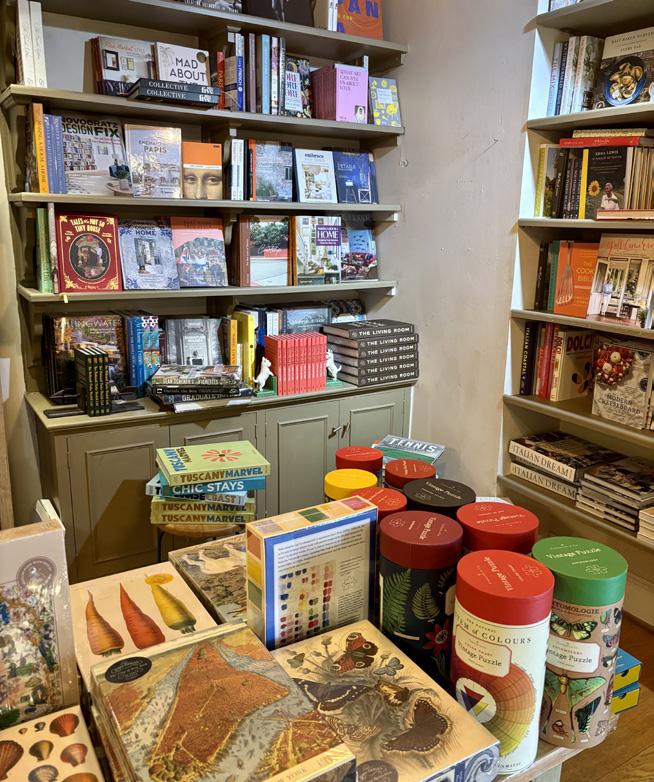
He was traveling the world, purchasing other businesses for Ahold while Tara ran the store. After several years, the firm offered Ben the opportunity to move back to the U.S. Their main office was in Chantilly, and the Wegdams eventually found their way to Middleburg.
Tara had actually visited the town and vividly remembers the old Night Fox tavern near the Red Fox Inn. Some of their ex-pat friends in the Hague also spoke glowingly of the village. When the opportunity to lease part of Pony Tails became an option, they unloaded a shipping container of their inventory into the new space and the rest is retail history.
Ben continued to work for Ahold and “I’d go to meetings somewhere and then come back and go to the store. I spent weekends in here and it was just so much fun. I wanted to be more involved.”
Said Tara, “it was never really the plan for Ben to join the business. He was helping me out with the financial part of it. But the more he got into it, the more it started to make sense.”
They eventually purchased a home halfway between Marshall and Rectortown, where they still live, and raised their three children. Kiki is about to graduate from the University of Alabama. Paris (of course) is now a junior at the University of Tennessee, and Ben Jr., known to one and all as Buddy, will be a high school senior at Woodberry Forest in Orange next year.
West Federal Retail has 150 employees, including part-timers, with Ben and Tara also extremely hands on. Tara still does most of the buying for Créme de la Créme and they have other buyers for the three other store brands. Ben hits the road more than occasionally to check in with the various store locations, and both also find time for tennis (Tara) and running (marathon man Ben).
They also believe in giving back.
Several years ago, they were involved with a group of church members in establishing The Fig Leaf, a non-profit “thrift shop” located at Rectortown’s Methodist Church. It offers used and new clothing and other items, including overstock from their various stores, newly purchased items, and generous donations from the community—to individuals and families in need.
Clearly, Tara and Ben Wegdam have something special to offer everyone. And who knows what the next 25 years just might bring.
Photo by Vicky Moon
Tara Wegdam with a display of colorful Swedish dripless candles at Crème de la Crème.
Photo by Angela Sakran
A sliver of elegance for a flower pop-up at Crème de la Crème with Bridget Wilson.
Photo by Vicky Moon
The book room at Crème de la Crème is filled with intriguing authors and titles.
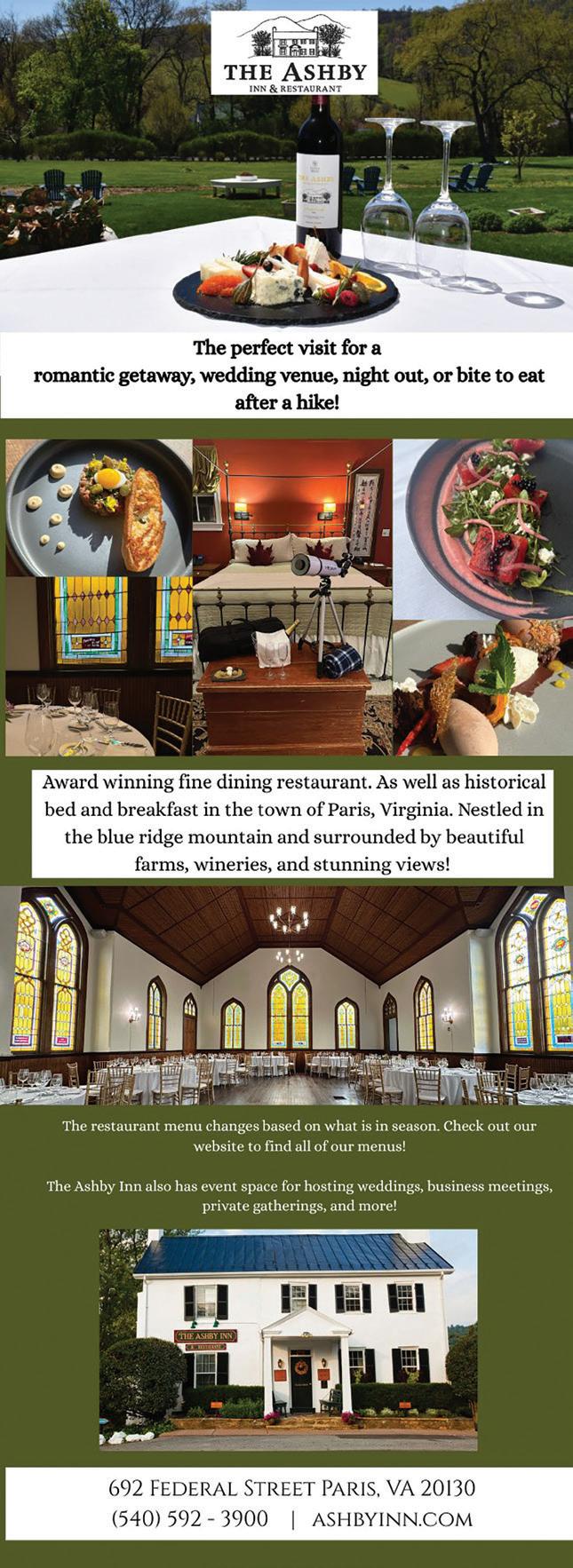

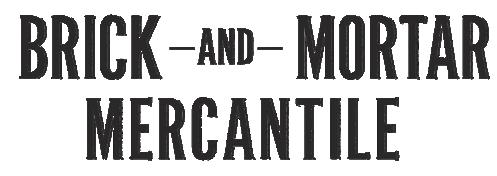
The most fun to have while shopping, Tara and Ben make it known: “We’re not afraid to crack a joke or be a little naughty.” Unique books, clothing and gifts with a colorful twist.

A hint of Southern hospitality with accents of French and Italian flair with charming animal rugs, candles of all shapes and sizes, serving pieces and a book room too.



All of the accessories here sparkle: jewelry, handbags, scarves, and beyond. Perfect gift spot for friends and family.

Ladies, make a note: Zest Clothing & Co. offers trendy and timeless style.


Blooming Hill Offers Lavender Growing Delight
Lavender’s blue, dilly, dilly
Lavender’s green
When I am king, Dilly dilly, you shall be queen. —English nursery rhyme
By Linda Roberts
Peter and Cyndie Rinek are most certainly the king and queen of Blooming Hill Lavender Farm and Gift Shop, nestled on a hillside off Telegraph Springs Road near Purcellville.
The Rineks refer to their carefully managed fouracre spot as a “farmlet,” where the couple lovingly tends their cultivated 1,000 lavender plants. For years, lavender lovers and garden enthusiasts have been flocking to Blooming Hill to marvel at the collection of almost 100 different varieties of this popular plant. Fortunately for visitors, the Rineks sell what they grow.
Cyndie, whose background includes journalism and retail management, and Peter, a landscape architect and planner, sought more space as Cyndie’s love of gardening continued to bloom over the years. Together they melded their talents and affection for growing things.
Blooming Hill became home over 30 years ago, and Peter designed and helped create their colonialstyle house and surrounding gardens. Cyndie brought along six plants from their Silver Spring,
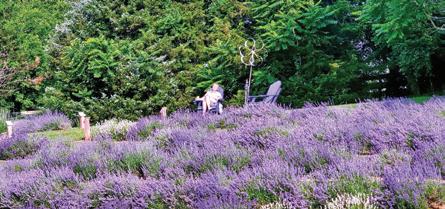
Maryland property to the newly purchased site that would become Blooming Hill.
The Rineks love sharing their knowledge of plants, especially lavender, and welcome visitors Fridays and Saturdays from 10 a.m. to 5 p.m. to tour the gardens and marvel at the different colors of plants growing happily on Blooming Hill’s slopes. Cyndie said the gardens sport a “rainbow of colors from dark and light purples to pink and white buds as the plants bloom each spring.”
Cyndie tells guests that lavender plants are like “little soldiers, they just march on, not succumbing to bugs, especially the spotted lantern fly, nor do they need much in the way of fertilizers.”
Teatime reservations in the gardens are a special treat at Blooming Hill. Here visitors are offered an opportunity to “fill their senses and soothe their souls” with the calming aromas of lavender while enjoying homemade delicacies.
“After 30 years of working with lavender,” Cyndie said, “I realized I was a ‘lavender collector.’” She came

Cornell
by the habit of collecting plants quite naturally—her mother had loved to collect beautiful things. And Cyndie considers lavender beautiful.
She’s a member of the United States Lavender Association, is in frequent demand from clubs and organizations as a speaker, and happily answers the many questions about lavender that visitors ask.
In recorded use for more than 2,500 years ago, she explained that the origins of lavender remain somewhat a mystery. Some varieties were thought to be grown in Arabia, then later in Greece and followed by France, Italy and Spain. Lavender was introduced to England and then later to North America by the English pilgrims in the 1600s.
An early 20th century lavender brochure reads, “Ladies fair, I bring to you, lavender with spikes of blue; a sweeter plant was never found growing in our English ground.”
Fifteen years ago Peter designed and built an English-style garden house, destined to be a gift shop, where merchandise features all things lavender— plants, garden décor, wreaths and American-made statuary amid much more. The charming cottage is a popular stop after spending time perusing the gardens.
A visit to Blooming Hill cleary delights the senses and provides a welcome opportunity to stop for a few hours—and quite literally smell the flowers.
Details: For more information, visit bloominghillva.com or e-mail bloominghillva@gmail.com.
Wake Forest • Washington & Lee
Colgate • Bowdoin
University of North Carolina • University of Richmond
University of St. Andrews • McGill University
West
Luscious lavender
Highland Senior Receives UNC’s Morehead-Cain Scholarship
“The violin made him resilient,” she said.
“He knows if there is a note he is not getting, he has to try again and again until it finally sounds good. Many at Highland know this as “the power of the ‘yet.’”
— Nayeli Pena
By Jody Warfield
“They valued my originality. It just felt different from all the other colleges. The way they talked about their students and the leadership values they are looking for—that’s the type of person I want to be.”
That’s how Diego Quintanar-Pena, a senior at Highland School, described his interest in the Morehead-Cain Scholarship to the University of North Carolina at Chapel Hill. Launched in 1945, it’s the nation’s very first, and most coveted, merit scholarship, and was the model for many others around the world.
Diego lives in Nokesville and is one of only two Virginia recipients this year (the other is Olivia Tse from The Madeira School in McLean). He’s attended Highland since first grade, when his mother began teaching Spanish there.
Each year the school focuses on a character theme—resilience, gratitude, perseverance, humility, among others. Diego found many of these same values in the literature, requirements, and activities of the MoreheadCain Scholarship program.
“The process was not ‘checking the box’ like others,” he said. “I forged real relationships, just like at Highland. These people are trying to make a difference in the world with the students they support. They have purpose and meaning.”
Morehead-Cain Scholars are selected, in the Foundation’s words, “… for their intellect and
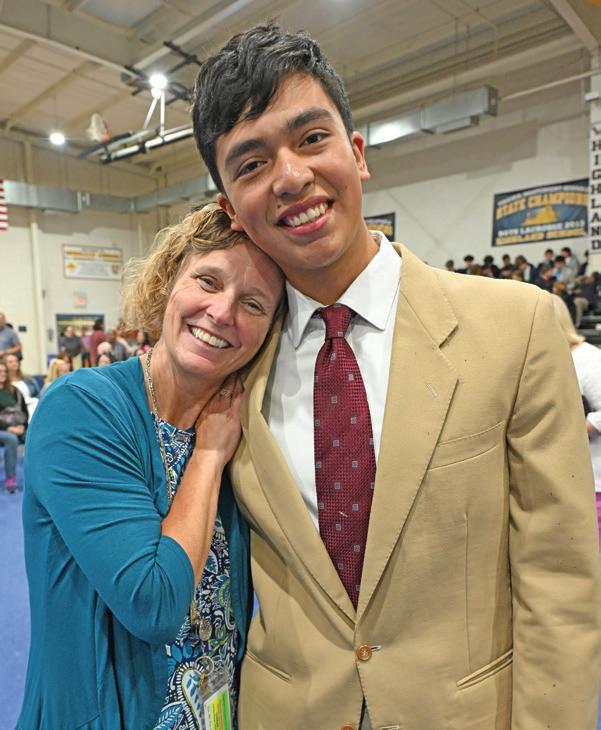
moral force of character. We recognize their potential to lead lives of purpose and impact.” Scholars receive far more than the four-year, fully paid UNC education. Professional internships, study abroad, transformational summer programs, lifetime access to a worldwide network of outstanding leaders, and so much more are all part of the package.
According to Diego, the mission given to the MHC scholars is “to earn it…They brought 170 finalists to the campus for a weekend and they paid for it,” he said. “They emphasized the responsibility of it all—the expectation that this is an incredible gift, and it’s something we are to reciprocate, to spend the rest of our lives giving back.”
Diego is ready for that challenge, and eager to delve into all the unique experiences MoreheadCain offers.
“They have an Outdoor Leadership program, just like Highland. They partner with NOLS (the National Outdoor Leadership School); offer sailing in Maine and mountain climbing. The sophomore backpacking trip at Highland was my favorite field study, so I’m really looking forward to this part.”
Highland Upper School Head Margie Kuzminski spoke of Diego’s collaborative nature.
“He draws in others to create new things,” she said. “His interactions opened up new opportunities for everyone…Diego is such a part of the Highland culture. He always tries to make a difference. He never just ‘checked the box.’”
Kuzminski is an award winner herself – one of only 12 teachers in Virginia honored with

the Morehead-Cain Impact Educator award this year. She was among 457 educators nominated by scholarship semi-finalists, “… for their role in shaping tomorrow’s change-makers. They are recognized for their positive influence on students’ lives and leadership development,” according to the Foundation.
Diego’s mother, Nayeli Pena, also spoke to the significant role of the Arts in Diego’s life.
“The violin made him resilient,” she said. “He knows if there is a note he is not getting, he has to try again and again until it finally sounds good. Many at Highland know this as “the power of the ‘yet.’”
Her favorite memory? “The best moments that bring me joy are hearing his violin playing throughout the halls of the school. He would work on something then come out to the Commons to share it as parents were picking up their kids at the end of the day. It was a relaxing atmosphere.”
As she sends her youngest child off to college and beyond, she is comforted by the similarities between Highland School and the MoreheadCain Scholars program.
“I know Diego will not be alone there. They’re interested in how their scholars feel, their dreams, handing them lots of responsibilities, and shaping their lives. All his teachers [at Highland] have been supportive of his dreams. They have inspired him to want to know and do more.”
And Diego’s biggest dream for his time at UNC?
“I want to study in Brazil, to get a grant to study cultural diffusion,” he said. “I’m looking forward to doing good.”
Scholarship recipient Diego Quintanar-Pena and Highland Head of Upper School Margie Kuzminski.

Thank you for joining us! Sip & Celebrate with Windy Hill
On Thursday April 17 , over 300 of our friends and neighbors joined us at our annual event to honor and thank Windy Hill’s past leaders On behalf of the residents of Windy Hill’s 310 affordable homes, th we extend our heartfelt gratitude to our community for joining us in inducting our newest Emeritus members, Judy Washburn and Helen Wiley, while offering a special tribute to the lasting contributions of Lang Washburn and John Levis!
Thank you to our 2025 Sponsors!
Akre Capital Management, LLC
Kathryn & Jan Baran
Jane Carter Bishop
Middleburg Orthopedics & Dr Andrew Bishop
Patty Callahan
Bank of Clarke Foundation
Kerry & Bob Dale
Bailey & Brad Davis
Joe Perta & Carl Davis
Shannon & Jim Davis
Jolly De Give
Valerie & Guy Dove
The Ellison Family
The Foosaner Family
Victoria & Paul Hasse
Carolyn & Michael Hylton
Imagine Life Coaching, LLC
Missy Janes
Gabrielle Gallegos & Scott Johnston
Jim Kleeblatt
KVB Incorporated
J Preston Levis Foundation
Loudoun Commerical Title
Annie Lake & Paul Mahon
Jacqueline B Mars
Monoflo International, Inc
Ann & Tom Northrup
Oak View Bank
Karin & Mark Ohrstrom
Lilla & Chris Ohrstrom
Kiernan & Chris Patusky
Lauren Peterson
Piedmont Environmental Council
Salamander Resort
Sheridan-MacMahon, LTD
Slater Run Vineyards
Thomas & Talbot
Virginia Housing
Suzanne & Mitchell Voss
Judy Washburn
Helen Wiley


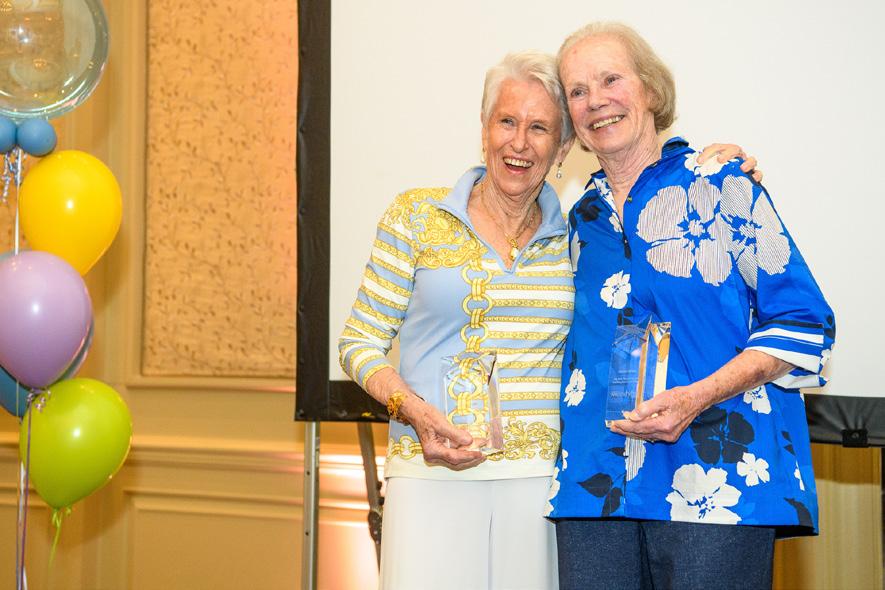
Our annual celebration is Windy Hill’s largest philanthropic event of the year. This fundraiser bolsters the Windy Hill mission, including supporting Resident Services programs aimed at enhancing the quality of life for families living in Windy Hill affordable housing communities in Loudoun and Fauquier counties
Through sponsorships, ticket sales, and donations made at the event, we raised over $275,000! Attendees also had the opportunity to learn about Windy Hill’s three campaigns, which will provide the funding necessary for our Foundation to continue to flourish: (1) The Education Fund, (2) The Home Repair Fund, and (3) The Emergency Needs Fund
Thanks to your generosity and support, these funds will enable us to maintain Windy Hill’s homes, offer educational opportunities to our residents, and allow us to respond to their needs – be it food, medical, educational, rent, or utility expenses for both children and adults
Your kindness empowers us to foster opportunities for residents of all ages to flourish We eagerly anticipate sharing the fruits of these endeavors with you!
It’s not too late! Help us meet our goal.
If you were unable to join us but would like to make a 100% taxdeductible donation, scan the QR Code to support Windy Hill’s mission to provide safe, decent, and affordable housing to low- and lowerincome individuals and families, including older adults, in Loudoun and Fauquier Counties, while also encouraging self-improvement and self-sufficiency among its residents.
Venmo, Paypal, Apple Pay and Credit Cards are accepted
The Windy Hill Foundation is a 501 (c) (3)
and
Windy Hill Foundation’s newest Emeritus members, Judy Washburn and Helen Wiley, at the Sip & Celebrate event
Photo f rom Doug Stroud
Buddy Program Builds Lifelong Bonds At Highland
By Ally Blunt
At Highland School, a longstanding tradition creates powerful bonds between the oldest and youngest students on campus, capturing the journey from a kindergartener’s first day to a senior’s final year.
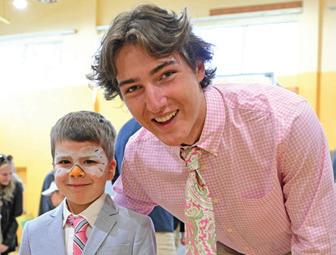
Known as the KindergartenSenior Buddy Program, this heartwarming initiative pairs graduating seniors with kindergarten students for a year of mentoring, friendship, and shared growth.
The program offers kindergarten students a nurturing introduction to the school community. Through interaction with their older student mentors, kindergarteners gain a sense of belonging and connection within the school environment that enhances their social and emotional development.
Highland kindergarten teacher Andrea McEvoy has witnessed many benefits of the program for her students.
“The kindergarteners gain a wider lens of the life of a Highland student and look forward to the many exciting things for their future at Highland,” she said. “I think the program creates a cohesiveness between
students in the upper school and lower school that fosters a place where no matter how big or small you are, that you do matter.”
Seniors serve as role models, guiding their younger counterparts in various activities and school events. From walking in and sitting together at all-school events, including Convocation, to just having fun hanging out at recess, these buddies become a special part of each other’s daily lives. That regular interactions create a meaningful relationship that evolves throughout the year, and seniors gain a sense of fulfillment in mentoring the younger students.
A student at Highland since kindergarten, senior Gray Condrell said he’s fortunate to have experienced the buddy relationship from both perspectives.
“I’m very appreciative of the fact that, after having a senior buddy that I looked up to when I was young, I can be that person for someone else, especially at a school that I’ve gone to my entire life,” he said. “I thought everything about my buddy was the coolest thing in the world. I have this in mind every time I see my kindergarten buddy now.”
The buddy program is carefully integrated into
Highland’s broader philosophy of a whole-child education, emphasizing character development, service, and leadership.
The interactions with their kindergarten buddies allow seniors to reflect on how far they’ve come in their own educational journeys, while also offering a chance to give back, model their leadership role in the school, and ultimately relive their childhood a bit as they transition to adulthood.
“I hope that it’s a way for all students to be reminded of the shared responsibility we have for each other, regardless of age, grade, interests,” said Director of College Counseling Megan Catalfamo. “I hope alumni look back fondly on their time as a buddy—whether as a kindergartener, senior, or both—as a way to celebrate our shared identity as Highland Hawks.”
As the academic year draws to a close, the bonds formed between the seniors and their kindergarten buddies stand as a testament to the program’s success.
For many, these relationships leave a lasting impact, shaping their perspectives and fostering a lifelong appreciation for mentorship and community.
For Gray, it’s the simple traditions with his kindergarten buddy that have left the biggest mark.
“When I have to leave, I give him a hug and say, ‘love you buddy, see you soon.’ And he does the same.”
Ally Blunt is a graduating senior at Highland and will be attending Wake Forest University in the fall.




Highland senior Gray Condrell and his kindergarten “buddy.”
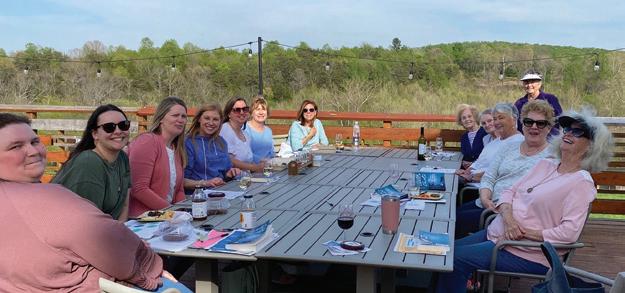
A second Middleburg Library book club meets at Chrysalis Vineyard on the last Thursday of the month. Sam Wells, Samantha Lane ( librarian-leaders), Eileen Dover, Karin Cascio, Erica Lengermann. Ellen Linza, Susan Hardy, ZEST photographer Donna Strama, Rita Hayes, Charlene Gervasonim, Cheryl Glowaz, Monica Mock and Hilary Raymond-Hyland. The book was Agatha Christie’s The Murder Of Roger Ackroyd .
Board members for DOCWEEK MIDDLEBURG Film Festival: Tom Foster, Joan Ramsay, Jason Vickers, Robert Dove and Annie Clancy got off to a rousing start recently with a spirited cocktail party at Welbourne. The five documentary films that would be screened from May 13-17 at the Middleburg Community Center were revealed. Both the social event, with DOCWEEK

founder Tom Foster announcing the films, and the festival itself drew impressive crowds to view some of the most intriguing recent documentaries available. They included: Coup 53, Lost Wolves of Yellowstone, Suburban Fury, The Thinking Game and Zurawski vs.Texas.
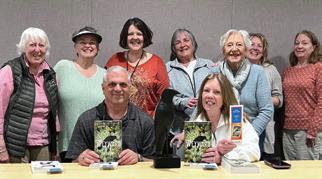
Photo by Donna Strama
The Middleburg Library Book Club gathered on Reed Street: Tria PellDove, Donna Strama, Dena Henchen, Cindy Pearson, Romey Curtis , Sue Foote, Susan Price, Michael and Andrea Rocconi to discuss the book Weyward.
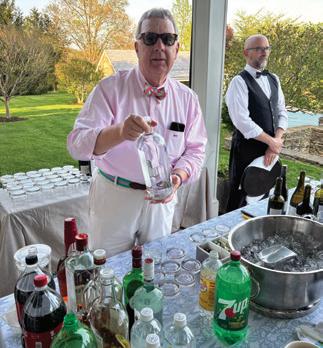
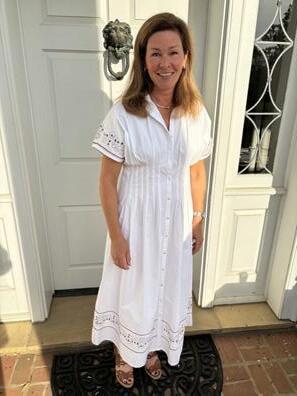
greeted many guests at the front door of her Muster Land Farm home at a recent members cocktail party to benefit the Goose Creek Association.
Attorney Hank Day served as a volunteer bartender



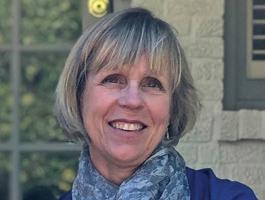


Photo by Leonard Shapiro
at the Goose Creek event.
Photo by Leonard Shapiro Hostess Nicole Watson
Geraldine Carroll
Charles Carroll IV, MD
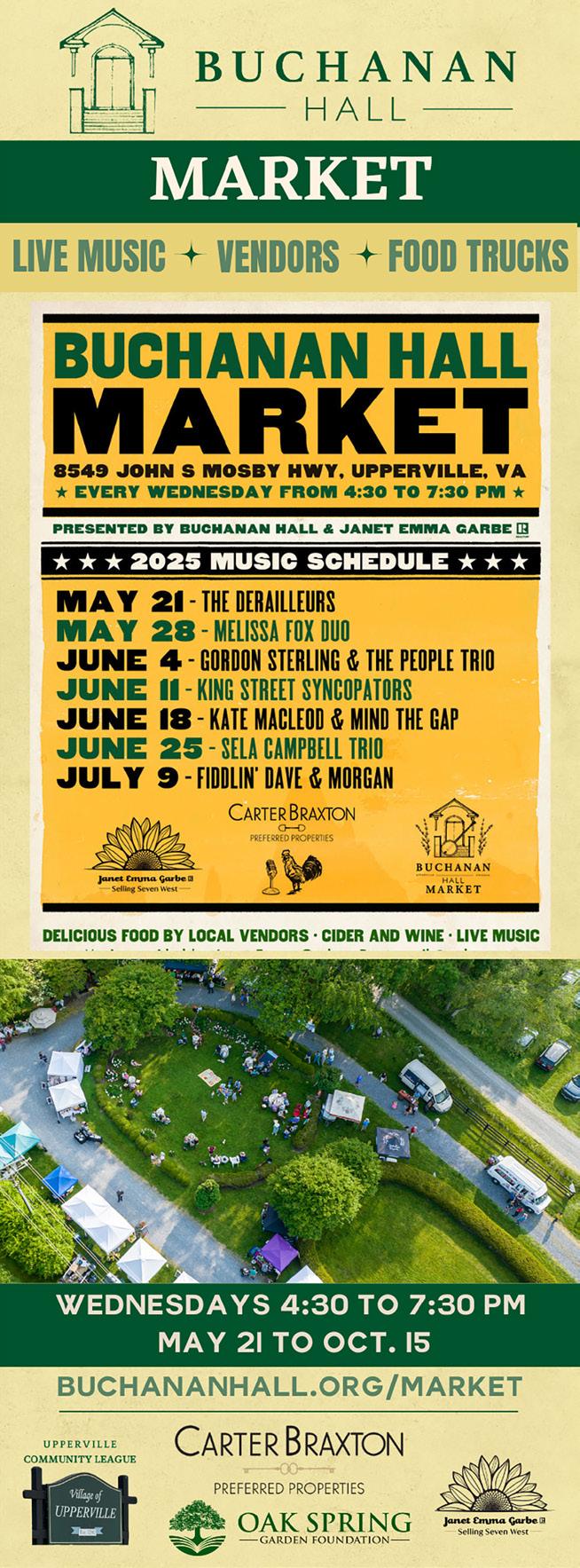
FARMERS MARKET
ARCHWOOD GREEN BARNS
4559 Old Tavern Road
The Plains
Sundays 10 a.m. to 2 p.m.
This is also where you will find Francis Ngoh of Rock Run Creek Farm. In addition to traditional farming and CSAs, he specializes in mushrooms with Oak log Shiitake mushrooms, black, grey and white Oyster mushrooms and locally grown produce. This is a family owned and run in Goldvein. Other dealers here include: Salsa Las Glorias, Little Virginia Rumcakes, Lundsford’s Honey and of Hess more.

MARSHALL FARMERS MARKET
8238 W. Main St.
Marshall
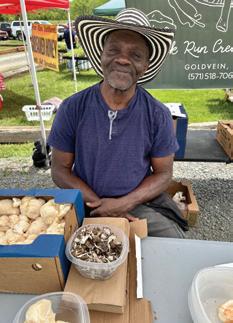
BUCHANAN HALL MARKET
8549 John S. Mosby Highway Upperville
Wednesdays 4:30-7:30 p.m.
Here you will find everything from vegetables and fruits in season along with clever gifts such as Rural Squirrel handmade candles (including a favorite in antique tea cups ). Then there’s Auntie RaRa Ice Cream, Blue Ridge Pickling, Village Cheese Works, La Taqueria La Mexicana, We Must Be Nuts, The Mad Hag Tarot, Slater Run Vineyard and more wine and cider. Then, add to this toe tapping live music. Rain or shine. Family and pet friendly
Held on the second Friday of each month from April to October, 5-8 p.m.
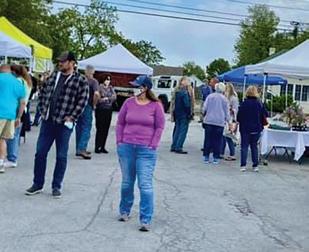
This vibrant, family-friendly event helps support local artisans, small businesses, and farms. There are handcrafted goods, farm-fresh produce, and other unique finds as well as live music and delicious eats from local food trucks. Among many vendors are Cozy Cat Candles, Junies Lemonade, Abby’s Home Bakery, Branch and Vine and We Must Be Nuts.
MIDDLEBURG FARMERS MARKET
Middleburg Town Hall 10 W. Marshall St. Middleburg
Saturdays 9 a.m. to 1 p.m.
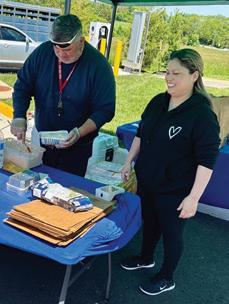
The Middleburg Farmers Market is sponsored by the Town of Middleburg to provide local agriculturalists with a retail outlet for their products. The market offers the opportunity to purchase fresh quality products from the people who produce them. Vendors include Crabcake specialists Danny and Sandy Iriarte, Hidden Creek Farm, Willoughby Farms & Flowers, Ignacio’s Produce, Cobbler View Farm, Rynwood Farm and Stone Ridge Farm.
And, in Warrenton: Parking Lot A at Lee and Ashby Streets on Saturdays April 19- November 22, 8 a.m.-noon.

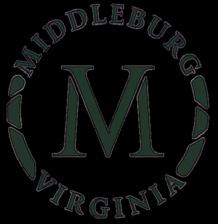


Upperville by Tiffany
The Upperville Horse Show began in 1853.
The history reveals that one of the first trophies was designed by Charles Lewis Tiffany, founder of Tiffany & Co. in 1853. It is now is brought out each year for the purpose of a photo of the winner of the Founder’s class.
Well, now we have another Tiffany in 2025.
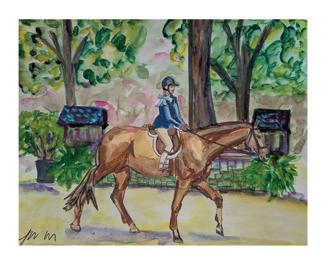
Tiffany Dillon Keen has extended her talent from photography to painting. She has captured the essence of the show in many memorable moments from the Lemonade Stand to the Ladies Side Saddle and a blue ribbon and trophy. Her paintings are done with alcohol marker, acrylic marker and watercolor.
Certainly Mr. Tiffany would approve.
The Upperville Horse Show will take place this year June 2-8. Details: www.Upperville.com
All artwork copyright by Tiffany Dillon Keen and is available at DPKSketches on Etsy.com.
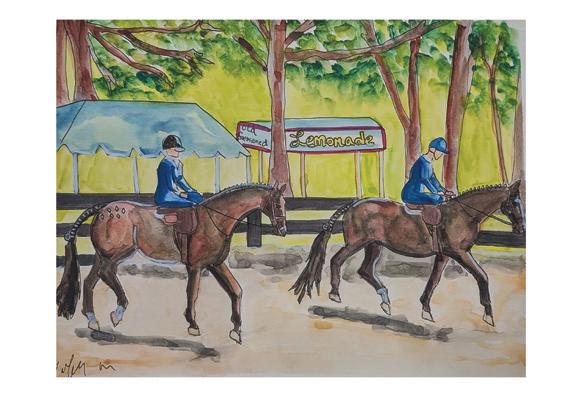

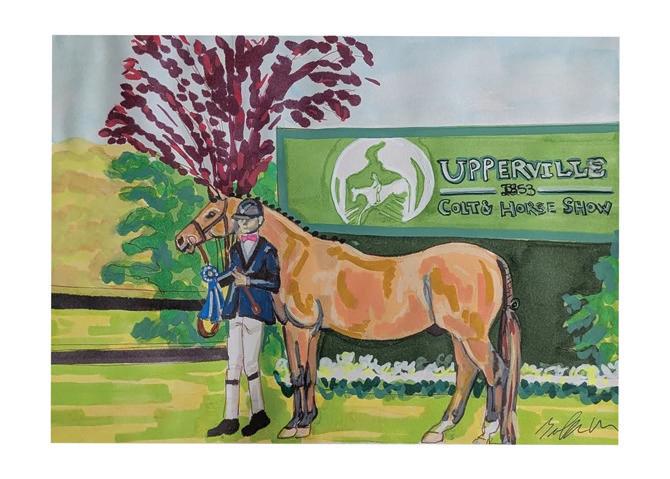
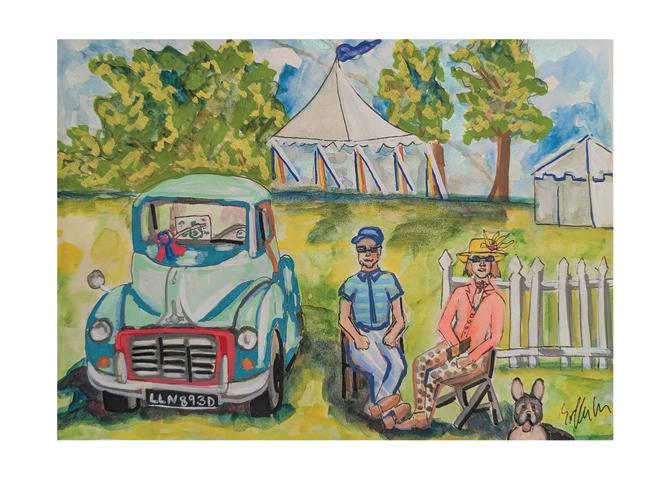

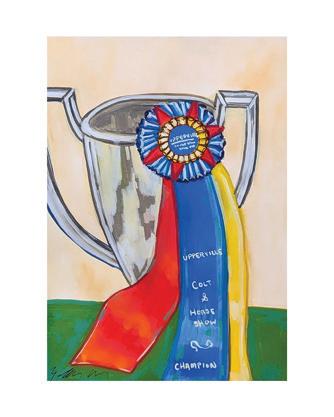
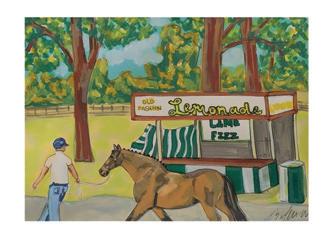
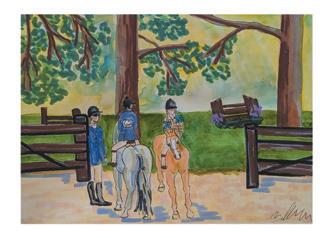

Breeding class
Car show
Champion ribbon
Trophy by Tiffany Lemonade stand
Walk Trot
Ingate










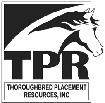
















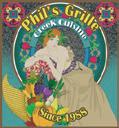











































From Paper Napkin to a New Barn in Upperville
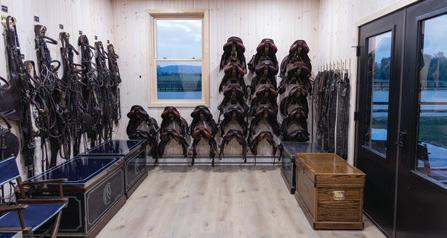
Leah Palmer has put her life-long love of horses to work as a designer, planner and project manager with her Horse Country Design business based in Marshall. A Virginia native, Palmer grew up foxhunting and showjumping before becoming an international catch rider. She has since gone on to study design and work on some impressive projects, so it’s been what she calls “the perfect fit.”
Her latest project is located in Upperville, an impressive new show jumper barn for CO’R Equestrian, the home and training ground of international show jumper Conor O’Regan. Set against the foothills of the Blue Ridge Mountains, this project is not just a beautiful structure, it’s the result of vision, passion, and meticulous planning.
“When Conor and his wife Julia set out to build a

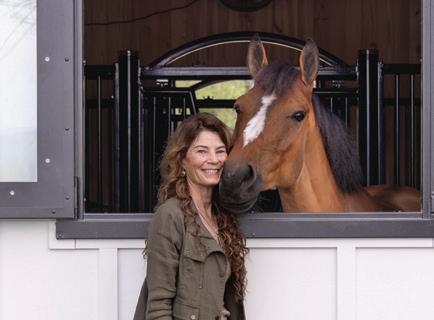
new base in Upperville, they started with a beautiful valley of property half covered in trees,” Leah said, adding that there was no infrastructure – no water, sewer, electric, or even a road.
“This was the kind of project you dream about as a designer,” Palmer said. “Starting with a completely blank canvas and working with clients who had a clear vision and a real passion for their horses.”
It all began with a sketch on a paper napkin inspired by a polo barn Palmer had designed years earlier with the same builder, Aisling Building and Restoration. It has evolved into a stunning 28-stall barn stretching over 180 feet long, with its pinnacle more than 50 feet in the air. It is now a practical and breathtaking barn.

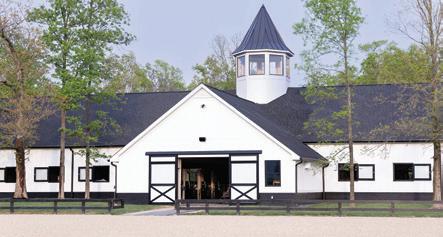
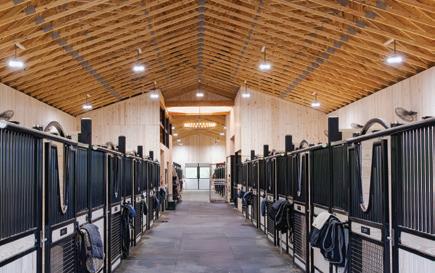
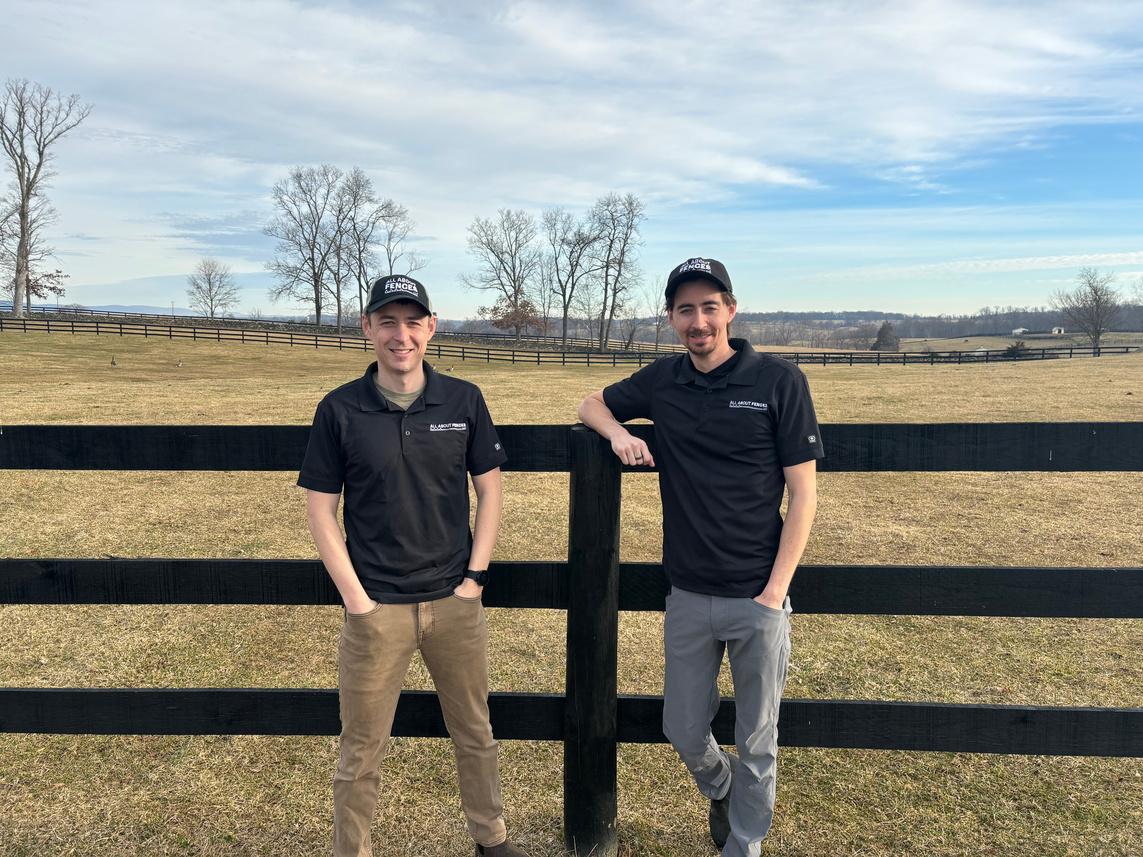

Details: www.horsecountrydesign.com and also


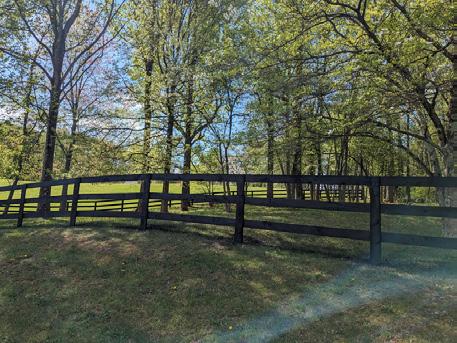


The tack room was designed for flow and built for connection between the spaces, the athletes, and the land.
Form meets function beneath soaring scissor trusses. Blonde wood, excellent lighting,
barn
poetic.
Leah Palmer gets approval from Sprinkles, a young Irish jumper.
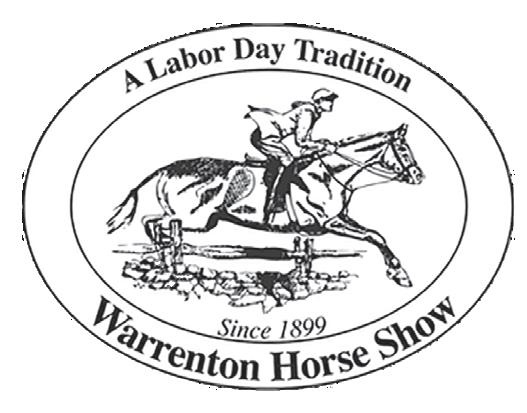
Horses and History
The
Warrenton Horse Show
The Warrenton Horse Show has been a tradition since 1899. This year, the show will take place at the East Shirley Avenue grounds Wednesday, August 27 to Sunday, August 31.
The John Barton Payne Perpetual Memorial Challenge Trophy was created for the 1936 show. Today, it’s presented to the winner of the Foxhunter Corinthian Class on Hunt Night, the final evening of the show. The bowl and the tray weigh more than 60 pounds. For most of the year, it’s on display at the National Sporting Library & Museum in Middleburg.
Through the years, the trophy has been won by many colorful, accomplished and notable equestrians, including Viola Townsend Winmill, an intriguing woman who rode to hounds and drove big and small carriages. The trophy is engraved for 1938 with Mrs. Robert C. Winmill on Metzler.

The Winmill family spent summers at Clovelly in Warrenton and returned to New York in September in time for their three children to go back to school. The Warrenton Horse Show, held over Labor Day, marked the end of summer and the whole family participated in the jumping competitions, as well as the Corinthian Class and Hunt Team classes.
The Winmills rode their horses from their home at Clovelly to the show, and brought them back to their own stalls for the night. Show officials and out-oftown guests were invited to Clovelly for a buffet lunch on the lawn at noon, returning to the show grounds and resuming the competitions by 2 p.m.
S Madison St. Middleburg, VA 20117 Office: 540-687-6500 | thomasandtalbot.com

SPRING HOUSE 1+ acres | $1,650,000
Middleburg – Gracious antique colonial home-built c.1914 on 1+ magical acres on iconic Foxcroft Road. 4 BR / 4 full BA. Upgrades include a new roof, HVAC, water filtration system, water heater, invisible pet fence, resurfaced driveway, stonework, outdoor lighting, irrigation systems and a generator. Minutes to Middleburg, Blue Ridge Mountain views. The property has been meticulously cared for and is move-in ready!

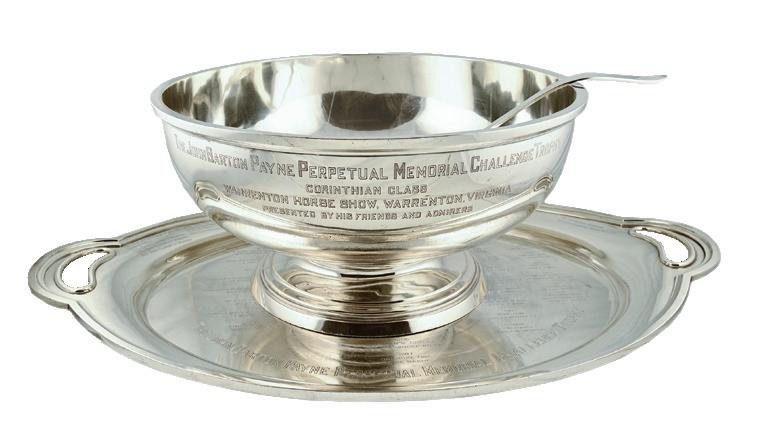
Marshall – Generous c. 1927 stucco home blends modern amenities with historic charm. 4 BRs / 3.5 BAs on 3 levels. Gourmet kitchen, formal dining room with fireplace, home office filled with windows, front and rear covered porches. Western views of the mountains. Updated systems throughout. Generator and high-speed internet. Detached 1-car garage and a small equipment shed. Fenced in back yard. Move-in ready!
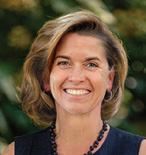
Photo courtesy of Diane Hilton, great-grandaughter of Viola Winmill Viola Townsend Winmill
The John Barton Payne trophy




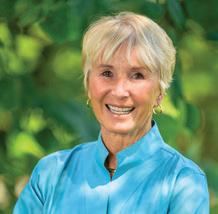
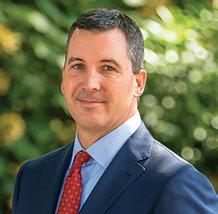
BEVERLEY BRYANT: A Portrait of An Artist

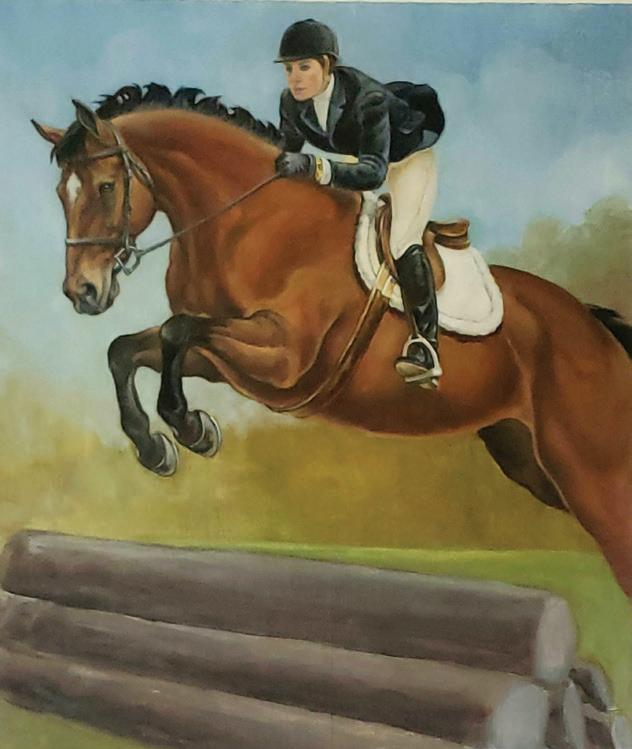
And in the world is small department, Karen Hoovler Crane recalled taking art lessons from Beverley’s mother as a student at Highland School.
By Vicky Moon
Beverley Bryant recalls when she was “itty bitty” she began painting and drawing horses with her mother, Beverley McConnell, an artist and horse lover. Young Beverley studied portraiture in Paris, New York and Washington but didn’t do much until 1978 when Secretariat won the Triple Crown.
“I’d exercised racehorses in Middleburg for two years and that experience plus Secretariat’s spectacular performances made it impossible not to paint him,” Beverley told Country ZEST. Her career began with painting portraits of racehorses in action, reliving the thrill and images of galloping them. “The images were head on or slightly turned. That seemed the most powerful and dramatic,” she added.
Beverley always thought a portrait of a horse should show him doing his job: running really fast or jumping extremely high. She had experimented with creating a 3D effect before, making the subject defy the surface of a flat canvas.
Her goal was to make her work appear as if the horses were leaping off the canvas. “I find that extremely exciting,” she said. “I attempted to do probably the most difficult task in horse painting: a great likeness coupled with powerful anatomy coming straight at you in correct perspective with
extreme detail in the front that diminishes towards the back to make him jump off the canvas.”
Her work has been published in several books: an illustrated history of the Kentucky Derby with 109 drawings and paintings of winners from 1875 through 1984 for Portraits in Roses and an updated version in 1993 with eleven more winners as Portraits of Kentucky Derby Winners.
She bought a farm near the Winter Equestrian Festival in Wellington, Florida in 1991 and began painting portraits of many famous jumpers, including 13 members of the U.S. Olympic team, expressing the lift and power she had felt jumping her own horses.
She has also returned to working with long-time friends in Middleburg such as Karen Crane on her beloved hunter, Georgetown Burning. A former race horse turned field hunter, he was purchased two years ago, when Karen retired from hunting. He now leads the Middleburg Hunt with Joint Master Penny Denegre.
“George has done well,” Penny noted. “The more I hunt him the more I love him.”
Contact: facebook.com/bryantstudio, beverletbryant40@gmail.com and 561440 0009.
Detail of Karen Crane by Beverley Bryant.
Karen Crane and Georgetown Burning Oil on Canvas 24” × 30” by Beverley Bryant.
Cup of COFFEE
With Sovereignty, You Could See It From the Start
By Sean Clancy
It’s late in the Saratoga meet. One final issue of The Saratoga Special. Waiting for the big one. The Stable Tour with Bill Mott. Plant the seed. Walk away. Mention it again. Drift away. Come back tomorrow. The next day. The day after. Don’t force it. That won’t help. Be ready. Be available. Be in eyesight, not earshot. Hover, don’t harass. Wait for it. Wait for it. Wait for it.
The Hall of Famer always delivers. And always at the last hour. Finally, eventually, predictably, Mott walks to the outside rail of the Oklahoma Training Track where a golf cart sits idle, and a reporter sits idolizing.
“You want to do this…”
It’s part question, part demand.
Batteries checked. Phone charged. Notes in hand. Let’s go.
We begin our annual walk. A walk of stars which has included Hall of Famer Royal Delta, Horse of the Year Cody’s Wish, Saratoga legend Casa Creed and so many others. Mott says he’s pressed for time each year, then spends an hour, two hours going stall by stall, horse by horse, thought by horseman thought. We get to the third stall, the third horse. I know the horse. I’m giddy just to hear his name.
“Sovereignty. Fourth the other day. Finished up good. Closed from last,” Mott says.
He picks up my giddiness.
“Did you see him?”
See him? I typed ‘“Will win Kentucky Derby 2025” on my Equibase Virtual Stable. I nod. The 71-year-old South Dakotan opens the screen, clucks to the imposing bay colt who walks to the front of the stall like he read my note.
“Looks like once he figures it out…I don’t know how far he goes. That was six (furlongs) the other day and he was closing well. At seven furlongs, he’s going to be in the game.”
I start to lead the witness.
“He’s going to want to go long, long, right?”
“How long? I don’t know.”
“Really…” I ask, thinking about the first Saturday in May but not daring to mention it.
“He’s very muscular,” Mott says. “A mile. When you say real long, you’re talking a mile and a quarter. But when you start talking nine and ten furlongs, then I think you’re talking sometimes about a different type of animal. I don’t know. Maybe he does. I’m not ruling it out.”

Two hundred and 49 days later, Sovereignty ruled it all in.
Bred and owned by Godolphin and ridden by Junior Alvarado, Sovereignty sidled over from stall 16 to lane two, settled in 16th in the field of 19 over a sloppy, sealed track at Churchill Downs. The son of Into Mischief bided his time, swung five wide while following favorite Journalism and drew off to win by 1 ½ lengths over Journalism and Baeza, completing the 1 ¼ miles in 2:02.31. Sovereignty earned his first Grade 1 stakes win while improving his record to three wins from six starts for $3,672,800.
Taking the long, slow road that Mott knows so well, Sovereignty stretched to a mile in his second start, finishing second at Aqueduct in September. Stepping off

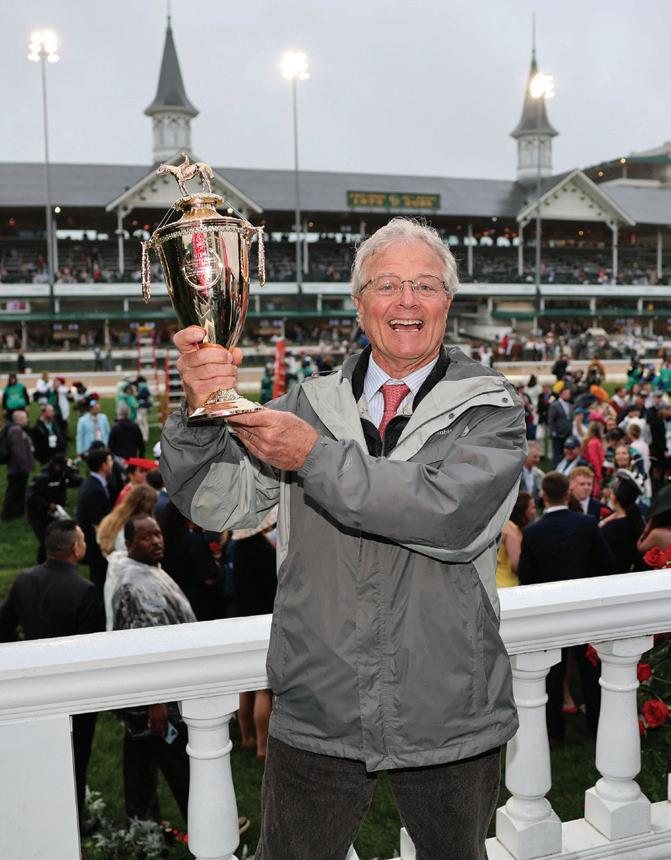
that worn road, Mott chose the Grade 3 Street Sense at Churchill Downs for his third start, Sovereignty crushed future Derby foes Tiztastic and Sandman. Freshened up, Sovereignty breezed six times before winning the Grade 2 Fountain of Youth at Gulfstream Park in March. A month later, he broke from the outside and closed to finish second in the Grade 1 Florida Derby at Gulfstream. Battle lost. War won. Three works and five weeks later, Mott had won his second Kentucky Derby.
“I’m so proud of the horse. I’m so proud of everybody that had anything to do with getting this horse to this point, and it takes a lot of people. It takes a family, and it takes a community to get him ready, really,” Mott said. “I didn’t have any reservations about him, you know what I mean? You’ve got to go out there and run the race. But the way the horse was doing, I really couldn’t have asked for anything different since his last race. When it goes that smoothly and you know you’ve got a talented horse and one that’s capable of probably winning a race like this, it gives you a lot of confidence.”
Mott and Godolphin opted to skip the Preakness and aim at the Belmont Stakes at Saratoga in June. The Travers in August is on the calendar. And so is the Stable Tour.
Photo Churchill Downs/Coady Media
Bill Mott, a Hall of Fame trainer, won his second career Derby, this time with Sovereignty.
Photo Churchill Downs/Coady Media Sovereignty prevailed in the 151st Kentucky Derby
JULY 9 - SEPTEMBER 13
• Racing Wednesday thru Saturday
• Post time is 12:30 PM except Fridays when first post is 4:00 PM
• 2025 Festival of Racing: Saturday August 9
• Free Parking/Free Admission! Conveniently located in New Kent at I-64, Exit 214 between Richmond and Williamsburg
(details at colonialdowns.com)

• Sunday October 5: Foxfield Races in Charlottesville
• Saturday October 11: Virginia Fall Races in Middleburg
• Saturday October 25: International Gold Cup Races at Great Meadow
• Saturday November 2: Montpelier Hunt Races in Montpelier Station
(details at nationalsteeplechase.com)
APRIL 26 - JUNE 8 SEPTEMBER 13 - OCTOBER 26
• Racing every Saturday & Sunday at 1:05 PM
• FREE ADMISSION, FREE PARKING, FAMILY FRIENDLY
• Conveniently located at I-81, Exit 283 halfway between Winchester & Harrisonburg
(details at shenandoahdowns.com)
No Transfer Portal for Town Manager Danny Davis
By Leonard Shapiro
As far as Middleburg Town Manager Danny Davis is concerned, a seven-year itch to switch is the farthest thing from his mind. After six years on the job, he adores the town, and the feeling is definitely mutual among most of its 700-plus residents, business owners all around and countless colleagues at the town office.
“When you think about what you do, in my case it’s all about people,” Davis said. “Who are you serving? Who can you work with? You have a sense of ‘let’s do what’s best for the community, let’s do what’s right.’”
It didn’t take long for Davis’s own mettle to be tested. A year after the Atlanta native came to town, Covid hit and “that created a whole separate whirlwind from what was normal,” he added. “Then we went from that into building the new town hall. All of that definitely kept us busy.”
New issues arise all the time—zoning, utilities, infrastructure, personnel and so much more—but the town also is in excellent financial shape, with $12 million on the books. Of that total, $8 million in savings is held in abeyance as a so-called rainy day fund to deal with any major emergencies.
“In terms of savings and revenues, we’ve been blessed with a financial situation that gives us great flexibility to invest in major programs,” Davis said. “We have the funds for projects like the Asbury Church renovation, streetscape projects, water and sewer programs that are planned for the future or already underway. It allows us to keep moving forward and not be stretched financially.”
Davis, Mayor Bridge Littleton and the town council also get plenty of feedback from local residents, and are more than willing to listen.
As an example, a number of long-time town inhabitants had become increasingly concerned about a growing trend of larger homes being built in the Ridgeview neighborhood between Route 50 and the Salamander resort, an area with traditionally smaller housing and lot footprints. In response, the council recently changed its zoning laws to reflect those concerns, with a formula based on lot size that limits new homes to a maximum of 3,700 square feet.
“Infrastructure is also a major issue,” Davis said. “Our water and sewer systems have a lot of old pipes that need to be repaired or replaced to get the system back fully operational before it becomes an emergency situation. Last year, a sewer line collapsed near Windy Hill, and that was $250,000 repair. We’re trying to deal with the problem before it becomes a really major problem.
“We’re also doing infrastructure work on sidewalks, trying to reduce tripping hazards and encouraging visitors to go down some of our side streets. It’s important to our businesses that are not on the main street.”
Davis was asked if he was at all worried about the number of empty village shops in recent months,


places like the iconic Fun Shop or Highcliffe Clothiers. Both closed when their owners decided to retire.
“I think businesses coming and going are all part of the town’s natural order,” he said, pointing out that some of the recent shop vacancies have already or are about to be filled with new businesses.
The Salamander Market, for example, has recently been sold, with a new restaurant in the works. TriCounty Feeds in Marshall will have a branch in the old Highcliffe space. An antique business is opening in what used to be a wedding emporium on Madison Street. And work is still being done on the Fun Shop, with a new steak house still expected to open.
“We obviously have to stay on top of these things and not ignore it,”Davis said. “But I don’t see any major concerns. Like everyone else, we’re watching the economy. I can’t change tariffs or the stock market. That’s out of our control. We just have to be cautious and aware.”
Davis is clearly bullish on Middleburg’s future, but also said it’s “important to maintain the proper balance. We’re still a small town with great people who live here and love their community. Yet, we also draw thousands of visitors every weekend. We just want to make sure we’re not losing what makes us
special in the first place.”
And Mayor Littleton is definitely bullish on Davis.
“Danny has been an amazing asset to the town from the first day he joined us,” he said. “He’s an incredibly thoughtful public servant who’s focus is doing well by, and for, others. Since arriving, he’s brought a strategic focus to how we think about our town infrastructure, budgeting, and management to ensure we always run in the positive financially and operationally, balancing both the need for investment in things such as our utility infrastructure and supporting, in a balanced way, our tourism based economy.
“I know I speak for the entire council, past and present, to say we’re very fortunate to have Danny leading our Town office.”
Davis, his wife, Angela, and their three daughters live only a few miles down the road near Gilbert’s Corner, an easy commute that’s also a pleasant perk of his job.
“I will say that I love it here,” Davis said. “I’ll be here as long as the town council is happy with me and it works for my family.”
For Danny Davis and the town of Middleburg, it’s been so far, so good, and clearly no seven-year itch to scratch.
Photo by Leonard Shapiro
Danny Davis is right at home at Middleburg’s town office building.




Talkin’ Trash
By William H. McCormick
For the 23rd straight year, volunteer action continued in 2024 to control trash on the Foxcroft Road.
I conduct this annual survey as a single observer. The numbers in the charts are somewhat understated because other individuals also pick up trash on these roads.
The total trash items I retrieved in 2024 was 1,164. The average for the preceding 20 years was 1,063. Therefore, last year, total trash items were a bit more than average. In contrast, in 2020 the total of 847 items was below average. Our biggest recent year was 2018 with 1,377 pieces. The 23-year total is 24,490 pieces.
The course of trash collection is a 4.6 mile route of dirt and hard road that includes portions of the Polecat Hill Road (Rt. 696), the Foxcroft Road (Rt. 626), the Goodstone Road (Rt. 744), and the Millville Road. (Rt. 743).
Looking to 2025, is it possible to identify road trash trends?
Unlabeled miscellaneous trash at 390 pieces (33.5% of total trash) provides a context and perspective for other labeled road side liter. Trash labels do have a purpose in that they call attention to
the origin of the trash, and given 22 years of previous data accumulation, trends also can be seen.
It’s obvious that tobacco products are on the decline. They compose 1% of overall trash; as recently as 2015, it was 5%. Could the decline be attributed to definitive medical evidence compiled over the last 50 years that smoking is hazardous to your health.
In the Fast Food group (15% overall), McDonald’ s was tied by a surging Burger King at 4%. Both products had 48 pieces. In the Soft Drink category (8.7% overall), Coca Cola ( 2.7%) easily bested Pepsico (1.2%). Water bottles (7% overall) favored Deer Park (1.2%) vs. Kirkland, slightly less than 1%.
In the Beer/Wine/Liquor category (25% overall) a new rivalry has emerged. Modelo (8% overall) easily outperformed the perennial leader, AB In Bev (6.6% overall), Modelo has tripled its output in the last three years to beat out the 24 or more brands listed underAB In Bev production. Hence Modelo is the recipient of this year’s Foxcroft Road Slovenly Award.
In conclusion, the top contributors to the 2024 road trash study ranked by single categories were: Miscellaneous (excluding generic cups/bottles, paper towels/napkins, bags, and car parts): 145 (12.4%); 2. Paper Towels and Napkins: 101 (8.5%);
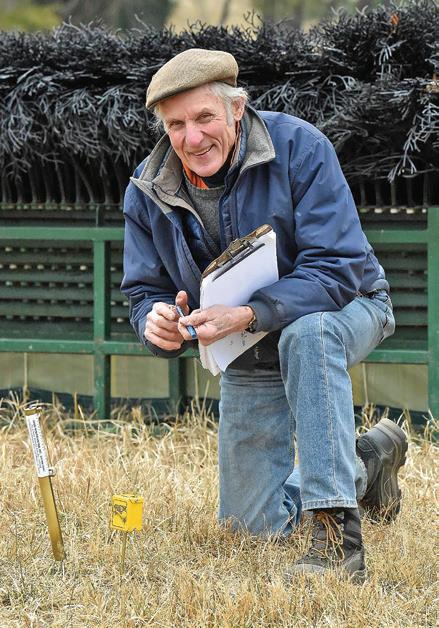
3. Modelo: 99 (8%); 4. AB InBev: 79 (7%); 5. Bags, Plastic and Paper: 77 (6.5%); 6. Generic Cups and Bottles: 67 (6%); 7. McDonald’s: 48 (4.0%); 8. Corona: 34 (2.9%); 9. Miller/Coor’s 33 (2.8%); 10. Coca-Cola: 32 (2.7%); 11. Car Parts: 23 (1.9%); 12. Pepsico: 17 ( 1.4%);13. Seven-Eleven: 13 (1.1%).
Dr. Willie McCormick is a long-time Middleburg equine veterinarian and a dedicated trash collector.


Antique Firearms, Edged Weapons & Armor
(Visit our online catalog)
Purchasing and consigning quality antique arms of all types since 1957. Appraisers to the Smithsonian, the National Park Service and the National Firearms Museum. Recipient of the U.S. Department of the Interior’s Citation for Public Service. Visit our shop! 109 E. Washington St (Rt. 50) Middleburg, VA 20117
We are always looking to buy vintage guns,daggers, swords,knives,bayonets,uniforms,flags,medals,belts, buckles and other collectable militaria.We also purchase sporting gun and military related books,gun related tools,vintage ammunition,etc.If you have any antique or collectable military or gun items that you want to sell please contact us for more information on our appraisal services,consignment rates or outright sale.
Mailing Address: Post Office Box 7 Middleburg, VA 20118
Te. 540-687-5642 • Fax 540-687-5649 • Email: info@davidcondon.com
Recipient of the United States Department of the Interior Citation for Public Service Toll Free 1-800-364-8416
Hours: Tues.-Fri. 10-5:30 • Sat. 10-3
109 E. Washington St. (Rt. 50) Post Office Box 7 Middleburg, VA 20117 Middleburg, VA 20118 Tel. 540-687-5642 Fax 540-687-5649 Email: info@davidcondon.com www.davidcondon.com
A Little Direction Goes a Long Way at Salamander

By Leonard Shapiro
Scott Little has always been fascinated by any sort of construction work, so the Managing Director of Salamander Middleburg makes it a point to regularly wander over to where a spectacular new outdoor pool complex is being built, with completion expected in time for guests’ summer swimming.
“For all of my career in hotels and hospitality, I’ve always had some big renovation project I’ve been involved with,” said Little, who came to Salamander in December, 2023 to begin what he described as a dream job come true for a man whose impressive resume already includes significant stops at a number of iconic properties.
A native of Doylestown in Bucks County, Pennsylvania, he’s also always had an affinity for historic preservation, not to mention woodworking and cabinet making hobbies on his down time. In 2005, he was director of construction at Montpelier during the major renovation of James Madison’s Virginia presidential home near Orange, Virginia.
“There was a $60 million restoration of the home, the gateway, the bridge,” he said. “It was the nation’s most aggressive historic preservation project up to that time. It was very interesting and rewarding work.”
There’s been much more of the same over the years for Little. Before moving back to Virginia, where he and his family have lived for 35 years, Little was most recently vice president and general manager of the historic Harbor View Hotel on Martha’s Vineyard in Massachusetts.
He’s been president and CEO of Kelley House Hotel, also in Martha’s Vineyard, general manager of the Forbes Five-Star and AAA Five Diamondrated Inn at Little Washington in Washington, Virginia, and General Manager of Hotel Lombardy in Washington, D.C.

He has also held leadership roles at Keswick Hall in Keswick, Virginia, Woodstock Inn & Resort in Woodstock, Vermont and Four Seasons Philadelphia. Little also spent over a decade working in real estate, development and preservation, including serving as vice president and director of development for The Silver Companies in Metro Washington.
The move from Martha’s Vineyard back to his home in Culpeper was a perfect fit for Little and his wife Carol, who met just after high school and have been married 40 years. She’s a master baker and culinary force and they have four adult children, all born and raised in Virginia. After spending the previous eight years off Cape Cod on the Vineyard, it seemed like the right time to return to the Commonwealth.
Little said he’s always been intrigued with Salamander, now a 340-acre triple Forbes Five-Starrated property with nearly 400 employees. And while he added that, “I wasn’t here to see it come out of the ground” before the resort opened in 2013, “I’ve followed its progress almost every minute since. The luxury hotel business is such a small industry, and it’s been done right here.”
Little gives full credit to Salamander Collection’s founder and owner, Sheila Johnson, who still lives halfway between Middleburg and The Plains and remains actively involved with the Middleburg property, one of seven her company either owns or operates.
“She offers an absolute master class every day to those who are paying attention,” he said. “It’s a master class in powerful leadership, in business achievement, but most of all human relations and genuine hospitality; it’s all personal to her. And that in turn triggers me to exceed even her highest expectations. She’s an absolute delight to work with.
“This is the birthplace of the Salamander company,” he added. “And it’s a real privilege to be here and in a place that’s a triple 5-star property, one of only 14 in
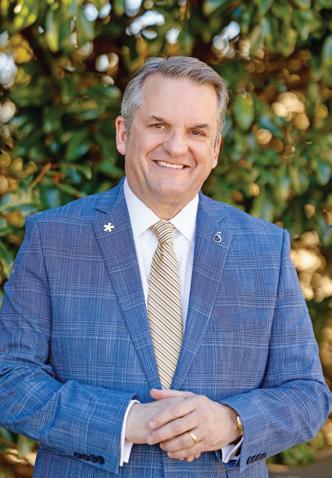
the world with this particular designation.”
Johnson is a huge fan of her managing director as well.
I’ve had some great GMs that have led Salamander Middleburg but Scott Little is an exception,” she said.” He’s been a true inspirational leader who encourages our employees to be the best they can possibly be. Our employees have so much respect for Scott because of his clear communication skills and his vision and goals for the resort.
“He’s been a game changer. Our guests take note of the excellent service and give much of the credit to Scott’s leadership.”
Little is clearly enamored with Salamander’s bucolic setting. Sitting out on the resort’s back terrace overlooking the expansive rolling lawn and tree line beyond, he said he initially wondered why the new pool complex wasn’t located in front of where he was sipping a glass of ice water during a recent interview.
“It took me some time to understand that we’re not just sitting on a restaurant porch,” he said. “Just sitting here and taking in this scenery is very special. You want to keep it as an open space and have the feel of a country estate as much as possible. When (Ms. Johnson) sees the space filled with local people, children, dogs, and guests she’s delighted. It just makes her so happy to see everyone enjoying Salamander the way she had designed it.
“This resort was built for the ages. You don’t see blocks of concrete, you see stone walls that are quintessential Virginia Country. It was built to outlast all of us. And when she appointed me as Managing Director, she told me that one of her biggest priorities was to do things the right way for the resort and the community. And it has to be sustainable long term.”
With Scott Little at the helm, that should not be a problem.
This summer, Salamander Middleburg will open a stunning new pool complex. Featuring both family and adult pools, hot tubs, cabanas and an outdoor dining area.
Scott Little, Managing Director of Salamander Middleburg







For Trees, It’ s Water, Water Everywhere
By Michael Kieffer
Life requires constant water in a world of limits.
Water is abundant, yet a limiting resource for forest productivity.
A water molecule is only a temporary resident of a plant cell, as plants continually absorb and lose water. On a warm, sunny day a leaf will typically exchange 100 percent of its water in a single hour.
Stand at the base of the largest tree in your neck of the woods possibly an oak, sycamore, or tulip poplar and move your gaze slowly up the 100 feet of tree to the end of the highest branch. Water and minerals need to constantly travel that distance without aid of a pump and against gravity. Anyone who has ever had to drain a pool cover using gravity to set up a siphon, can appreciate the movement of water ten times as far uphill.
The polarity of water molecules gives rise to extensive intermolecular attractions called hydrogen bonds. This ability of water to form hydrogen bonds gives rise to its cohesive and adhesive properties.
Cohesion refers to the mutual attraction between water molecules that gives water high tensile strength. Adhesion refers to the attraction of water to a solid phase (such as a cell wall) and can be seen in every glass of water as a meniscus.
In a complicated process, water enters the roots and passes into the tree’s xylem, or water transporting vessels. Once inside the vessels, the water forms a liquid column of molecules sticking to each other and the vessels’ walls, and this column is dragged up the tree by a vacuum force.
The vacuum is created as water molecules are continually pulled out of a pore on the leaf surface into the atmosphere. The dramatic difference in water potential between the vessels and the atmosphere drives the movement, while guard cells open and close the pore on the leaf.
The result is an organism that transports water from the soil to the atmosphere purely in response to physical forces with no direct energy expenditure.
The rate and flow of water in a plant limits the maximum rate of gas exchange and carbon gain from photosynthesis. The average conduit diameter of a species limits the height the species will reach.
Fast growing species have large, efficient conduits that are highly vulnerable to cavitation. That occurs when an air bubble is introduced anywhere along the column of water and results is an immediate and permanent collapse of the water column. They perform poorly in drought, but may give the tree the necessary advantage to reach the canopy.
Slow growing species have small, inefficient conduits that are very resistant to cavitation and perform better in drought, but may keep a tree from reaching the canopy.
Tradeoffs have driven the evolution of diversity in land plants. Trees that grow tall quickly generally have soft wood. Trees with dense wood are strong but hydraulically inefficient.
It could be argued that the construction and size of vessels in each species of plant could in one way or another be linked to every ecological aspect of that plant.
Life requires constant water in a world of limits. Water moves through all plants based on the same physical principles, yet millions of species have evolved. Understanding this legacy of natural selection is pivotal to understanding how the human-altered landscape will respond as the climate changes over the next century. Michael J. Kieffer is executive director of the Bull Run Mountains Conservancy.


Bull Run Mountains Conservancy (BRMC) is an independent, nonprofit 501(c)(3) organization founded in 1994 to protect the Bull Run Mountains Region through education, research, and stewardship.
They promote and facilitate the preservation of land on and around the Bull Run Mountains from their southern ridges in New Baltimore to their northern end in Aldie, and the surrounding landscape 5-10 miles north, east, south, and west.
BRMC offers educational programs to adults and children that focus on the ecological, historical, and cultural features of the Bull Run Mountains Regions. Research underpins our education program. For 30 years, BRMC has sponsored, assisted, and facilitated numerous baseline studies that add important data to our understanding of the landscape.
BRMC’s vision is for an active and healthy community, where preservation is not a hands-off policy but an engaged and committed endeavor by people who love and care for our Piedmont landscape. When that is accomplished, we will have both a healthier environment and community.
For additional programs: https://www.brmconservancy.org/calendar-of-events.
Photo by Tiffany Dillon Keen
In a complicated process, water enters the roots and passes into the tree's xylem, or water transporting vessels.
Avoid Snap Decisions With Turtles
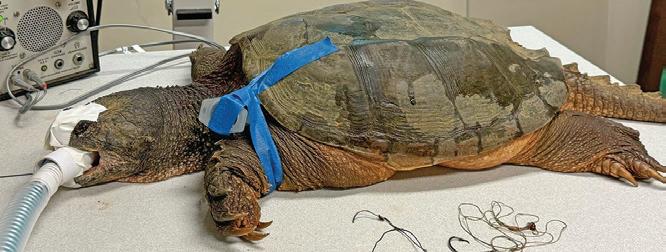
By Annie Bradfield
They’re ancient, armored, and not exactly known for their charm, but snapping turtles are more than just prehistoric-looking road hazards. These misunderstood reptiles play a vital role in our local ecosystems, and despite their reputation, they’re not out to get you.
At Blue Ridge Wildlife Center, we see firsthand how fear and misinformation lead to harm. Every year, we admit snapping turtles—mostly due to vehicle collisions, but also because of swallowed fishing hooks or intentional harm. Some are brought in with hooks lodged deep in their throats or stomachs. Others have been shot and left to die, not for food, but out of fear or frustration.
While snapping turtles can be legally harvested in Virginia under specific regulations, we always encourage people to coexist peacefully with these animals. Why? Because snapping turtles are slow to mature, often taking 10 to 15 years to reach breeding age. Females lay eggs once a year—if they survive that long. Less than 1% of hatchlings survive to adulthood, so every adult turtle you see has beaten the odds, and every one that’s removed from the ecosystem has a significant impact on the population.
Aside from their intrinsic value as sentient beings, snapping turtles are also crucial cleanup crews. As scavengers, they help keep wetlands and ponds healthy by eating dead animals and decaying matter. They also feed on fish, small reptiles, and more, keeping balance in their habitats.
Without snapping turtles, our wetlands and ponds would start to look—and smell—very different. Rotting organic matter would linger, potentially leading to poor water quality, disease spread, and algae blooms. The unchecked spread of certain insect populations and invasive species could throw entire ecosystems out of balance. These turtles are one of nature’s recyclers, playing a quiet but critical role in keeping our freshwater environments stable and healthy.
Snapping turtles are classified as a game species in Virginia, meaning they can be legally harvested—but only under specific regulations. Commercial harvest requires a permit, and while firearms are not allowed, some approved methods like traps or hook-and-line fishing can still be inhumane and may harm other wildlife.
Harvest is limited to certain seasons and daily bag limits apply, but enforcement is challenging and many people aren’t aware of the rules. Because of this, most wildlife professionals discourage recreational harvest altogether.
Still, it’s easy to see how the myths persist. Their powerful jaws and defensive postures can be intimidating. But it’s important to understand that snapping turtles only act aggressively when they feel threatened, particularly on land, where they’re most vulnerable. In the water, they’re shy and prefer to avoid people altogether.
So what should you do if you see one? If the turtle is crossing the road, and it’s safe to help, you can gently move them in the direction it was heading. Just avoid the front end! Never pick a snapping turtle up by the tail; that can damage its spine. And do not relocate it to a new area. Turtles are surprisingly territorial and often don’t survive long if moved far from their home range.
The best thing you can do for a snapping turtle is let them live their quiet, important life. If we want to preserve the wild spaces we love, we need to make room for the wild creatures who live there—especially the ones that have been here far longer than we have.
Annie Bradfield is executive director of the Blue Ridge Wildlife Center in Millwood, the only licensed wildlife hospital in Northern Virginia. Details: blueridgewildlifectr.org.

Courtesy Blue Ridge Wildlife Center
A snapping turtle after surgery to remove a fish hook.
A Colorful Chito In The Abstract
SBy Joe Motheral
tanding outside Chito
Padilla’s home/studio in Marshall suggests that the owner just might be an abstract artist. Once inside, it becomes obvious that appearances are not deceiving.
His paintings have often been on display at the Artists in Middleburg gallery (AIM). One of his works won the People’s Choice award at Art in the Burg in May, 2023.
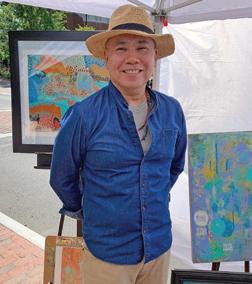
“My paintings are an abstract version of the landscapes,” Padilla said. “When I start a painting I just paint based on what I feel and see. I don’t really know what it’s going to be….I like experimenting with textures. So you will see a lot of textures in my work.”
He produces those textures by “pushing and
after retiring from a long career in international development.
“I had always wanted to be an artist,” he said, “but I didn’t have time. (After retiring) I took a couple of lessons so I could understand paint and the chemistry of it. But I’m mostly self-taught.”
His lessons involved sketching and painting, initially using oils. Now he mostly uses acrylics because it dries quickly.
Before retiring, his assignments in Africa, Asia and Central America allowed him to immerse himself in the rich cultures of the countries he visited. He believes that’s had a significant influence on his use of color and texture in his paintings.
“Painting in abstract is like being in a playground of pure imagination,” he said. “I love the adventure of exploring and creating something that did not exist before. Creating art is like doing magic. It can




Colors he applies relate indirectly to the seasons.
“The winter brings my mood into bright warm colors,” he said. “In the spring or summer my mood
Padilla calls this painting “Bundle of Joy.”
Photos by Joe Motheral Chito Padilla and two of his works.
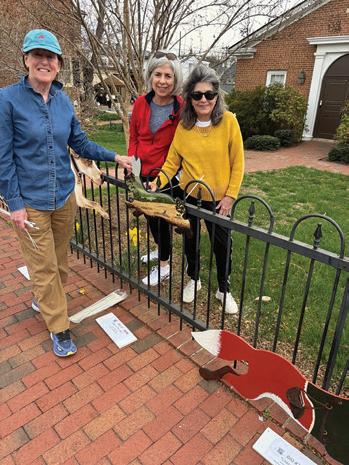
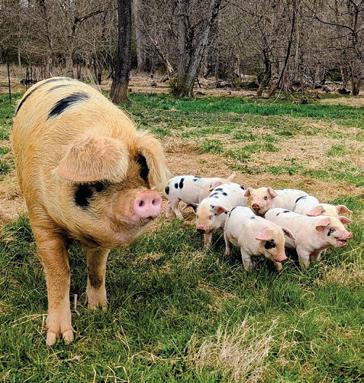
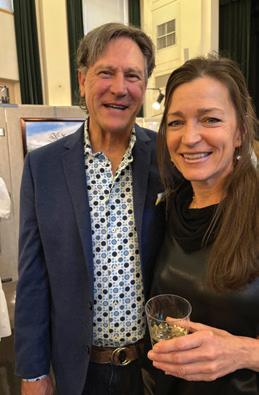
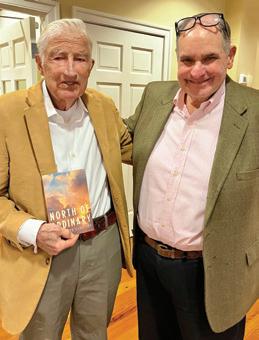
by Donna Strama Unison based author John Gardiner with Len Shapiro, Zest editor and a member of the Middleburg Library Advisory Board at the Middleburg Emmanuel Episcopal Church. Gardiner spoke about his latest book, a collection of short stories, North of Ordinary.

by Leonard Shapiro The 60th Annual Daffodil Show at Buchanan Hall took place in Upperville. The Piedmont Garden Club was honored with a blue ribbon for the InterClub Arrangement “Colonial Days” - A Late Colonial Design (Williamsburg) 1700-1780. It was designed by Betty Ann Tribble with Cricket Stettinius, Celeste Wheelwright, Susan Jones and Elinor Crane.

Photo by Leonard Shapiro
It was time to install the Foxes on the Fences display in front of the Middleburg Methodist Church, and volunteers Beth O'Quinn, JoAnn Berlin and Susan Pollard were definitely up to the task.
Photo by Vicky Moon Kirk Lucas and Jennifer Jon had an evening out for The Art of the Piedmont.
Photo
At Ayrshire Farm in Upperville, this little piggy….
Photo
A Wine Tasting for the Ages
By Christopher Patusky
I’m passing through the red tank room at Slater Run Vineyards, where winemakers Katell Griaud and Karl Selzer are tasting white wines, with notepads in hand, with multiple glasses on the table. They are tasting, tasting, tasting the base wine options that might become the next Blanc de Blanc, or “white from white,” that is our sparkling white wine made from Chardonnay grapes using the “Champagne method.” It can’t actually be called Champagne because that brand is owned by a region in France.

I’m also looking at an icicle on the side of the steel tank, one that holds hundreds of gallons of white wine, and that speaks to me, saying “I am very cold.” The tasting goes on, the glass brought up to the lips for a sip, scribbled notes, a head nod that says “maybe” to this one, and a wince and head shake that says “no” to that one.
“Can we photograph this?” I ask.
“No,” I’m told. “It’s not ready yet. No photos until it’s ready. Do you want to ruin the wine?”
I think to myself, “there they are, huddled around the cauldron, eye of newt, the potion requires what it requires, and nothing more.” It’s the winemaker’s guild, looking at each other, discussing their secrets. There is quiet cheer here, half raised glasses, but no toasts. Not yet. Not finished. They look at me, and I know what they’re probably thinking.
“Are you a fool, for heaven’s sake, say nothing, the wine spirits are circling, hovering, watching, trying to decide whether they will help or hinder? They are fickle and remorseless, looking for a reason, don’t give them one. Please go away… for now … for two years.”
I understand and back off, slowly, carefully, not daring to touch anything, or say anything. I keep moving, then spin about, and move quickly past the tank and around the corner, down the hall toward the tasting room, where the warm air from the fireplace is flowing out from the room. I accelerate. The big room sounds are floating around me in the warmth, and I think, “who will be in there, who will it be?”
Behind me, back among the tanks, the gifted and the trained measure pH, brix, and other science facts that offer hints, clues, of whether they have it right. And yet, it’s the pallet that has the final say, always. And yes, there are seven billion pallets in the world, a swirling spectrum, so who is to say ready or not?
That’s an easy one. It’s our wine leader, Katell Griaud of course, who will have the final say. So the choice is made, the white base wine is selected, and the dice are tossed. Nothing can change that choice as they fly and spin and bounce along the ground.
We must wait until the chemicals and the physics play out and then, years later, when those dice land, we’ll stand in a circle staring down at them, metaphorically—we all taste and look at the poker faced Katell.
I exclaim “Voila!” And then I see a rare, small smile, on the face of the oracle, Katell, as she simply, humbly says, “not bad.”
Chris Patusky and his wife, Kiernan, own and operate Slater Run Vineyards i n Upperville. https://www.slaterrun.com/.

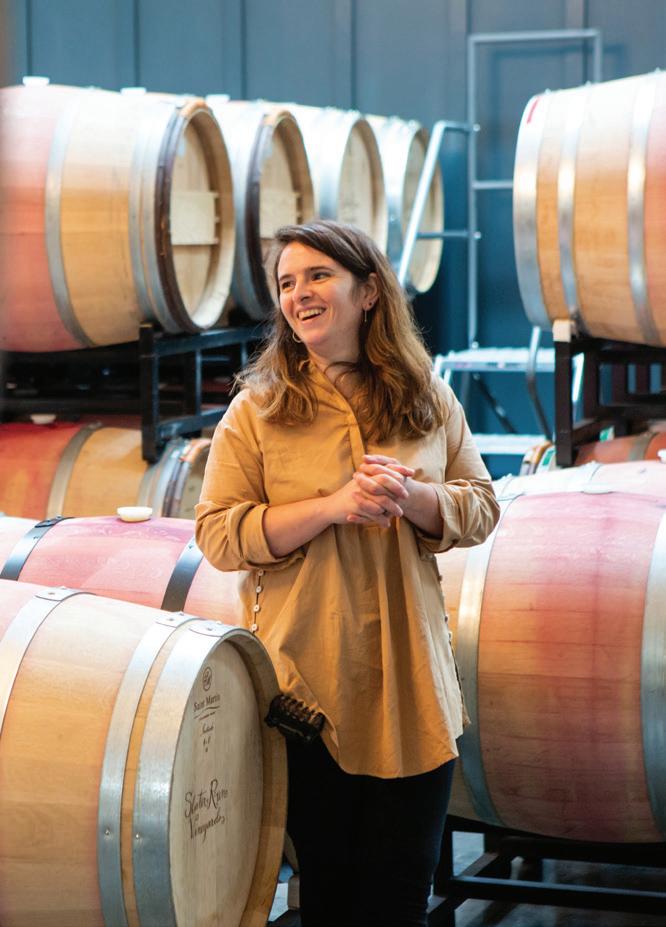

Photo by Julie Richards Slater Run Blanc de Blanc
Photo by Kristen Finn Kiernan Slater and Associate Winemaker Karl Selzer.
Photo by Kristen Finn Winemaker Katell Griaud in the barrel room.




New Aldie Fire Station Nears Completion
By Peyton Tochterman
Along the historic Route 50 corridor, just outside the Gilbert’s Corner intersection, a long-awaited transformation in emergency services is taking shape. With construction nearing its final stages, the new Aldie Fire and Rescue Station 7 is on track to open its doors this summer, ushering in a new chapter for a community that has relied on volunteer emergency response for nearly 70 years.
Located at 39855 Little River Turnpike, the $27.37 million, 22,631-square-foot facility represents a significant upgrade from the current firehouse. Designed to meet modern standards and serve a growing population, the new station is the result of a collaborative effort between Loudoun County Fire and Rescue and the Aldie Volunteer Fire Department (AVFD).
“This facility reflects years of planning, advocacy, and dedication,” said retiring Loudoun County Fire Chief Keith Johnson. “Aldie covers more than 35 square miles, and as our population grows, so does the demand for timely, fully staffed emergency response. This new station will allow us to answer that call more effectively than ever before.”
The current AVFD station, originally established in 1955, has long stood as a symbol of local commitment and volunteerism. But as the area’s needs evolved, so did the urgency for a modern hub equipped with the resources, space, and technology to meet national emergency response standards.
The new facility is designed to house a range of apparatus, including a fire engine, Heavy Rescue Squad, EMS unit, and for the first time, a dedicated


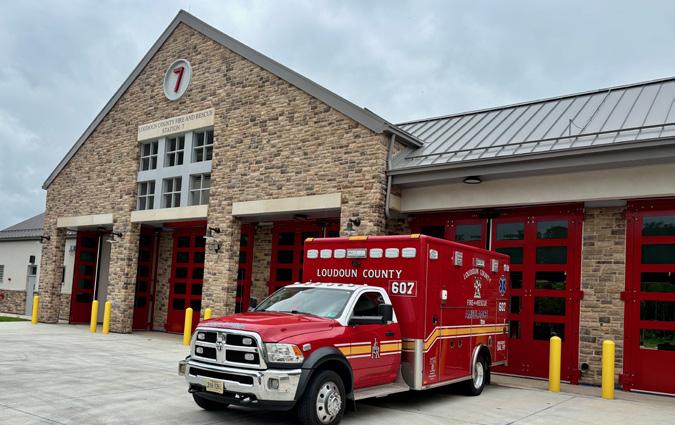
tanker—all independently staffed. This upgrade is crucial for rural areas like Aldie, where access to water sources can be limited during emergencies.
Beyond vehicles and response equipment, the station includes purpose-built features to support the health, training, and readiness of its responders. Bunk rooms, a training suite, fitness and decontamination areas, gear drying space, and a specialized breathing apparatus compressor room reflect the county’s investment in safety—not just for residents, but for the people who protect them. Plans for the station also emphasize sustainability. The building is being constructed to achieve LEED Silver certification, reinforcing Loudoun County’s broader commitment to environmentally responsible infrastructure.
A mix of public funding sources—including general obligation bonds and local tax dollars—helped make the project possible. Since the groundbreaking ceremony in November, 2023, crews have steadily moved forward, transforming blueprints into a facility that will serve the region for generations.
As summer approaches, Aldie, and the rest of Loudon County residents, are beginning to see the final shape of a vision that once lived only on paper. What was once a dream is becoming a reality—one steel beam, brick wall, and training room at a time.


Tours June 27th & 28th

Photo by Leonard Shapiro
New Aldie firehouse should be up and running this summer.
A Passion For Racing Defines a Prolific Writer

“Ted has simply done a great job of reporting horse racing here in Charles Town. He’s done a lot to bring recognition to the horse racing industry here in West Virginia.”
—Trainer Jeff Runco
TBy Bill Cauley
ed Black never owned, trained or rode a Thoroughbred race horse. Yet his knowledge and chronicling of the sport spans decades.
Black, 61, is the long-time racing writer for The Spirit of Jefferson, a weekly newspaper in Charles Town, West Virginia. He said he was always fascinated by horse racing, both on the Thoroughbred and harness-racing level, at a very young age. Oddly enough, he started writing about racing on a whim.
Black often hung out with friends at the racetrack at Bowie, where he still lives, as well as the nearby Laurel Race Course. He enjoyed watching the horses train, race, and developed friendships with some of the owners, trainers and jockeys.
That “whim” would define Black’s career.
His first racing article appeared 38 years ago in the Bowie Blade newspaper. “I had asked around some local publications if they would like someone to write about horse racing,” Black said. “Finally, my first story appeared on June 15, 1987.”
Black currently covers sports for Southern Maryland Newspapers. Most of his work involves local high schools and colleges in the area, but his first love is writing about the horse racing industry.
While Black’s primary work is at Southern Maryland Newspapers, the epicenter of his racing writing is the racetrack at Hollywood Casino and Charles Town Races.
His first article for the Spirit of Jefferson appeared on April 5, 1990.
“I had to mail in my articles about a week ahead of time so they would make the paper’s deadline,” Black recalled. “I made sure I got my stuff in the mail early.”
Before turning to writing sports, Black, like most kids out of college, tried his hand at other jobs.
After high school, Black attended Prince George’s Community College in Largo. He started out as a tutor at the college, but eventually moved on, landing a job with NASA in Greenbelt, updating their phone directories. But it wasn’t exactly the career he envisioned.
Black worked at a few other odd jobs, all the while sharpening his writing skills on horse racing in the region. He looked through the help-wanted ads, making phone calls around the region, searching for publications that might consider accepting some of his work.
Once the Bowie Blade came along, Black knew he had found his dream job. Eventually, he ended up at Southern Maryland Newspapers. He also writes for numerous horse racing publications and has visited such courses as Pimlico in Baltimore, as well as Belmont Park and Aqueduct in New York.
“I still haven’t gotten to Churchill Downs yet,” Black said. “That’s one place I would like to go to.”
Black travels often to the Charles Town track, where’s he’s a well-known figure, with his trademark hat, sitting on a table in the back row of the grandstands with his computer.
In April, the track honored Black for 35 years of covering racing for the Spirit. A group of track officials, several horse owners, trainers and jockeys honored him with his own race. The “Congratulations Ted Black Race” went off without a hitch. After the race, he was presented with numerous plaques and awards by track officials.
“I really don’t know what all the fuss was about,” Black said. “They didn’t have to go through all of this.”
But long-time trainer Jeff Runco said there was no question he deserved the accolades.
“Ted has simply done a great job of reporting horse racing here in Charles Town,” he said. “He’s done a lot to bring recognition to the horse racing industry here in West Virginia.”
Over the last 35 years, Black said he’s written thousands of horse racing stories, not just for the Spirit, but many horse racing publications across the region. He writes about many different sports, but there’s little doubt horse racing reporting is his first love.
Mary Sell, vice-president of the West Virginia Thoroughbred Breeders’ Association said it best.
“He just has a passion for what he does.” she said.
Long-time horse racing writer Ted Black.
Richard Norris Brooke
“He painted for the sheer love of expression”
By John Toler
Over its long history, people from Fauquier County have made their marks in military service, politics, law or philanthropy. But we can also claim a person whose contribution to American art continues to be acknowledged and appreciated.
Richard Norris Brooke (1847-1920) was born at the family home at 74 Waterloo Street, one of the six children of Warrenton attorney James Vass Brooke and Mary Norris Brooke. James served as the Fauquier County’s Commonwealth’s Attorney, and a delegate to Virginia General Assembly.
With the outbreak of the Civil War, James was commissioned a captain in the Confederate army, commanding an artillery unit known as Brooke’s Battery.
Only 14 at the start of the war, Richard Brooke was too young to serve, but he did his part on the home front. After the First Battle of Manassas in July 1861, many of the Confederates wounded in the battle were brought to Warrenton for care. Many died and were buried in the Warrenton Cemetery.
Richard was one of the young people who built and painted the crosses marking their graves, and over the course of the war endured the frequent Union occupation of the town.
The war over and aware of this interests and talents, Richard started his professional training. He was enrolled in the Pennsylvania Academy of Fine Arts in Philadelphia, and within a year was teaching in art academies in Philadelphia.
Returning to Virginia, Richard was appointed to the Board of Visitors of the Virginia Military Institute, serving from 1871-1873. This was followed by service as U.S. Consul at Rochelle, France from 1873-1877. This gave him the opportunity to study art in Paris in 1878.
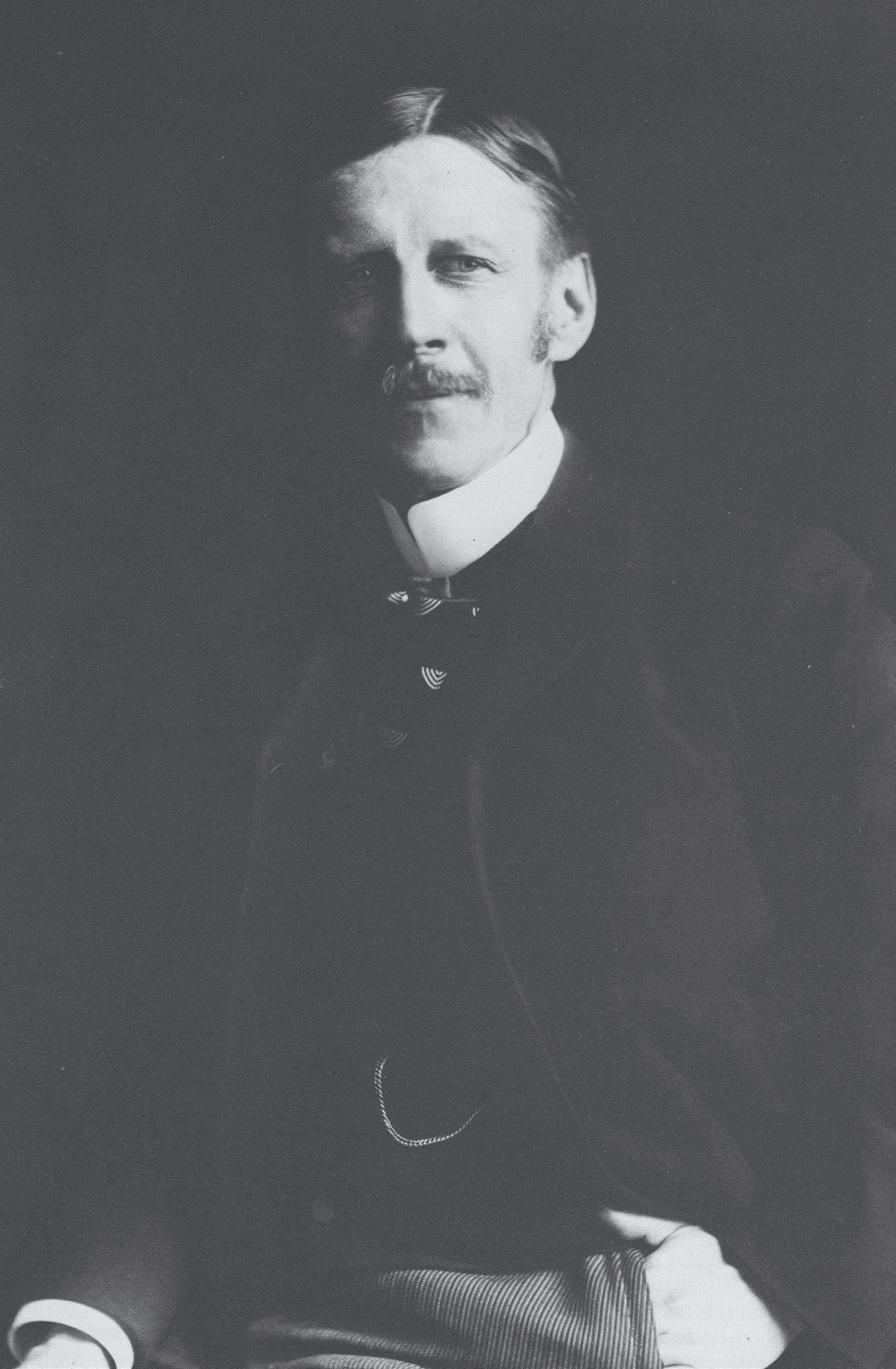
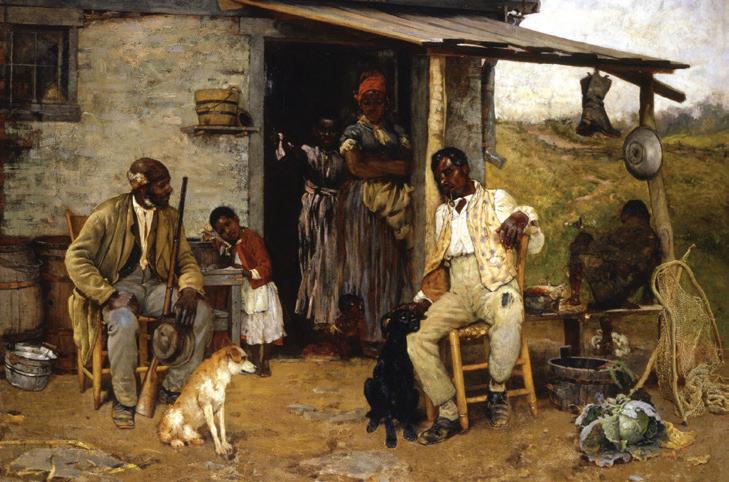

Richard Norris Brooke (1847-1920) by Frances Benjamin Johnston
A Dog Swap by Richard Norris Brooke, Smithsonian American Art Museum
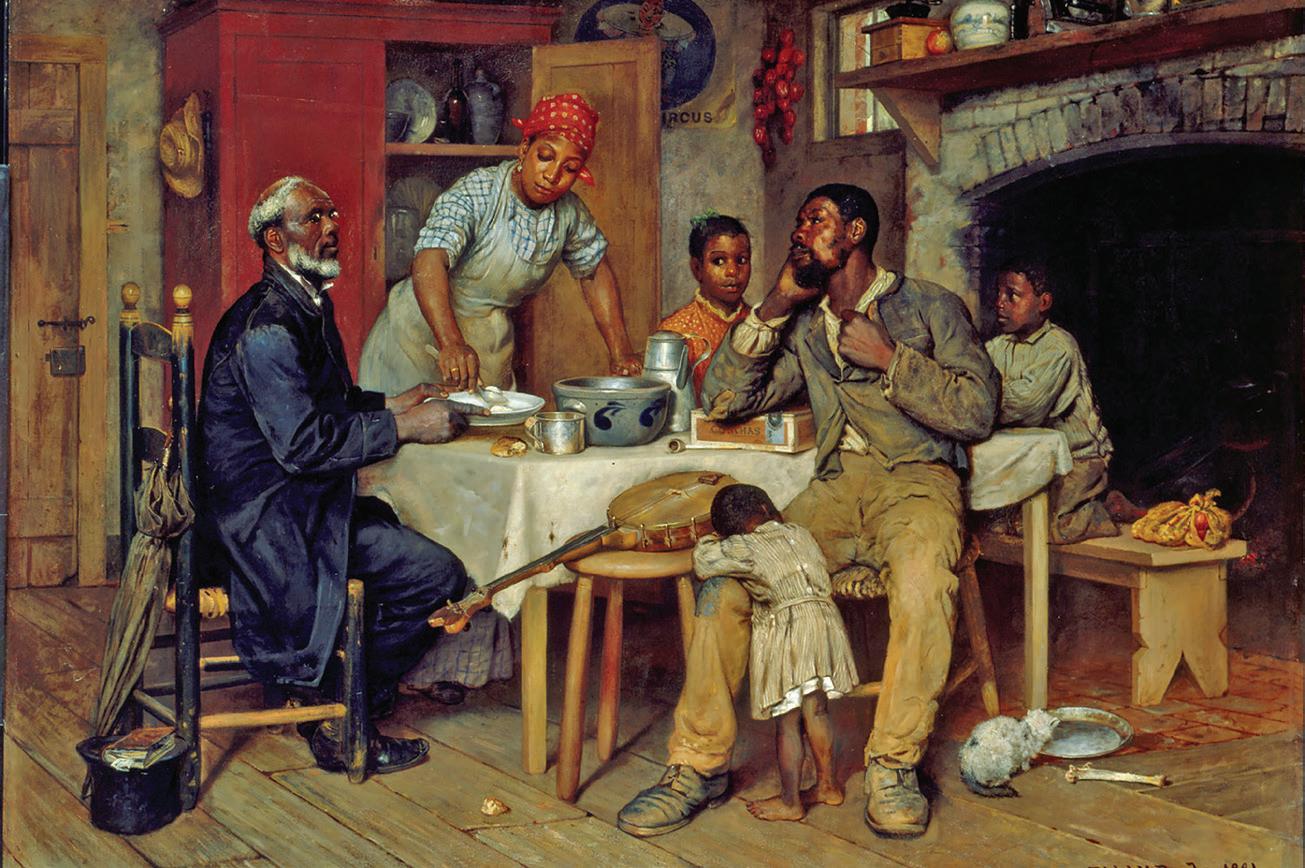
In December, 1880, Brooke moved to “Vernon Row,” an artist colony in Washington, D.C. While there he served from 1881-84 as the vice president of the Washington Art Club under its president,. W. W. Corcoran, and he later made several trips to Europe to compile the Thomas Waggaman Art Collection.
Richard maintained his ties to Warrenton, and in 1881 painted his most best-known canvas, “The Pastoral Visit,” depicting an African-American preacher calling at the family home of one of his congregation. The characters he portrayed in the painting were based on actual people he knew in Warrenton.
It was a departure from the works done by other contemporary artists, especially in the South. His explanation revealed the heart and humanity that accompanied his talent.
“It must have struck many of you that the fine range of subject afforded by Negro domestic life has been strangely abandoned to works of flimsy treatment and vulgar exaggeration,” he wrote. “That peculiar humor, which is characteristic of the race, and varies with the individual, cannot be thus crudely conveyed.
“In entering this field, by the advice of many of my artist friends, and with the equipment of a foreign training, I have had a deliberate purpose in view. It has been my aim while recognizing in proper measure the humorous features of my subject, to elevate it to that plane of sober and truthful treatment which, in French Art, has dignified the Peasant subjects of Jules Breton, and should characterize every work of art I am pleased to think, from the reception given
by the public to this effort, that my object – however realized – has been felt, and appreciated.”
“The Pastoral Visit” was purchased by the Corcoran Art Gallery, where it remains today. Other popular works in this genre include “A Dog Swap, “March at Sunset,” and “The Wedding Breakfast.” His painting, “Furling the Flag,” based on the surrender at the end of the Civil War, is displayed at the U.S. Military Academy at West Point. He also painted a number of prized landscapes based on the scenery around Warrenton.
In 1882, Richard painted the flag presented to the Warrenton Rifles when they left for Yorktown to participate in the Centennial Celebration of the British defeat that ended the Revolutionary War.
He was present on Courthouse Square on the night of Nov. 15, 1889, when Gen. Billy Mahone was burned in effigy following his defeat by Fitzhugh Lee in the state governor’s race. The fire spread to the pillars and eaves of the courthouse, and the courthouse was set ablaze.
Richard, John Carter and Eppa Hunton Jr. entered the burning building, and removed the portrait of John Marshall from its frame and brought it to safety, the second time the portrait was saved from a burning Fauquier County Courthouse.
Known as a devout Christian, Richard led ecumenical mission meetings held at the courthouse on Sundays, and “attendants enjoyed both his exhilaration to holier life, and the instrumental and vocal music,” wrote Lee Moffett in “The Diary of
Courthouse Square.”
Enjoying his work in Warrenton, in 1899 he rented an unused room in the Town Hall for an art gallery for $2 a month. Shortly afterward, he built a summer studio in Warrenton.
Sadly, his studio and a number of his artworks were lost in the Great Fire of 1909. The loss was estimated at $2,000 for the building and $25,000 for the paintings and was only partially insured. In comparison, the loss of the new, two-story Municipal Building on Courthouse Square was estimated at only $2,500.
Given the beauty and range of Richard’s surviving paintings, one can only imagine what was lost. We will never know.
For the next 11 years, Brooke enjoyed painting, traveling and teaching. He died on April 25, 1920, and is buried in the Warrenton Cemetery next to his parents and younger sister, Annie Amelia Brooke (1858-1876).
“Richard Norris Brooke was one who painted for the sheer love of expression, and found endless delight in the beauty of nature,” according to a commemorative article appearing in the Washington Star newspaper on May 2, 1920.
“He was an excellent and ardent teacher and was regarded as a boon companion and much beloved by his pupils at the Corcoran Gallery, and earlier at the Art Students league, as well as his summer classes. He will not only be mourned, but missed; his passing leaves a gap in the ranks which will be hard to fill.”
Brooke’s painting, The Pastoral Visit, is on display at the Corcoran Gallery in Washington.
Loudoun Wildlife Conservancy: Protects, Preserves, Restores
By Linda Roberts

Thirty years ago, four Loudoun residents sat around a kitchen table expressing their concerns and sharing ideas about protecting wildlife in a county poised for explosive growth. Their discussion gave birth to the then fledging Loudoun Wildlife Conservancy.
Loudoun’s population in 1995 was estimated at 112,000. The concern of those individuals was accurate; Loudoun has now swelled to an estimated 436,000 residents. Thanks to the insight and leadership of this small group, the Conservancy is now thriving with more than 650 passionate volunteers who donated 15,000 hours of their time last year. A small, part-time staff keeps the Conservancy’s many activities running smoothly, both in the field and from its Leesburg office.
“Our mission is to protect, preserve, and restore wildlife habitats,” said Executive Director Tom Kercheval, who added that the organization’s ultimate goal is to shape a Loudoun County where residents and wildlife thrive together.
Moving toward this goal, much was accomplished last year with 182 free educational programs reaching 4,382 people. A Young Naturalist Program trained 2,000 teachers and reached 15,000 students to observe and record the habits of wildlife in their neighborhoods. A stream monitoring program
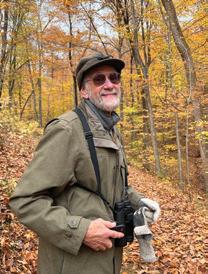

conducted 47 surveys tracking the health of local waterways and a butterfly count covered 174 miles, recording 44 different species. This data was welcomed by the North American Butterfly Association.
These activities, and many more organized by volunteers, not only identify fascinating information, but also importantly can use data from years past to capture trends in wildlife habitats. The Conservancy uses this to share with other organizations working toward conservation efforts.
Kercheval and volunteer Peter Lyttle both pointed out the talent and devotion to wildlife that individuals, such as Joe Coleman, one of the non-profit’s founding members, bring to the organization. Coleman is deeply involved in the bluebird-monitoring program, started 25 years ago and now a group effort with some 700 nesting boxes
monitored by volunteers.
Yet, due to rapid growth, especially in the eastern part of the county, a negative impact continues to affect bird patterns and wildlife habitat. Development happens quickly and wildlife habitats are frequently unable to adjust. In Loudoun, 13 acres of wetland and 20,000 feet of streams are estimated to face destruction each year. The recent drought has also created problems, drying up streams and affecting amphibians and plant growth.
There’s another grim statistic. Due to the ongoing displacement of wildlife, the county’s highways are responsible for the highest rate of wildlife/vehicle crashes in Virginia. Details: loudounwildlife.org
Undaunted, Kercheval, Lyttle, and many Conservancy supporters continue their efforts to protect, preserve and restore wildlife habitats in a county that has a projected growth rate of over 20 percent for the next 25 years.
Last year the Conservancy hosted 182 public education events focused on wildlife preservation. It partnered with JK Moving Services to purchase the 87-acre JK Black Oak wetland tract north of Leesburg and also partnered with Sheetz to control the winter salt run-off from its property. Nine bills the Conservancy supported were signed into law during last year’s General Assembly.
As the largest, most comprehensive environmental organization in Loudoun the Conservancy leaves a large footprint.
“Our volunteers come from many walks of life, bringing with them a single purpose,” Kercheval said. “They’re all passionate about nature."


Photo by BJ Lecrone
Founder Joe Coleman
Photo by Michael Sciortino Great Blue Heron
Weaving A Legacy One Stitch At A Time
By Alissa Jones
Haven Ward, Suzanne Abu-Sharr, Lee
McKeel, and Rose
Rogers, all passionate about needlepoint and the beloved “Wednesday Night Stitch,” came together to save Stitch, Middleburg’s cherished needlepoint shop. Their unwavering support for the community’s request to preserve the store led them to purchase it in March, ensuring its legacy would continue to enrich the community.
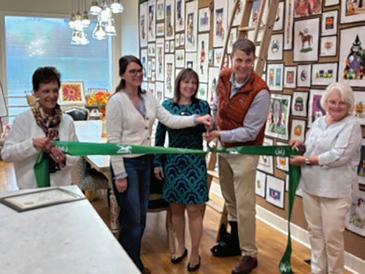

“When the Middleburg community learned Marcy Harris, the store’s owner since 2015, was retiring, they were deeply saddened,” Ward explained. “In response, I organized a plan to assemble a group of people to try and save the store.”
Eager to preserve a shop they all loved, Abu-Sharr, McKeel, and Rogers enthusiastically embraced Ward’s plan. They celebrated the purchase with a soft opening on March 1, a ribbon-cutting ceremony on April 10 and the grand opening on April 12.
To honor the tradition that brought them together, the four women will continue to host “Wednesday Night Stitch.” Ward described it as a time when needlepoint craft enthusiasts gather, enjoy a glass of wine and some cheese, and stitch.
“It’s a fun and community-building activity,” she said.
Abu-Sharr shared her excitement when she moved to Middleburg in 2022. “I was thrilled to find Stitch,” she said. “Marcy helped me find what I needed and introduced me to the Wednesday night gathering. It was a wonderful way to meet people. The atmosphere felt very open and friendly, and we want to keep that going.”
Rogers, a valuable asset to the shop after working under Harris’s guidance, possesses invaluable insights into customer preferences and what enhances their overall experience.
“I began assisting Marcy late last summer,” Rogers said. “I worked a few days a week, getting to know many clients and learning about the threads. Marcy and I would chat, and I helped customers start new projects. I’ve met many wonderful people, and it’s great to be able to continue helping them and passing on this knowledge.”
Stitch offers a diverse range of hand-painted canvases, vibrant threads, needlepoint accessories, and expert finishing services. Christmas stockings are a significant seller, becoming cherished heirlooms passed down through generations.
Beyond its products, Stitch is a strong advocate for education at all levels.
Beginning weekly needlepoint classes for the general public began on May 4, with classes for more advanced stitchers to follow. Due to popular demand, the addition of a “Sunday Afternoon Stitch” will be offered to those who cannot make the Wednesday gathering. The group began monthly meetings on May 18.
Partnering with local schools is a passion project for the new owners, the better to ensure the legacy continues. Ward said there have been studies demonstrating the positive impact of the repetitive motion of stitching and the quiet time it provides, which is often referred to as, “Yoga for the mind.” Needlepoint is not only relaxing but also an excellent stress reliever. Additionally, it serves as a wonderful and creative outlet, offering a variety of techniques, threads, and fibers. Both on-site stitch clubs at local schools and at the shop are being considered as potential partnerships.
Details: www.stitchvirginia.com.



Photo by Leonard Shapiro
At the recent ribbon cutting for Stitch, owners Suzanne Abu-Sharr, Haven Ward, Lee McKeel and Rose Rogers did the honors along with Middleburg Mayor Bridge Littleton.
A Masterful Teacher at Work in Hill’s Fifth Grade
“Seeing is far more important. To really see something makes you want to ask questions about it.”
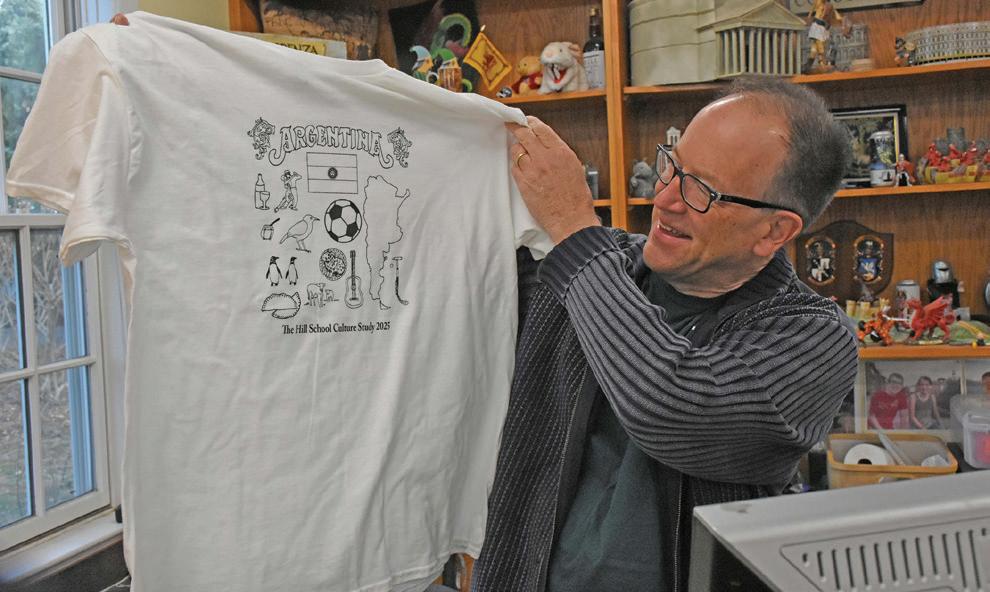
John Daum never totally got out of the fifth grade. Step inside his classroom at The Hill School in Middleburg where he’s been teaching for three decades. Just one glance will introduce you to a world of eclectic excitement he constantly shares with his students.
On the back wall between da Vinci’s Mona Lisa and a picture of Notre Dame, flies a banner celebrating the Tapisserie de Bayeux – the 70-meter long tapestry commemorating the Norman invasion of England in 1066. Just to the right of the banner is a clock face carrying Y Draig Gooch (red dragon), Wales' national symbol. Beneath that is a map of Manhattan, a poster from the Galleria degli Uffizi in Florence, and a picture of the Colliseum in Rome. In a recent interview, he also spoke of his own experiences as a 10-year-old when his parents took him to Germany.
“Just seeing things that weren’t in my language amazed me,” John said. “How exciting it was to realize that there were people out there who didn’t speak English. It was scary and fascinating to me that people did not speak English and I couldn’t speak their language.
“It was also very humbling. Sort of fun to think of something like ‘how would I ask for a Coke?’ They had Tic Tacs in Germany. They were orange. They weren’t white. For me, a fifth grader, that was fascinating. How do you ask for an orange Tic Tac?”

By John E. Ross
That trip sparked a metamorphosis in John equivalent to a caterpillar turning into a butterfly.
“I know that I felt when I came back that I wasn’t the same person anymore,” he said. “My world had gotten bigger, I started looking at books reading about places I’d never been. I just wanted to go back.” Fifth graders, he added, are definitely mentally ready for events that expand their worlds far beyond their family, the household where they live, and the places they see every day.
“The fifth grade student is very capable, but not yet naturally distracted in the way they are when they’re 12 or 14,” he said. “It’s a very impressionable age. If you can imprint in kids of that age that art is a conversation, that buildings and cities tell a story, they’ll begin to understand the difference between looking at something and seeing it.
“Seeing is far more important. To really see something makes you want to ask questions about it. That’s what education is about, learning to see things and ask questions. For kids to respond to art or respond to architecture or to a city like New York is a wonderful thing.”
Last month, John took students on a field trip to New York, accompanied by Hill teaching colleagues Jill Beifuss and Susan McCaskey and several parents, something he does most years during spring break. Their goal: learning how to see a city.
“Take the Brooklyn Bridge,” he said. “We walked
across it and talked of its caissons, towers, the spun wire cables that suspend it, of Roebling, the engineer who built it. We visited Central Park, the first really democratic park. Previously, parks had fences around them, you needed a key to get in, you had to be wealthy. Central Park is open to all, a place where different people come together. It’s a living work of art.”
Born in Washington, D.C. and raised in the Maryland suburbs, John earned his bachelor’ s degree at Ohio Wesleyan University, a masters in fine arts from New York University, and a masters in education from UCLA. He taught for a while in Los Angeles but wanted to move back east to be closer to his parents. Finding Hill School was pure serendipity.
“Hill provides autonomy for teachers to teach things that really speak to you,” he said. “Things you ’re passionate about. You can continue to grow as a person and as a teacher year by year. There’ s new information and a new ways of approaching it. You never know what’s going to click for you or the students.
“The energy and enthusiasm from the kids makes my job so exciting. It never gets old or stale for me. I’m always refreshing my curriculum. I love that great moment when you’re like, ‘ah man, I should have known that.’ And then comes the excitement of ‘oh, I can share that with my class.”
Hill fifth grade teacher John Daum shows off a shirt for the school’s annual cultural study program.
FreeKasasa Checking
• Earn high rates*
• Refunds on ATM withdrawal fees, nationwide.**
• No monthly maintenance fees, ever.
• No minimum balance to earn your rewards.
Free Kasasa Cash checking pays:

To earn your reward, enrollments must be in place and all of the following transactions and activities must post and settle to your Kasasa checking account during each Monthly Qualification Cycle:
• At least 12 debit card purchases.
• Be enrolled in and agree to receive eStatements.
• Be enrolled in and log into Online Banking.
Don’t worry if you come up short. Your account is always free. You can even earn our base interest rate. Plus, you can still earn the higher rate and refunds on ATM withdrawal fees on the next cycle if you qualify.
add free Kasasa Saver^! - an automatic way to set cash aside.
6.00 % APY* on balances if qualifications are met, up to $25,000 on ALL balances if qualifications are met 3.00 % APY*
The APY
this tier will range from 6.00% to .20%, depending on the balance in your account. When Kasasa Cash qualifications are not met, the interest rate paid on the entire Kasasa Cash balance will be .010% with an annual percentage yield of .01%. All rates subject to change daily without notice.
** You will receive reimbursements for nationwide ATM withdrawal fees imposed by other financial institutions and incurred during the Monthly Qualification Cycle in which you qualified. We reimburse ATM withdrawal fees based on estimates when the withdrawal information we receive does not identify the ATM fee. If you have not received an appropriate reimbursement we will adjust the reimbursement amount after we receive the transaction receipt within sixty (60) days after the statement cycle when the reimbursement was applicable.
^ For Kasasa Saver, an interest rate of 2.960% will be paid on your daily balance; the annual percentage yield for this is 3.00%. When Kasasa Cash qualifications are not met, the interest rate paid on the entire Kasasa Saver balance will be 0.050% with an annual percentage yield of 0.05%. All rates subject to change daily without notice.
Additional information: $50 minimum deposit is required to open either account. Enrollment in electronic services (e.g. Online Banking, electronic statements) and log-ons may be required to meet some of the account’s qualifications. Kasasa and Kasasa Cash, Kasasa Cash Back and Kasasa Saver are trademarks of Kasasa, Ltd., registered in the USA. MEMBER FDIC.



A Discount Champion at Gold Cup
Somewhere, somehow, some way, the late, great Gordie Keys had to be smiling on the most recent first Saturday of May.
On the afternoon of the 100th running of the Virginia Gold Cup, a game Thoroughbred named Keys Discount made his move halfway through the four-mile, $100,000 event and won the nation’s richest timber race in front of a crowd of 40,000 on hand at Great Meadow in The Plains.
Five years ago, Gordie Keys, a long-time Middleburg area cattle farmer and owner of Thoroughbred race horses who passed away in July, 2023, purchased Keys Discount for $1,200 at a Maryland yearling auction. He then watched his grandson, trainer-rider Sam Cockburn, race the horse on the flat, over hurdles and then timber. Cockburn also hunted him to improve his stamina and jumping ability.
Last spring, Maryland Hall of Fame trainer Jack Fisher purchased Keys Discount for his mother Dolly. She was there to see their horse win at the Middleburg spring races two weeks before the Gold Cup, then again at Great Meadow on a thrilling day of racing cut short by a late afternoon storm that forced cancellation of the seventh race.
Earlier on the card, one of Gordie Keys good friends also had a big win. Sean Clancy, a regular columnist for Country ZEST and founder of Riverdee Stables in Middleburg, celebrated when his Cool Jet, also trained by Fisher, posted a wireto-wire victory in the Grade 1 $150,000 Commonwealth Cup handicap hurdle. Clearly, it was smiles all around.

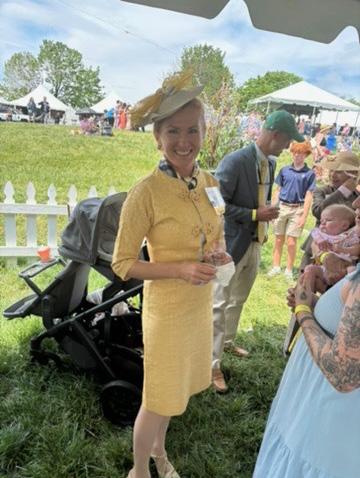


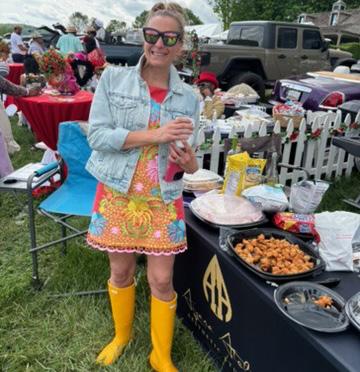
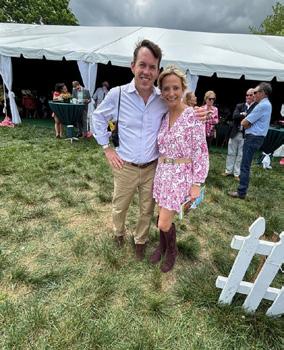
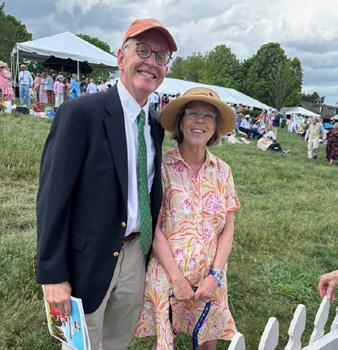

Gold Cup Board Member Margaret Littleton presented the trophy for the $150,000 Common-wealth Cup to MGM Resorts sponsor representative in the middle with Sean Clancy represent-ing Riverdee Stables for Cool Jet, ridden by Bernard Dalton, trainer Jack Fisher on far right. The perpetual trophy was donated in memory of Melville Church III by his family.
Photo by Doug Gehlsen of Middleburg Photo Graham Watters rode Keys Discount to victory in the $100,000 Virginia Gold Cup
Photo by Leonard Shapiro
Laura Gaiser-Wright at her tailgate.
Photo by Leonard Shapiro Sue and George Boras in matching fabrics.
Photo by Leonard Shapiro Charles Carroll and his wife, Bean.
Photo by Leonard Shapiro Jeb and Emily Hannum
Photo by Leonard Shapiro Maureen Griffin
Photo by Leonard Shapiro Julia Baumgardner sports a high hat
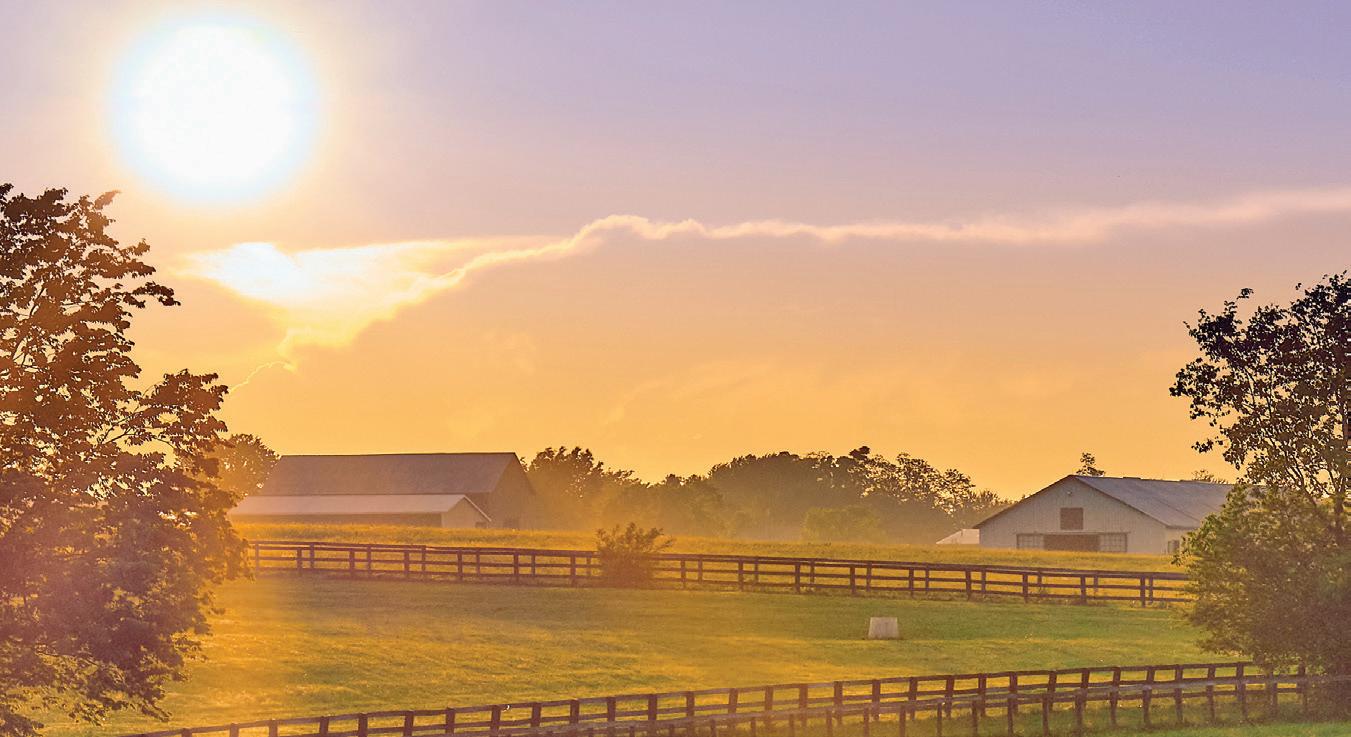
































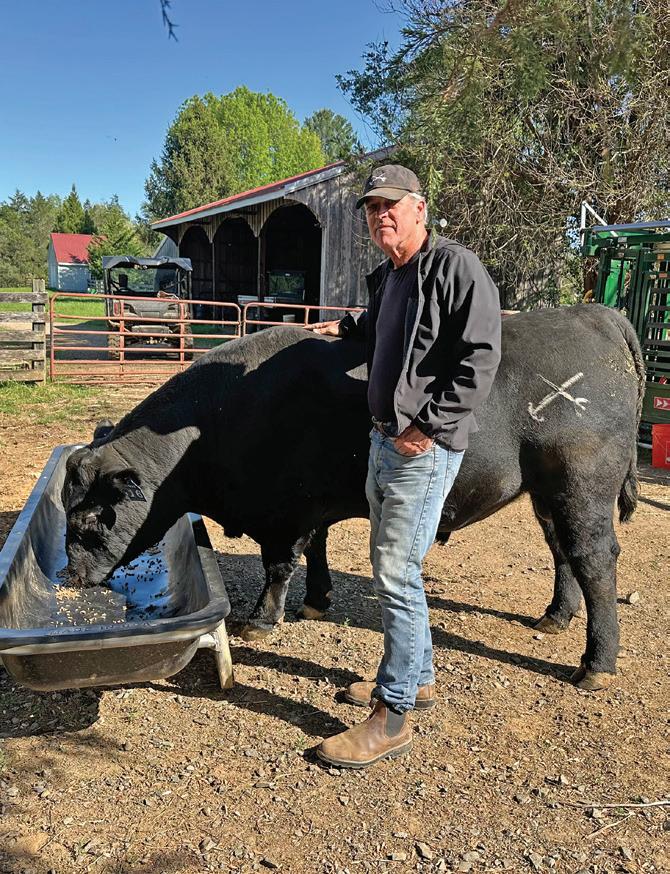
Now back to Monomoy Erica Elite J12 and her epic journey to the Galaxy Beef annual fall auction on Nov. 30, 2024 at a ranch south of Macon, Missouri, owned by the Miller family. After a call from them in June, 2023, Pennington negotiated her sale but conditioned it on receiving more IVF embryos. They agreed, if he could get her to them quickly.
So, he put Erica (nine months old) on a gooseneck trailer and drove to Double Barrel Angus near Nashville to meet Steve Miller. A year later, they asked him to bring the bull calf born from one of Erica’s embryos out to put in the auction.
In August, 2024, Pennington trailered that calf and his recipient mother 1,600 miles to the ranch in Missouri. The following November, he flew out to watch the auction live. Erica was the No. 1-rated maternal cow, featured in Lot 1, and first in the sales ring.
The sales program read like a love letter to Erica: “Monomoy Erica Elite J12 represents one of the rare females that you can fall instantly in love with in person and gives you a pedigree with data that can elevate you to another level in the breed…”
Bottom line: Erica sold for a $75,000 valuation while the bull calf John drove out sold in Lot 4 for $20,000. Additionally, with Erica as the donor cow, a threemonth-old embryo heifer calf brought a $28,000 half interest in Lot 2, while a three-month-old embryo heifer calf brought a $29,000 full interest in Lot 3. From mending fences, mowing and making hay to vaccinating or inseminating his cows, Pennington keeps it low-key. That holds true for the excavation business too, though it now has 28 employees, and does $4-5 million in annual business.
“We’ve built a lake with three tiers of wetlands and a polo field with 15 acres of grading – each project is unique,” Pennington said. “Whichever Monomoy business it is, the goal is to provide quality and value. But when you raise a commodity like a cow, you better be good at it if you want to compete with big commercial ranches. That means do it more efficiently. I enjoy it.”

UPCOMING EVENTS
MARSHALL GRADED SALE
Drop off Thursday, the day before the sale – 7:00AM-3:00PM Friday, June 13th @ 10:30AM Friday, July 11th @ 10:30AM ** PLEASE NOTE DATE 7404 John Marshall Highway, Marshall, VA
CULPEPER GRADED SALE
Drop off Thursday, the day before the sale – 7:00AM-3:00PM Friday, June 6th @ 10:30AM Friday, July 18th @ 10:30AM ** PLEASE NOTE DATE 10220 James Monroe Highway, Culpeper, VA 22701 See Culpeper Sale Barn Tab on Website For More Information
Check us out on FB or our website at http://www.FauquierLivestockExchange.com
Fauquier Livestock Exchange does not guarantee any items sold. Not responsible for accidents.

Photo by Jodi Nash John Pennington and one of his Angus bulls.
Fauquier Habitat’s Forever Mission: AFFORDABLE HOUSING


IBy M.J. McAteer
n these uncertain times, as federal housing assistance programs are being axed or suspended, the Fauquier Habitat for Humanity is holding steady in its mission to bring people together to “build homes, communities and hope.”
If Washington no longer can be relied upon as a reliable source for financial assistance, Melanie Burch, president and CEO of the Warrenton-based nonprofit, is undeterred. She said she’ll continue to pursue all state and local funding possibilities as well as contributions from foundations and private individuals to close the likely money gap.
That Fauquier County even has a pressing need for affordable housing might surprise some people. Statistically, the jurisdiction is among the richest in the commonwealth, with the U.S. Census Bureau’s most recent data pegging its median household income at $122,785 and its medium home value at $501,200.
However, the wealth of a few masks the fact that many hard-working people essential to the region’s economy—including teachers, firefighters and police officers—can’t afford to buy homes in the county where they work.
“There’s a large disparity between the haves and the have-nots,” Burch said.
That disparity is in plain view from the fourthstory windows of her Alexandria Pike office. It overlooks Haiti and Horner streets, where, in 2019, the average household income was just $35,000.
The two Warrenton streets are at the center of one of the town’s oldest neighborhoods, a historically black enclave whose residents once worked for

the more wealthy folks who lived on High Street. The Haiti area was rundown and impoverished for many years before Habitat launched its Haiti Neighborhood Revitalization initiative in 1994.
Since then, Burch’s organization has spearheaded the creation of 19 new or rebuilt residences with 13 more coming on line as of this writing.
Although volunteers remain an essential element of Habitat’s success, the image of late President Jimmy Carter swinging a hammer as he helped construct Habitat homes is a bit out of date, at least at Fauquier Habitat for Humanity.
“We’re not solving the housing crisis by building one house at a time,” Burch said, adding that her organization has turned to prefabs as a quicker and cheaper way to provide housing.
“People deserve to be able to afford a starter home,” she said, and these modular structures can be built out for less money than a house constructed from the ground up. Waste is reduced to 4 percent instead of the 10 to 13 percent involved with traditional construction, which helps Habitat mortgages come in around the $300,000 mark.
The modular houses also require fewer of what Habitat calls “sweat equity”—the hours it takes to make the houses turn-key. The latest one-, two-, threeand four-bedroom housing units going into the Haiti Street area are energy efficient and made of a concrete composite that is not susceptible to insect damage.
They’re what Burch described as “a lasting product,” designed to build generational wealth for families through home ownership.
Burch stressed that these starter homes are not the result of Habitat imposing its vision of revitalization
on the people who already lived in the neighborhood. They’re the product of a group effort.
“Our goal is to work with people already in the community,” she said. “The residents give input. They are the most important piece (of the process).”
Habitat doesn’t consider its work is finished once construction is over.
“We don’t say, ‘See you later, we are done,’” Burch said.
Instead, Habitat supports the success of new and soon-to-be homeowners through continuing education classes that help them understand the mortgage process, develop financial resilience and attain the knowledge needed to maintain their new residences. The goal is for these first-time homeowners to learn how to become their own best advocates.
The Haiti Neighborhood Revitalization is currently Fauquier Habitat’s primary focus, but Burch also has a grander vision. One day, she’d love to see her organization help create a village just for teachers. Right now, Fauquier is losing them—the school system posted more than 100 vacancies this spring. One likely reason is that given a median salary of $52,889, most teachers can’t afford to buy in the county.
Admittedly, a teacher village is only a dream at the moment, but as that most famous of dreamers, Martin Luther King, once said, “It takes sustained pressure over time to effect change.”
That sort of tenacity defines Fauquier Habitat for Humanity’s mission. It’s in the business of providing housing opportunities for the less-advantaged, and it’s definitely in that business for the long haul.
Photo by M.J. McAteer
A scene from a Warrenton Habitat job site.
Fauquier Habitat president and CEO Melanie Burch.
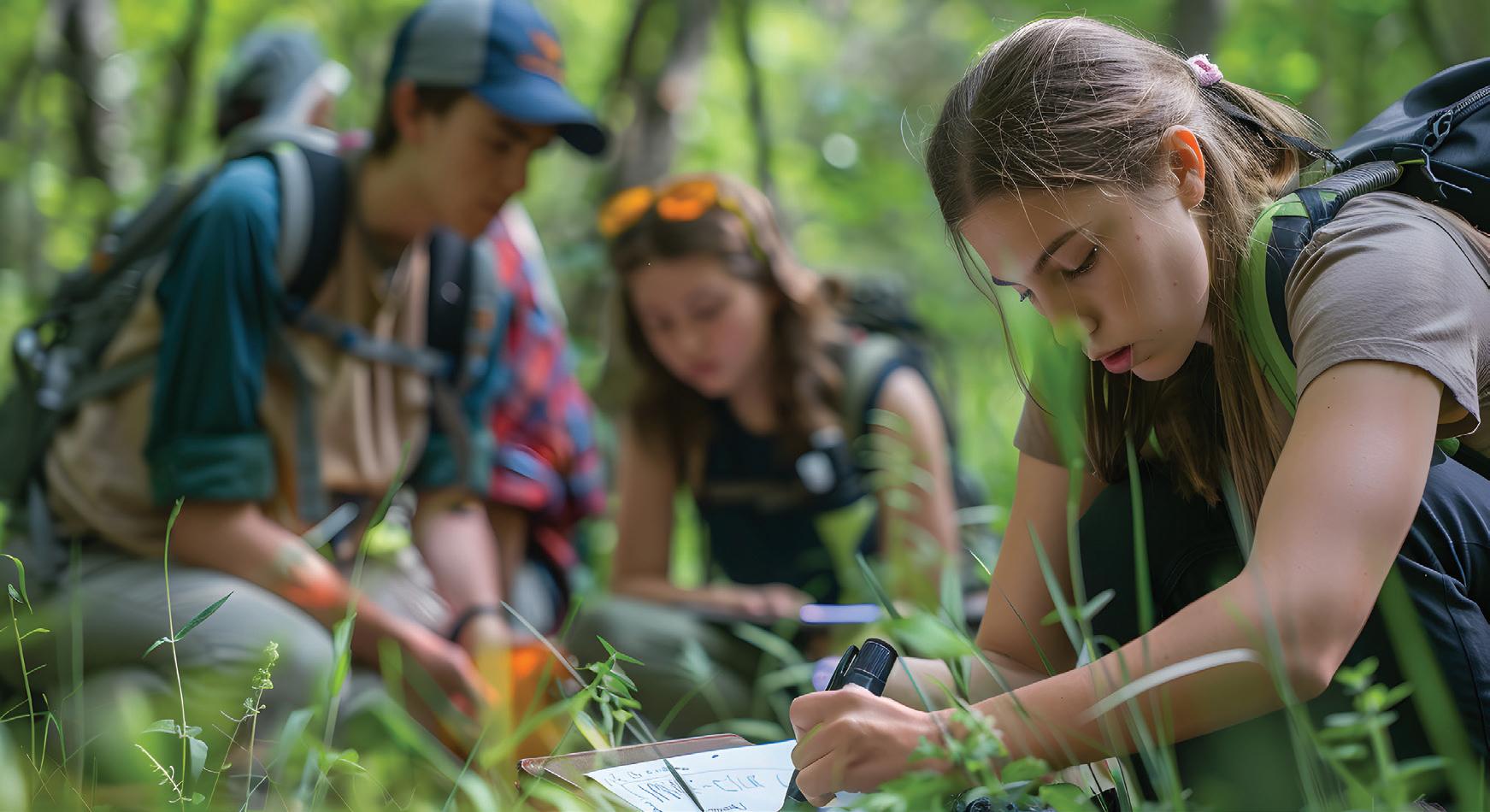
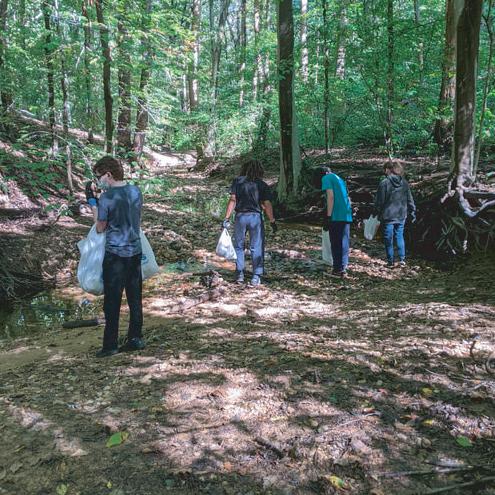

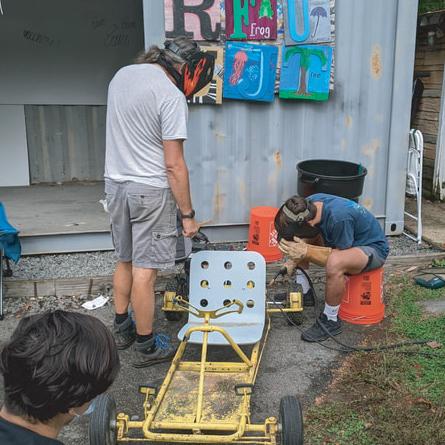
THOMAS & TALBOT
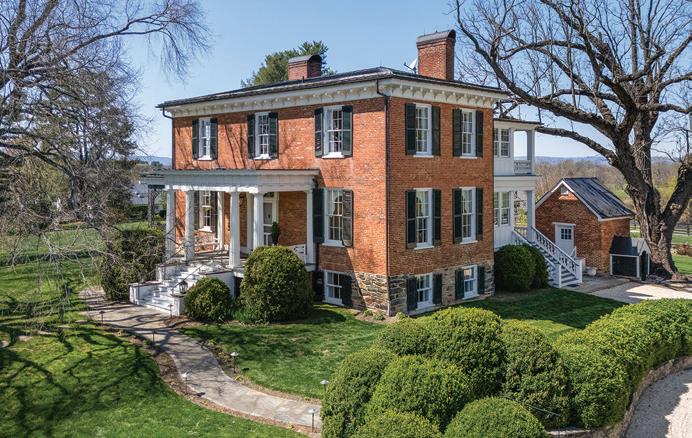

An Evening at Old Denton
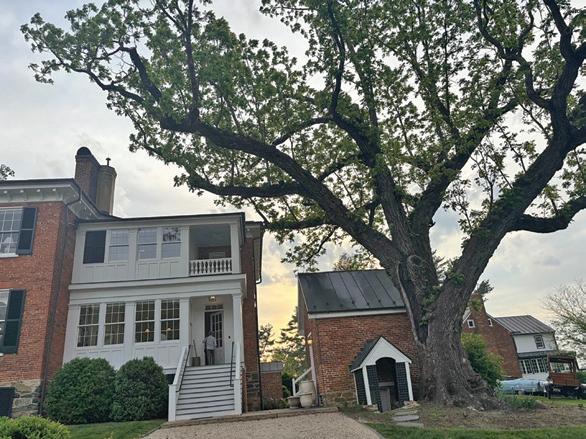
The Virginia Piedmont Heritage Area Association recently held a fascinating event at Old Denton, an historic farm near The Plains. The focus was on John Singleton Mosby, a legendary Confederate Civil War officer, and his rangers who wreaked havoc among Union forces all around Northern Virginia. In 1863, Mosby was nearly captured at Old Denton, where he was spending the night with his wife, Pauline, in an upstairs bedroom of what was then known as the Hathaway House. Mosby jumped out a window onto the limb of a nearby walnut tree, balanced himself for hours and somehow eluded being caught. That tree, believed to be about 400 years old, still stands next to the house tall and strong, though the limb Mosby managed to hang on to is long gone.
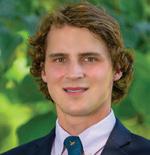
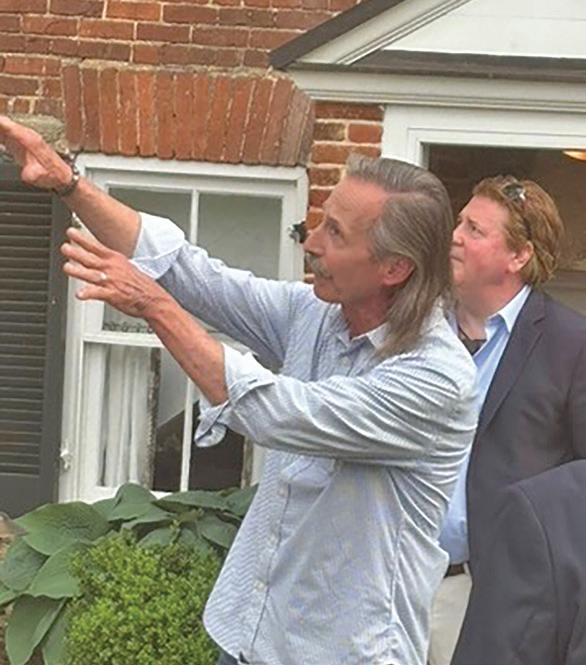

Old Denton and its famous Mosby black walnut tree.
Arborist Tom Armstrong has been lovingly working on preserving the walnut tree since 1977.
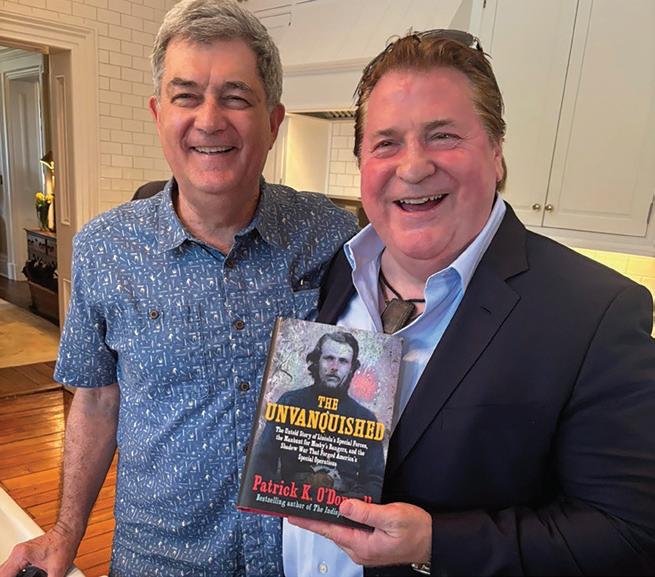
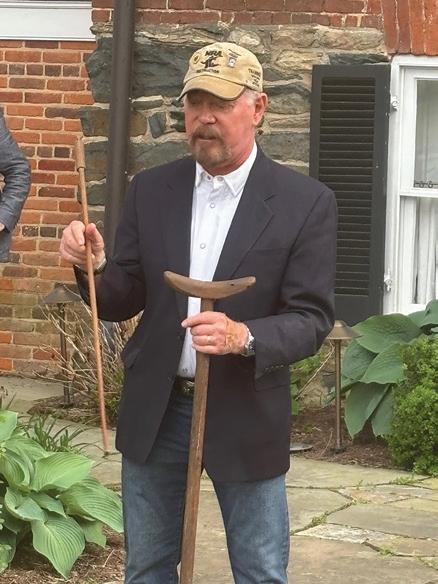
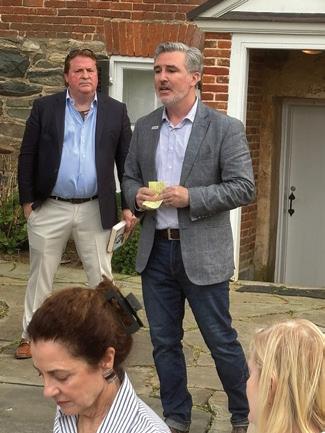
























Author Patrick O’Donnell holds a copy of his book he signed for Bruce Kulpan.
Michael Murphy collects Mosby artifacts and brought along a few.
Travis Shaw, Director of Education for Piedmont Heritage, spoke to guests about Old Denton’s colorful history.
Garon and Donna Stutzman
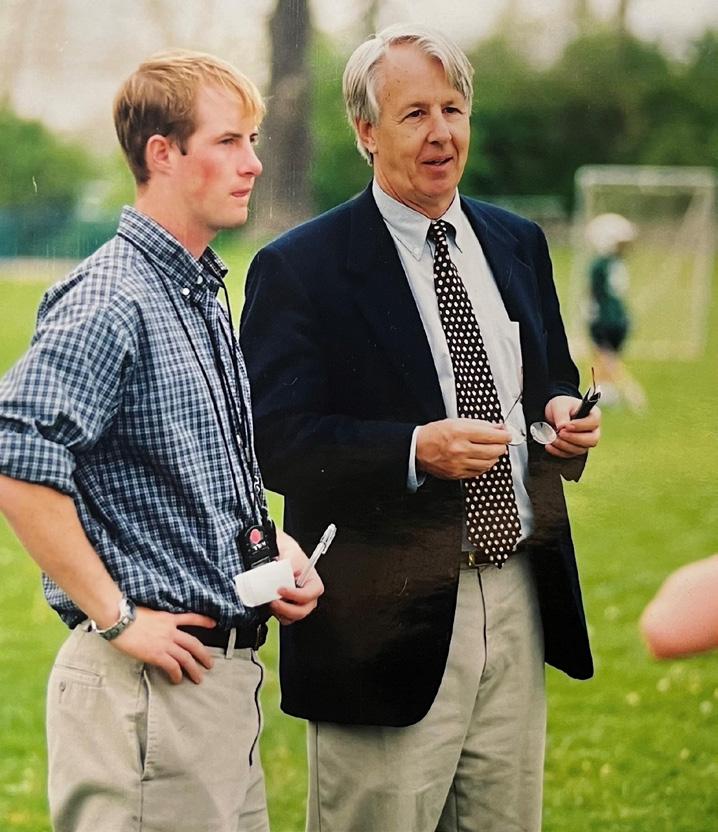
Perspectives on Childhood, Education, and Parenting Time to Make Time for Device-Free Hours
“I’m not suggesting that we turn away from our devices. To the contrary, I’m suggesting that we look more closely at them to begin a more self-aware relationship with them.”
Sherry Turkle, from her 2015 book, “Reclaiming Conversation: The Power of Talk in a Digital Age”
By Tom Northrup and Mike Wipfler
Last month, when I was visiting the high school in Pennsylvania I had attended several decades ago, I spoke with a senior about our school’s stricter smartphone policy on its use and availability during the school day.
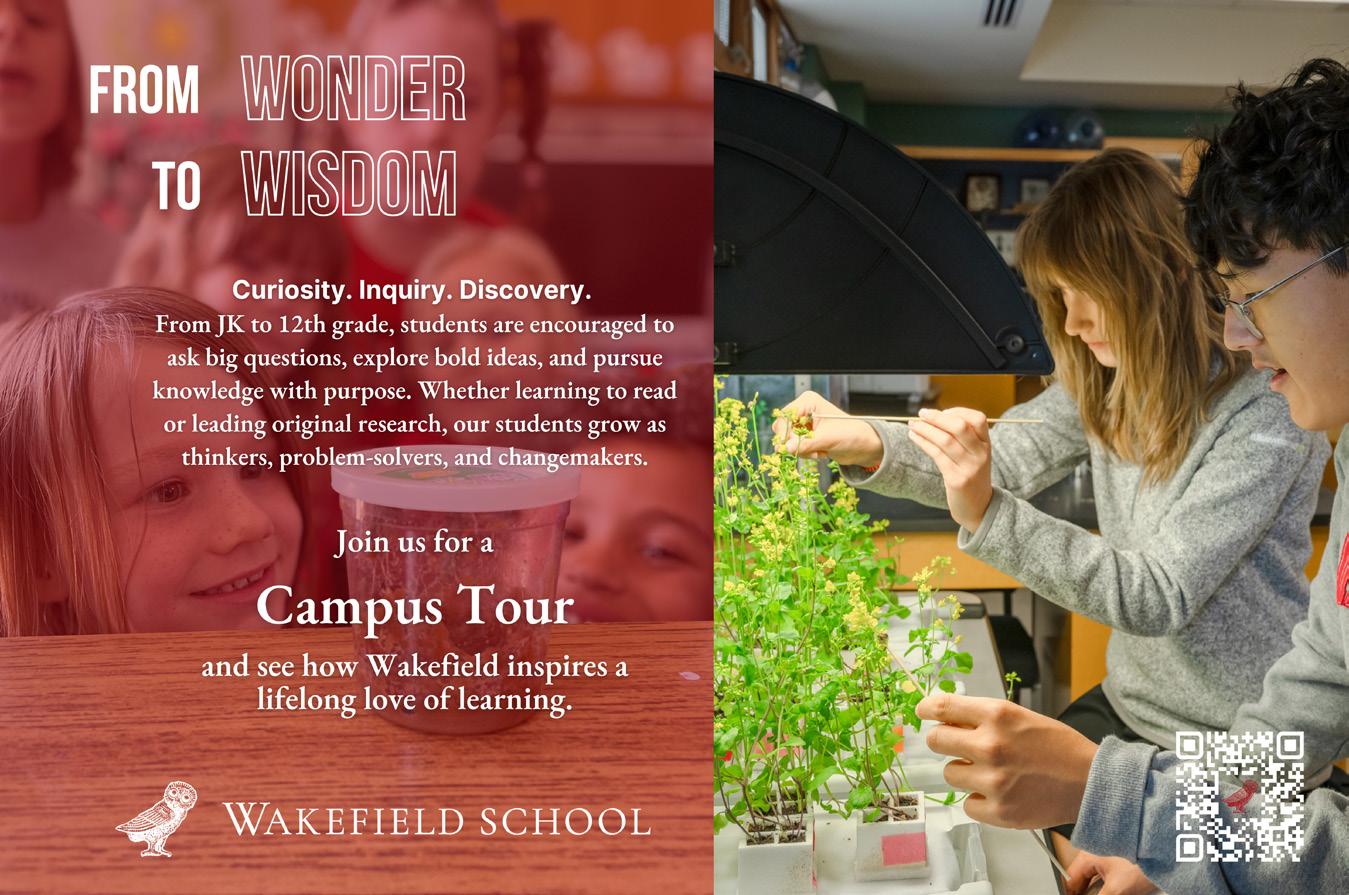

Mike Wipfler and Tom Northrup
What was his opinion? How had the change affected the school’s culture and the student-faculty relationships? Before he responded, he asked me a question. Had I ever heard of Jonathan Haidt and his recent book, “The Anxious Generation?” I was surprised and pleased to learn that he had not only read it, but had written a paper on it.
In response to my question, he said he felt that the limitations on smartphone availability had a positive impact on the quality and authenticity of student and adult relationships.
Over the past year, four of our “ZEST” conversations have featured Haidt’s book. His recommendations have had a profound impact on schools and families. Phone free schools and limiting screen time in homes are on the rise.
You also introduced me to Alison Wood Brooks’s recent book, “Talk.” What are her thoughts on a better use of our time and attention?
Mike: As a professor who teaches a graduate level course on the art of conversation, Brooks believes, “we must fight to preserve pockets of device-free time in kids’ lives—not just to avoid the potential harms of digital activities, but to help kids claim the rewards of mutually-attentive conversation.”
She goes on to say that “every in-person conversation that is replaced or disrupted by a device is a missed opportunity for kids to feel more connected, loved, and alive in the short term; to foster meaningful relationships over time; and to become even passable communicators by the time
they reach adulthood.”
Brooks is not an anti-tech warrior. Far from it. She acknowledges the tremendous value of group chats to stay in touch with networks of friends, text messages to touch base and coordinate with individuals, and the internet to quickly access needed information. But she argues that the omnipresence of phones reduces and degrades far richer face-toface interactions.
Tom: Like Alison Wood Brooks, Sherry Turkle, the author of “Reclaiming Conversation” is not antitechnology. She is “pro-conversation.” She explains the essential role that “talk” plays in raising children who will become healthy and ethical adults who lead meaningful lives.
She states that, “We are at a crossroads: So many people say they have no time to talk, really talk, but all the time in the world, day and night, to connect.
When a moment of boredom arises, we have become accustomed to making it go away by searching for something on our phones”.
Mike: Interestingly, Turkle begins her book, which one would assume would be exclusively about the value of give-and-take exchanges with others, with this quote from Henry David Thoreau, who is best known for removing himself from society: “I had three chairs in my house; one for solitude, two for friendship, three for society.”
Can you explain how Thoreau’s “one chair conversations” help people “reclaim conversation?”
Building Lasting Relationships
At MainStreet Bank, we believe in building lasting relationships with the businesses that shape our communities.
MainStreet Bank is proud to highlight C. & D. Rigden and Son, the Middleburg-based creators of the Country Classics line. Known for their impeccable traditional menswear, they source exclusive fabrics from top British weavers and rely on expert tailors to deliver timeless quality. We're honored to support their continued growth and craftsmanship.
Tom: In her chapter, “Solitude,” Turkle explains that parents and teachers need to understand and to be comfortable with the important role that “boredom” and “downtime” play in developing children’s imaginations and inner resources. Not being engaged in a structured activity or being online provides the time for children to be alone with their thoughts, to get to know and trust themselves, and to develop th confidence to engage in face-toface conversations.
Mike: That makes sense. It’s hard to be authentic in a conversation if you haven’t had the time to think deeply and develop your own thoughts, opinions, and moral framework. I often feel that the world is coming at me too fast - especially when trying to digest the news - and feel like I just need some time to reflect on what I’ve just experienced or read.
Rather than thinking deeply about any one topic, I usually choose to seek more—like more news articles, analysis, sports highlights, and so on. I’ve often told my wife that I’d really like to keep a journal…maybe now is the time to start.
Tom: So “old school” devices like pen and paper still have an important role today.
Tom Northrup was the long-time Head of the Hill School. Mike Wipfler was a teacher, coach and administrator at Hill from 2001 to 2020 and is currently co-director of Camp Kingswood, a residential summer camp in New Hampshire.

Devon Porter SVP, Senior Business Banker
(703) 929-7392 dporter@mstreetbank.com
The Art of the Angle
The Art of the Angle is now on view at the National Sporting Library in Middleburg. It is a collection of 34 original wood engravings used to illustrate three books A River Runs Through It, Home Waters, and Big Two-Hearted River: The Centennial Edition, on a fly-fishing theme by Norman Maclean, his son John N., and Ernest Hemingway. Seen together, the wood engravings unite as well as enhance landmark texts in the literature of American fly-fishing. Details: On view: Apr 12- Sep 13, 2025. Thursday–Sunday, 10:00am to 5:00pm. Admission is free. 102 The Plains Road, Middleburg, VA 20117. www.nationalsporting.org

“A huge trout went high out of the water.” c. 2023. Chris Wormell (English, b. 1955), Wood engraving, 4 x 3 1/2 inches (sight size). From Ernest Hemingway, Big Two-Hearted River, Foreword by John N. Maclean, T). The Maclean Family Illustration Collection, donated by the family of John N. Maclean, 2025.
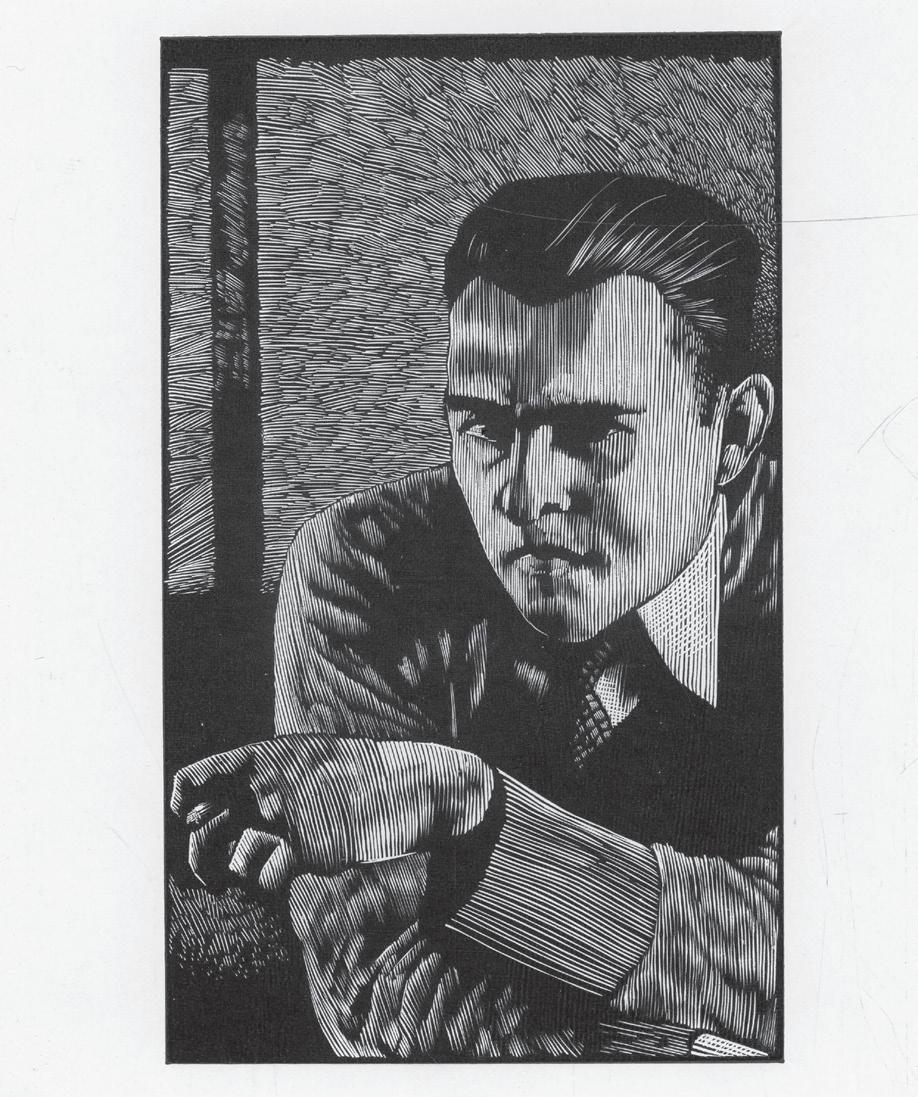
“Paul Maclean” c. 1989. Barry Moser (American, b. 1940), Wood engraving, 4 1/2 x 2 3/4 inches. From Norman Maclean, A River Runs Through It and Other Stories. The Maclean Family Illustration Collection, donated by the family of John N. Maclean, 2025.


“A

“Frontispiece” c. 2021. Wesley W. Bates (Canadian, c. 1952), Wood engraving, 6 x 4 1/4 inches. From John N. Maclean, Home Waters: A Chronicle of a Family and a River. The Maclean Family Illustration Collection, donated by the family of John N. Maclean, 2025.

“Paul’s Fishing Hat” c. 1989. Barry Moser (American, b. 1940), Wood engraving, 4 1/4 x 3 inches. From Norman Maclean, A River Runs Through It and Other Stories. The Maclean Family Illustration Collection, donated by the family of John N. Maclean, 2025.
the family of John N. Maclean, 2025.

“Ahead the river narrowed and went into a swamp.” c. 2023. Chris Wormell (English, b. 1955), Wood engraving, 5 3/4 x 4 inches. From Ernest Hemingway, Big Two-Hearted River, Foreword by John N. Maclean, The Maclean Family Illustration Collection, donated by the family of John N. Maclean, 2025.

“Fathers and Sons” c. 2021.Wesley W. Bates (Canadian, c. 1952), Wood engraving, 3 x 4 inches. From John N. Maclean, Home Waters: A Chronicle of a Family and a River. The Maclean Family Illustration Collection, donated by the family of John N. Maclean, 2025.
Feel for Greatness” c. 2021. Wesley W. Bates (Canadian, c. 1952), Wood engraving, 3 x 4 inches. From John N. Maclean, Home Waters: A Chronicle of a Family and a River. The Maclean Family Illustration Collection, donated by
Flooring Specialists
and More
Ea rly’s Car pet , Inc .
Your Hometown Store So Much Under One Roof!

14574 Lee Highway, Amissville, VA 20106 540-937-5500 Visit Us Online: www.earlyscarpet.com Mon - Fri 9 am to 5 pm ~ Sat 9 am to 2 pm EMERGENCY SERVICES Day, Night & Weekends Availabl e
You already know we are your hometown carpet and vinyl experts. But did you know


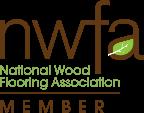


The Largest In-Stock Inventory of Carpet, Area Rugs, Orientals, Vinyl, Hardwood, Laminate, Ceramic & Remnants!


The Specialists
Carrera ©
MODERN FINANCE
A Lightning Bolt Energizes Bitcoin
By Philip Dudley
The Lightning Network is a second-layer scaling solution for Bitcoin and enhances its investment thesis by enabling fast, lowcost, and scalable transactions, addressing key limitations of the Bitcoin blockchain.

For the uninitiated, Bitcoin is a cryptocurrency (a virtual currency) designed to act as money and a form of payment outside the control of any one person, group, or entity. This removes the need for trusted third-party involvement, a mint or bank, for example, in financial transactions.
Bitcoin was introduced to the public in 2008 by an anonymous developer and has since become the most well-known and largest cryptocurrency in the world. Its popularity has inspired the development of many other cryptocurrencies.
The Lightning Network operates through a network of off-chain payment channels, allowing users to transact without recording every payment on-chain, thus reducing fees and congestion while
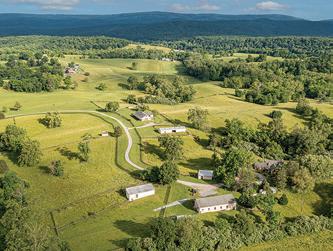
Berryville – An iconic property for the Blue Ridge Hunt -- this Clarke County property has been central to the hunt for decades, hosting meets throughout the season. Light-filled brick home offers 5 BRs / 3.5 BAs on three full levels. Bring your horses, cattle and chickens - room for all. Two DURS remain as well as a second VDOT approved entrance.
preserving Bitcoin’s security and decentralization. A critical aspect of this system is channel liquidity, which directly impacts its functionality and efficiency.
Lightning is a payments protocol built on the Bitcoin network. Two parties open a payment channel by locking Bitcoin into a multi-signature wallet on the blockchain, with only this initial transaction recorded on-chain.
Within the channel, they can exchange Bitcoin instantly. These off-chain transactions are not broadcast until the channel closes, when the final balance is settled on-chain. The network’s routing mechanism connects multiple channels, enabling payments across the network, supporting nearinstant global transactions.
Channel liquidity refers to the amount of Bitcoin available in a payment channel to facilitate transactions in a specific direction. Each channel has a max capacity which is the total Bitcoin locked by both parties, but liquidity is directional.
A drawback to Lightning is that liquidity is not static and requires management. Users must balance channels by receiving or sending funds or by
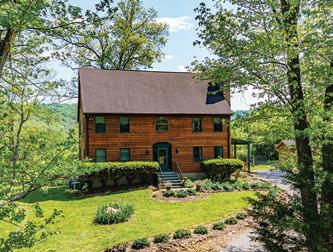
using techniques like “rebalancing” (looping funds through other channels) but capital efficiency is improving dramatically.
The Lightning Network’s ability to process potentially millions of transactions per second, compared to Bitcoin’s base layer limit of approximately seven, makes it a scalable payment system.
Low fees and fast confirmations enable microtransactions, remittances, and daily purchases, competing with traditional systems like Visa or PayPal. By solving scalability, the Lightning Network boosts Bitcoin’s utility, driving demand for BTC as a transactional currency beyond a store of value.
Liquidity challenges, while notable, are being addressed through innovations like automated liquidity management tools and growing network adoption.
As the Lightning Network matures, its capacity to make Bitcoin a practical, global payment system strengthens the case for Bitcoin as a long-term investment, appealing to those betting on its role in decentralized finance.
Philip Dudley is managing partner of Dudley Capital Management in Middleburg.


Philip Dudley
Unchecked Data Growth Threatens Western Loudoun
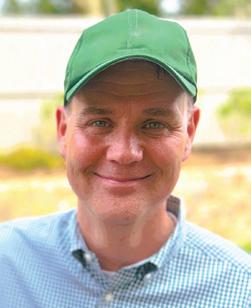
A Memo from the Mayor
By Bridge Littleton
We live now in a world of rapid, constant change, with Loudoun having been at the center of it for decades.
First, it was 20 years of explosive and unchecked housing growth, and we are now living with the unchecked explosion of data centers. We’re all concerned about the ripple effects of the County’s rapid data center expansion, particularly the mounting pressure it places to expand housing development in our rural western areas.
Data centers have bolstered the county’s tax base—now comprising nearly 23 percent of its $170.5 billion valuation and supplying nearly 40 percent of the tax revenues at $900 million. This growth has unintended consequences that threaten the character and sustainability of towns like Middleburg.
Developers aiming to build affordable housing are often outbid by data center companies offering premium prices for land. The surge in data center construction has driven up property values, with single-family homes in Loudoun increasing by over 45 per cent in the last five years alone. This escalation, coupled with a constrained housing supply, has made it increasingly difficult for middle- and lower-income residents to afford homes.
As eastern Loudoun becomes saturated, housing developers are eyeing western regions, including Middleburg, for expansion. This shift threatens our town’s rural charm and could strain local infrastructure.
The environmental implications are significant. Data centers are energyintensive, consuming over 25 per cent of Virginia’s power in 2023, with projections reaching 46 per cent by 2030 . Their water usage and diesel generator emissions further exacerbate environmental concerns.
In February, I, along with my fellow Loudoun County town mayors, urged the Loudoun Board of Supervisors to apply new, stricter regulations, without grandfathering existing applications, to ensure equitable and limited development. Middleburg’s identity is rooted in its rural heritage, equestrian culture, and natural beauty. Data centers and right sized housing have a vital role in the future success of Loudoun, but unchecked development of both threatens to erode the unique balance many have fought hard for decades to maintain.
We must weigh economic growth with the preservation of our community’s character and ensure we provide the measured approach.

Mayor Bridge Littleton
Remembering An Educator for the Ages
By Pat Reilly
Tucked in a corner of the largest park in Manassas is a bronze statue of the facility’s namesake, educator Jennie Dean, her hand sweeping backward as if to present the foundations of an industrial school she founded in 1894.
The campus’ stone footprints appear small and inconsequential now, which belies the enormity of its impact for all of Northern Virginia for decades spanning the turn of the 20th Century.
That’s why Manassas drapery shop owner Mary Jones Owens has set out to retell Dean’s story to new generations in her Legacy and Honor project. Against all odds, Dean accomplished her own dream that helped others achieve theirs.
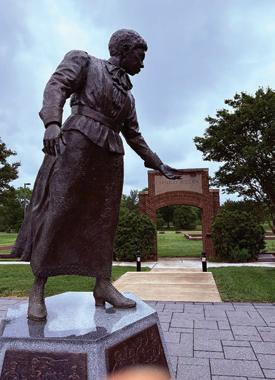
Jennie Serepta Dean was born near Sudley Springs in 1848, part of an enslaved family. Their log cabin was close enough to the Bull Run battlefield in 1861 that they could hear the cannons, smell the gun smoke and respond to the cries of wounded men.
The Deans were drafted to help care for the wounded and bury Confederate dead, Owens said.

After Emancipation, Jennie went to Washington, D.C. to work as a domestic. Owens said she joined the 19th Street Baptist Church, where she gained the missionary spirit, not just for spreading the faith, but education as well.
Her only education may have been at home or Sunday school. She sent money home to help buy farmland after her father, Charles, died. She helped to start three churches in the area that are still operating today. After purchasing hundreds of acres, she started the first secondary school for Black students in Northern Virginia.
Owens’ research indicated that with the backing of powerful women she met in D.C. and an Episcopal Church in Boston, Dean built the Manassas Industrial School for Colored Youth.
It’s a tribute to Dean’s charismatic six-year fundraising campaign that Frederick Douglass gave the keynote address at the official school opening in 1894. A school gateway, still standing in Dean Park, has Andrew Carnegie’s name on it. He may have given as much as $30,000 at the urging of friends, Owens found.
Owens knows that her own ancestors, the Peters family, sent a team of men to help build the school, as did others in the community. Neighbors contributed produce. Teachers worked for small pay. Parents had to pay fees for students to board and learn trades and they came from all over Virginia through the nearby train station. Students would be expected to pitch in and use their skills to support the school. Dean’s school expanded amid funding struggles for almost five decades.
Due to court-ordered changes in Virginia law, the school was taken over by the still segregated public system in 1938. It still was one of a few secondary schools for Blacks in a five-county area from Arlington to Fauquier. Much later, as integration finally came to state schools, the industrial school closed. Black students could go to public school near home free of charge.
This remarkable educator died in 1913 and is buried by the Mount Catharpin Baptist Church she helped found. So is Mary Jones Owens’ great-greatgrandfather. The elementary school near the Jennie Dean monument is named for her.
Mary Owens told Jennie Dean’s story in Warrenton at the John Barton Payne Building at 1 p.m. on May 31, an event sponsored by the AfroAmerican Historical Association (AAHAFauquier. org). The AAHA is moving from The Plains to a new permanent home in Warrenton and reopens on June 14, in time for the popular Juneteenth Street festival on Main Street.


Photo by Pat Reilly
A bronze likeness of Jennie Dean points to the footprint of the campus at the Manassas Industrial School Historic Site, tucked into the schoolyard of Jennie Dean Elementary School in Dean Park.
LIVING FIT & WELL
Time to Assess Your Fitness Level
By Mark Nemish
In my last column, I discussed the importance of improving your current fitness level and the fact that it’s never too late to develop a mindset to improve or achieve better fitness.
Far too often I see people of all ages who are active in the gym but have no sense of accomplishment, doing the same workouts day in day out and with no method of progression.

Mark Nemish and the Washington Capitals’ Stanley Cup.
In order to achieve better cardiovascular fitness, you must first accurately assess your current fitness level to form a basis of self-comparison and a floor from which to set goals.
There are many methods of assessing fitness levels: running tests like the 2-mile Cooper Test, beep tests, step tests, and sub-maximal treadmill/bike tests. All of them are fine and can provide some estimate of aerobic capacity, but unfortunately, they also can be very inaccurate.
I prefer to assess aerobic capacity through a very small pinprick of blood to assess the level of blood lactate that is accumulating in circulation when exercising. Through a series of five-minute bouts of exercise, these lactate concentration tests will allow me to evaluate one’s fitness at the cellular level.
These tests do not take much time, are extremely accurate, and easy for the exercising individual to perform. Equating certain blood lactate levels with the speed on a treadmill or watts on a bike in conjunction with associated heart rate data will give a very nice picture of an individual’s current fitness level. The higher the intensity one can achieve (speed or power) associated with lower lactate levels, the better the aerobic capacity.
Many researchers identify metabolic disfunction at the cellular level as the genesis of poor health conditions. More specifically, mitochondrial dysfunction due to over-nutrition and a sedentary lifestyle has been identified as a key component.
If you remember back to Biology 101, your mitochondria are the powerhouse of the cell, the site where energy is generated. Without getting too far down the rabbit hole, mitochondrial dysfunction can result in greater oxidative stress which can exacerbate a whole host of all-cause mortality disease states. Great functioning and abundant mitochondria in muscle are a function of higher fitness levels. Since mitochondria consume lactate as a fuel, the fitter individual is one who has less lactate accumulation in circulation when running at higher speeds or pedaling at higher watts.
\As a result, testing your lactate in response to specific training intensities is a great way of assessing your mitochondrial function and your overall health. Training with low-moderate intensity long duration and/or high intensity interval training protocols can greatly improve your function, size, and number of mitochondria. something I will outline in depth in the next issue.
Mark Nemish is the owner/director of Precision Health Performance based in Round Hill. He spent 22 years as head strength and conditioning coach for the Washington Capitals (2007-23) and Nashville Predators (1998-04) in the NHL.

From the field to Main Street, from the farm to table, this restaurant was built to nourish our community and to celebrate our region.
Locally Sourced, Hearth-Prepared Cuisine
Family Friendly Dining
Private Heated Outdoor Cabanas
Monthly Food & Wine Events
Craft Beer & Cocktails
Extensive Wine Selection
Private Events & Rehearsal Dinners


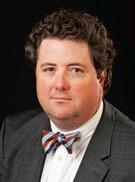


T. Huntley Thorpe III
Karen E. Hedrick
Robin C. Gulick
HOME IMPROVEMENT
Time to Warm Up to the Great Outdoors
By Jeff Weeks
As warmer weather sets in, many of us are naturally drawn outside to soak up the sun, relax with friends, or enjoy a quiet moment with family.
Your outdoor living space naturally takes center stage this time of year, offering a relaxed extension of your home and lifestyle. When that space includes a pool or pool house, it becomes the ultimate setting to unwind in both comfort and style.
Thoughtful design plays a key role in ensuring your outdoor space not only looks beautiful, but also enhances the way you live—bringing comfort, flexibility, and a lasting connection to the outdoors.
One recently completed project highlights the transformative power of smart design. The homeowners had a pool house that once served as a horse barn. It was dark, closed-off, and lacked the inviting atmosphere they envisioned for entertaining and relaxing. Working closely with them, our team reimagined the space, preserving its character while introducing modern functionality and timeless style.
Standout features included:
• Expanding access to the outdoors with wider openings and new sliding doors that let natural light flood in and create a seamless indoor-outdoor connection.
• Incorporating warm, natural materials like wood accents, stone countertops, and ocean-blue tiling to establish a calming, coastal-inspired atmosphere.
• Opening up the kitchen to serve as the central hub for poolside gatherings,


Jeff Weeks



while upgrading the second-floor guest suite with pocket doors and a refreshed en suite bath to provide a serene, private retreat.
• Adding a gabled porch to offer shaded seating and a graceful transition from the pool house to the surrounding landscape.
The resulting space achieved the homeowner’s vision of a welcoming, relaxed retreat that feels cohesive with their main house while offering an escape right in their own backyard.
Designing an outdoor space that complements your lifestyle and home takes more than inspiration, it takes the right team. With decades of experience in luxury renovations and dedicated, on-site project managers who oversee every detail of your project, BOWA brings expert guidance to every stage of the process.
Whether you’re starting from scratch or have a specific idea in mind, now is the perfect time to plan. Reach out today to explore the possibilities for your home.
Jeff Weeks is a Bowa project leader.


A Decorative Arts Master With a Police Record
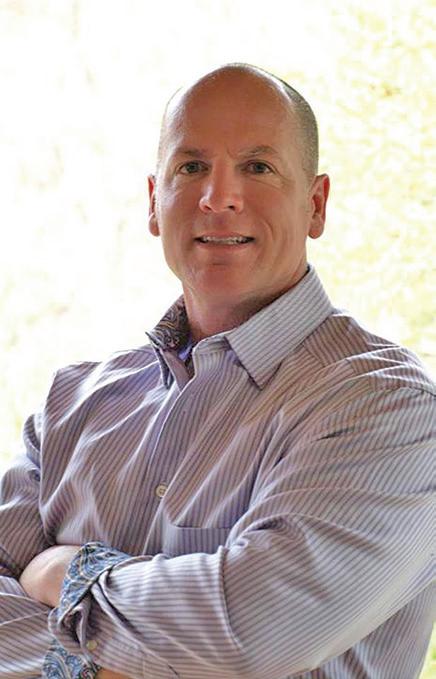
GBy Leonard Shapiro
rowing up on Long Island in the 1970s and the son of a New York City fireman, John Kiernan had a mostly idyllic childhood, even if his parents strictly limited the minuscule amount of time he and his four siblings were allowed to watch television.
“We were either outside playing or inside resting,” he recently recalled. “The best way to entertain myself was drawing, and I started doing that when I was five years old.”
And he’s never stopped.
Kiernan, 61, is a multi-talented artist and founder and owner of Blue Line Studios LLC now based in Winchester and specializing in the decorative arts. He’s incredibly versatile in utilizing virtually any medium and his work ranges from spectacular indoor Trompe’ Loeil murals, gorgeous paintings, posters and so much more. He also does kitchen makeovers and decorative finishes that include metallic and venetian plaster.
His resume is equally diverse. He earned a degree in advertising art and design at Long Island’s Farmingdale State University and eventually spent the early 1980s as an art director for two New York advertising firms, where he worked on campaigns for Burger King and Avis Car Rental, among many others.
Then came a major U-turn. Because of his father’s
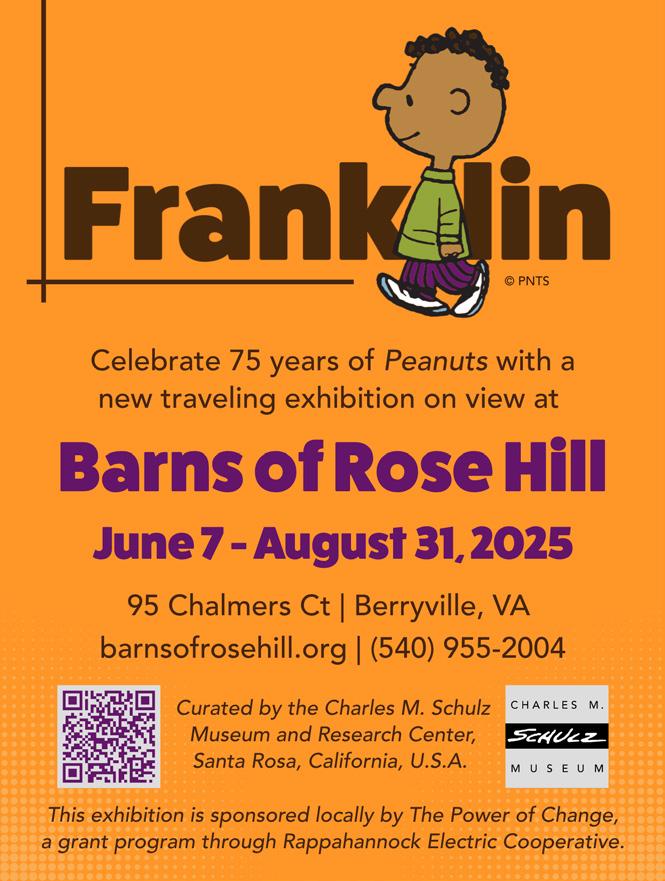

dedication to public safety, he had always been fascinated with law enforcement, and he decided to join the police force in Southhampton Village, near the tip of Long Island. He liked the stability, the benefits, the pension possibilities, and in 1988 he moved to Virginia and joined the Fairfax County Police Department, where he stayed for 13 years.
“I had heard good things about it, and they were hiring a lot of cops from New York and Pennsylvania and you could max out on the overtime,” he said, adding that he also kept up with his artwork on the side by contributing law enforcement-themed work to various police organizations.
The last few years he was part of the Fairfax County’s SWAT Team, but his artist’s appetite was not totally satiated, and he began exploring other creative opportunities.
“I went out to the Home Show near Dulles Airport to see if I could get some work as a part-time artist,” Kiernan said. “I met a woman there who wanted me to paint some cabinets in her kitchen. Then I would pick up other jobs here and there, but the only way people would take my work seriously was if I did it full time.”
And so he did, leaving the force to take a job with a McLean-based decorative arts company. The firm matched his police salary and paid him to apply his art to the faux finishing profession, wood graining and marbling, among many other skills he
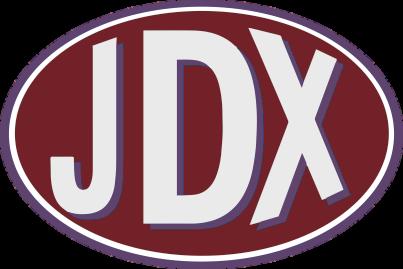
John Kiernan
developed. Kiernan said he gave himself a year to see if this sort of work was the right fit for him, and clearly it checked all the proper boxes and “I never looked back.”
In 2002, he opened his own business, originally based in Warrenton before moving it to Winchester in 2020. He’s mostly a one-man operation, “but when I need help on a project, I have other artists I can call on.”
From 2017 to 2021, he also worked with Golden Rule Builders in Catlett, a custom home builder. He created high end kitchens and bathrooms and even designed several new homes. Most of the remodeling included some decorative painting and mural work, as well.
Among his favorite current clients are the Washington Capitals. He’s designed four different posters for them, including a recently completed work on a life-sized poster of Capitals’ star Alexander Ovetchkin. He expects that will be a big seller now that “The Great Eight” has set the National Hockey League’s all-time record for most goals scored.
Kiernan also continues to do work using law enforcement themes to help raise funds for various police organizations. He’s recently completed four murals projects for the Winchester Cancer Center and has even found his way over to the Upperville Colt and Horse Show grounds to do a gorgeous painting of its historic setting under the oaks.
Over the years, he’s travelled abroad to study all manner of decorative art techniques, new and old, and he’s also taught classes, both in Europe and the U.S., in the various specialties he’s mastered.

These days, he devotes major energy to showing his work in fine art shows and galleries, and paints commissioned murals on canvas. He also has four children, and said his wife, Charleen, is his biggest
supporter.
Clearly, it all results in John Kiernan being a very busy and productive man, with very little television and no badge necessary.
















The Hill School offers an education as unique as your child. Come visit our community to learn how our program of Total Education – strong academics and meaningful participation in art, music, sports, and theater – helps build character and confidence in our students and gets them started on the path to being happy, successful adults.
thehillschool.org

Voted Best Private School in Loudoun County for Six Consecutive Years




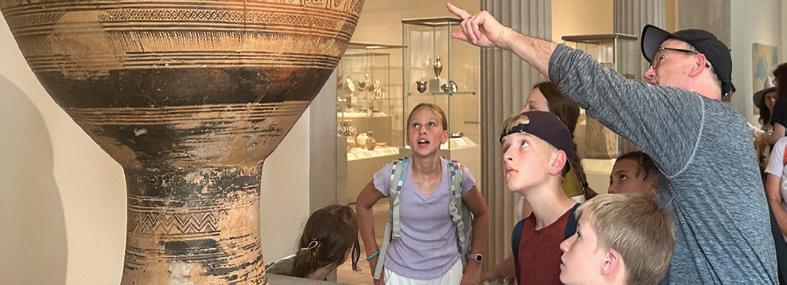
John Kiernan at work on a Washington Capitals project.










ARIES
Strategize your identity now. Raise your consciousness of yourself. Stay flexible with finances. You are more than what you own. Use this super powered energy in business and health matters.
7/18-8/11: Review creative projects.
TAURUS
Tie up loose ends. Work on anything very personal. End that addiction. Curve balls incoming through 2026 in the area of ‘self’.
Get service-oriented projects organized. Prioritize play.
7/18-8/11 Review anything ‘home’.
GEMINI
It’s a new scene now in a public-facing role. Be yourself and a team player. Subconscious work gives you freedom from yourself. Build on it.
Use energy to establish a healthy new routine at home.
7/18-8/11 Busy! Allow for changes in plans.


CANCER
The karmic harvest in your public sphere begins.
Direct your ambition toward detailed intellectual work.
Relationships at work are fiery. Find grounding with your chosen clan.
7/18-8/11 Review your life budget.
LEO
This summer, time favors anything that expands your world view. Freedom through work is ongoing. Technology changes are inevitable. Channel energy into your personal budget and don’t allow ego to rule possessions.
7/18-8/11 Review or rehearse anything to do with ‘self’.
VIRGO
Something transformative and lasting to do with another is building. Unexpected enlightening experiences will continue. Stay open.
An intellectual relationship will be highlighted in July, perhaps more than one.
7/18-8/11 Ponder your subconscious beliefs.
LIBRA
Time to create a system that works with a significant relationship (or your clients). Make time to balance your mind and uncover secrets in your own universe.
Your career or another public role is set to expand.
7/18-8/11 Review memberships.
SCORPIO
Daily life will feel less like a bubble. The wild ride with a partnership is intended to create freedom for you if you choose to see it that way. Hard at work, a healthy teamwork routine is in order.
7/18-8/11 Expect rescheduling at work.
SAGITTARIUS
It just got real with a project, your kids, or romance. You’ve got this.
Upheavals in your daily life or work for years now serves your perspective. Plan now for a busy June & July with work & travel.
7/18-8/11 Allow for delays in travel plans.
CAPRICORN
Changes on the home front are destined. The unexpected with young ones, a romance, or a business just happened. Resolution comes July. Money situations with another are in focus.
7/18-8/11 Review agreements.
AQUARIUS
Something more concrete in your communications, siblings, and neighborhood zone. The “unsettled” with your home or property ends July, for good in 2026. Opposition with your other half or clients settles mid-June.
7/18-8/11 Rework with your partner or clients.
PISCES
Less guessing now in your zone of finance. It’s an ongoing process learning what you value- including communication styles. Mid-June, focus on the health of your closest partnerships. Boundaries are your friends, too.
7/18-8/11 Leave extra space in daily life.
Lindsay Vedeber is a Middleburg resident and a professional astrologist who provides detailed personal readings. Details: www. Superconscious.space.

An Education Cornerstone at Middleburg’s Newest School
By Michele Husfelt
When the bell rings to signal class changes, he excitedly runs from his office to the hallway as the cacophony of kids increases and the fist pumps begin. According to his administrative assistant, Rachel, “the kids are what makes him tick.”
Meet Bill Oblas, a longtime educator, with 41 years in the Loudoun County Public Schools, including the last 13 as a principal before he retired in 2014. And yet, feeling that he still had much to offer, he was thrilled when the county continued to call him to fill in for long-term substitute positions.
In 2022, Oblas received a call from a former student, now an assistant pastor at Cornerstone Chapel in Leesburg, the church he and his wife attended, asking if he would help conduct a feasibility study to determine the need for a Christian school in the area.
After several months of studying the area’s demographics and educational needs, they determined that such a school could indeed thrive.
Once the feasibility study was completed in 2022, he was asked to stay on as a consultant to help get the school started. He began by hiring staff, and over the next year, interviewed additional staff and students’ families.
In the hiring process, Oblas was amazed that
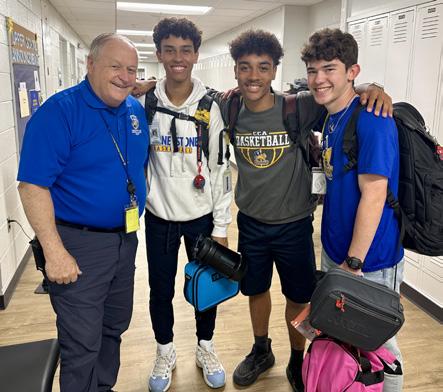
applicants came from as far away as Atlanta and the Midwest, having learned about the school through the online church services. The children arrived from diverse educational backgrounds, including home schooling, private schools, and public schools.
According to its website, “the intention was to offer more than academic excellence: Cornerstone Christian Academy would partner with parents to help students find, follow, and flourish in God’s unique plans for their lives.”

Cornerstone, located on the site of the old Middle burg Academy on the St. Louis Road, opened in 2023 with 525 students. Oblas took on several other roles until the position of upper school principal became available in 2024. When asked to fill that job, he gladly accepted.
“After 41 years of full-time and eight years of substitute teaching, this is the capstone of my career,” he said. “It’s a great way to finish up, with a faculty of Christian teachers (80 staff members total) and students, and it’s such a rewarding experience to have the freedom not to worry about what we say, to speak biblical truth in all we do. It’s been such a joy.”
Asked about his favorite part of the day, he quickly replied. “The kids. You get energized. You know when you talk to these kids that our future is in great hands. And the staff is great, as well.”
Education is a family affair. Oblas also has three children who currently teach at LCPS.
“There is a lot of good going on in the Loudoun County schools,” he said. “I had a great career with them. This is my 53rd year in education, and the last three years have been amazing. I’m a weirdo who can’t wait until Monday mornings. When you’re away from school for two days, I just can’t wait to get back to see the kids.”
After the fist pumps and hugs, the students made their way to class, and Bill Oblas walked to his office with a satisfied grin lighting up his face.
Experiences Rich in Flavor
Indulge in vibrant and flavorful creations meticulously prepared with the fines locally sourced ingredients from Virginia’s Piedmont region.
As Virginia’s newest Forbes Five-Star restaurant, every exquisite bite sets a new standard for culinary excellence.
Photo by Michele Husfelt Cornerstone educator Bill Oblas and a few of his students.
You’ve WATCHED the race…
This is what it’s like to WIN the race. It’s time to GET IN THE GAME…
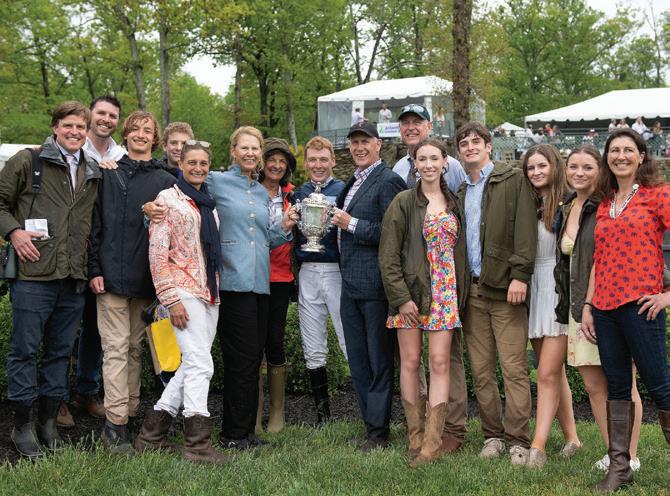
Steeplechase & Flat Racing Partnerships
Racehorse Sales

RIVERDEE STABLE & CLANCY BLOODSTOOK
Sean & Anne Clancy
Sean 302-545-7713 | sean@ thisishorseracing.com Anne 917-446-2848 | akclancy@riverd.net www.riverdeestable.com
Middleburg Spring Races Did
Not
Disappoint
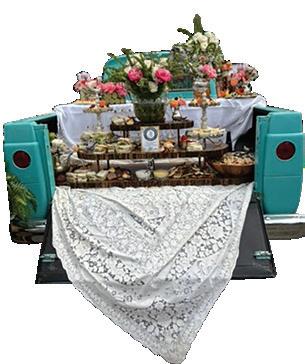
Amassive crowd came through the gates at newly expanded Glenwood Park to witness the Middleburg Spring Races, Virginia’s oldest steeplechase. It was a delightful April afternoon as Irish jockey Graham Watters on Snap Decision trained by Jack Fisher won the $100,000 Temple Gwathmey Hurdle Stakes for the fourth time.



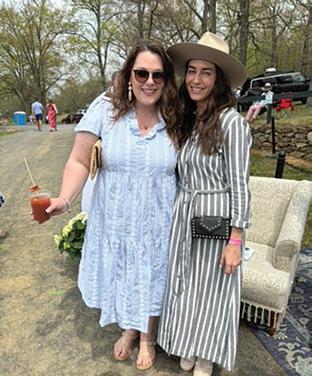

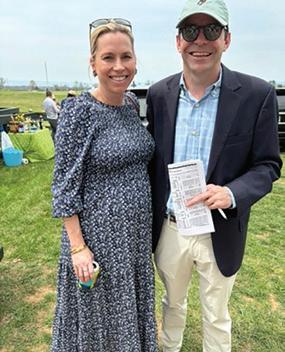
Photo by Doug Gehlsen-Middleburg Photo.
Ann Hankin, jockey Graham Watters and Mike Hankin in the winner’s circle for the Temple Gwathmey.
Montana Ruffner and Izzy Wolf
Photo by Vicky Moon
Sheila Johnson with Middleburg Mayor Bridge Littleton.
Photo by Leonard Shapiro Laura Gail and Jack Zimmerman
2












A Wakefield Independent Study Leads to Ocean Turbulence
By Finnliegh Renz
My curiosity about microplastics was piqued during a recent Wakefield School-sponsored trip to the Galápagos Islands.
Our group traveled there to research endangered tortoises and remove invasive snails. On the shores of Tortuga Bay—one of the most remote and pristine beaches in the Pacific—I stumbled upon something unexpected: tiny plastic fibers embedded in the sand.
If micro-plastics could find their way to such an isolated location, I wondered what effects they might have on ocean currents worldwide?
Fortunately, I was able to explore this question further in the laboratory through Wakefield School’s Independent Study Program. With the support of a team of expert faculty mentors, I embarked on a journey of discovery—from poring over research articles to designing and constructing experimental equipment —enabling me to experience the thrill of scientific inquiry.
Wakefield’s Independent Study Program offers students a unique opportunity to explore their intellectual passions beyond the bounds of the traditional curriculum.
The program is rooted in the belief that deep learning occurs when students take ownership of their education. It empowers participants to ask bold questions and seek meaningful answers by creating
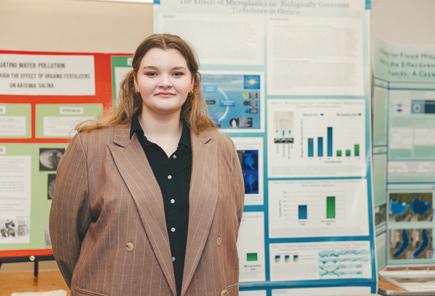
their own novel independent study projects. They span a wide range of disciplines—from environmental science and engineering to literature, economics, and the arts—and allow students to investigate areas rarely covered in typical high school courses.
According to Peter Findler, Head of Upper School, this self-directed learning experience not only fosters critical thinking and problem solving skills but also cultivates the intellectual curiosity essential for success in college.
He added that students engaged in independent study discover not just new information, but new dimensions about themselves, often viewing themselves as scholars and innovators capable of sharing ideas that matter.
Dr. Victoria Miller, Wakefield’s Science Chair, believes few experiences are more transformative for
a student than uncovering meaningful trends within their own raw data -- especially when those patterns connect to complex global systems.
With her guidance, I elected to study ocean turbulence. My project, “The Effects of Microplastics on Biologically Generated Turbulence in Oceans,” earned regional recognition—second place in the Environmental and Planetary Science Division at the Virginia Piedmont Regional Science Fair. It also received a special award from the National Oceanic and Atmospheric Administration for “Taking the Pulse of the Planet.”
It’s a powerful example of how personal curiosity, scientific investigation, and environmental stewardship can intersect in meaningful ways.
This experience taught me that science isn’t just about results—it’s about asking the right questions, navigating setbacks, and letting curiosity lead the way.
In a world increasingly shaped by complexity and rapid change, Wakefield’s Independent Study Program offers something both rare and essential: a chance for students to engage deeply, think independently, and make meaningful contributions—even in high school.
It’s a program that not only readies students for college, it prepares them to ask questions that matter and to search for the answers, wherever they may lead.
Details: Finnliegh Renz is a rising senior at Wakefield School in The Plains. To view her project, visit https:// bit.ly/3EZHBB1.


Wakefield student Finnliegh Renz.
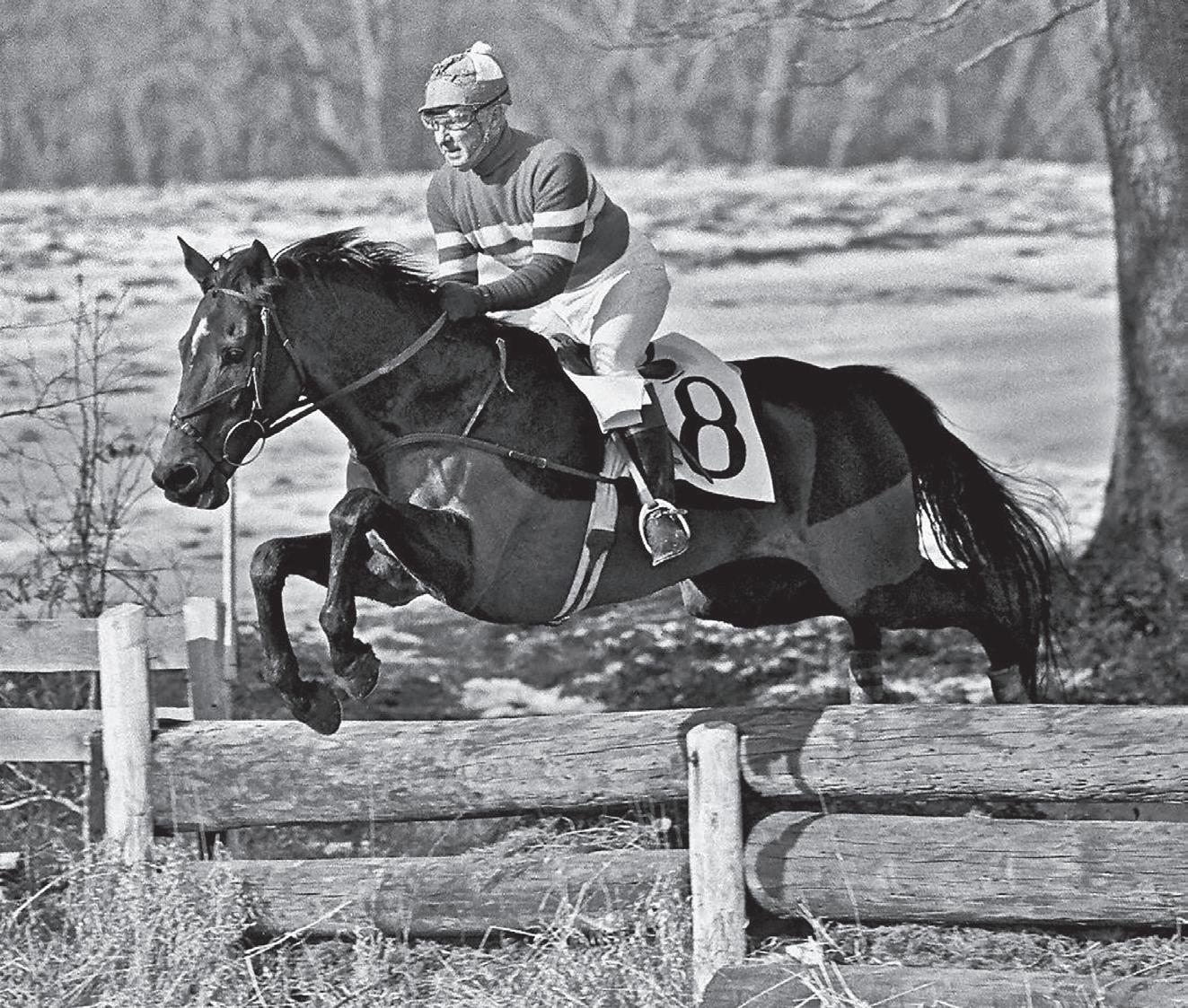
CINZANO
The National Sporting Library & Museum recently hosted a discussion with author Daniel Torres Rodríguez about his incredible book, Cinzano: Champion, Convict and Legend
Cinzano: Champion, Convict and Legend details the unbelievable story of a winning racehorse, his mistaken identity, and the scandal surrounding it. One of the most outrageous wrongdoings in U.S. racing history began when a colt named Cinzano was purchased at auction in Uruguay. The champion colt won several important races in Uruguay before being sold to Dr. Mark Gerard, Secretariat’s veterinarian, and shipped to the United States.

Cinzano: Champion, Convict and Legend by Daniel Torres Rodríguez tells the story of Cinzano, a racehorse whose career was marked by triumph and scandal.
Gerard’s horse purchase included an unremarkable bay colt with a white star named Lebón. The two horses were shipped together and spent just one day at Dr. Gerard’s farm before Cinzano met his untimely demise. The horse’s tragic death resulted in his new owner collecting thousands of dollars in insurance money. Strangely, no questions were raised when Cinzano’s body was unceremoniously dumped into a landfill.
Shortly after Cinzano’s death, Lebón, the horse with whom Cinzano was purchased, was shipped to race at Belmont Park. The decision to run the longshot horse, a dirt sprinter, in a 1 ¼- mile turf race was unusual, but the 57-1 odds made perfect sense. To everyone’s surprise, Lebón was easily victorious, and Dr. Gerard collected $80,440 on his bet.
Following several impressive wins, red flags were raised, and a fraud investigation ensued. The investigation revealed that the champion, Cinzano, was switched with his travel partner, Lebón, and was still alive and well. Dr. Gerard, who orchestrated the switch, was charged with fraud, bribery, and witness tampering, and several others, including his wife, were implicated.
Cinzano was barred from flat racing, but his winning streak continued on the point-to-point circuit after he was sold to Randy Rouse. Cinzano was undefeated in ten starts before retiring to Rouse’s farm in Virginia, where he lived until he died in 1999 at the age of 26.
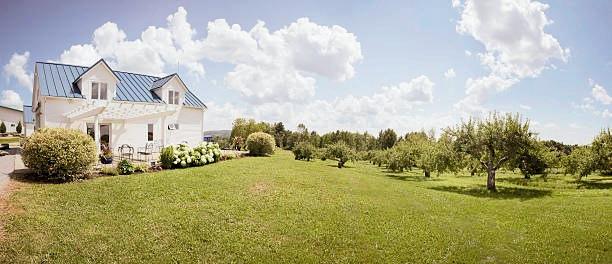
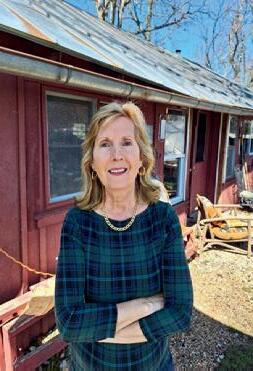







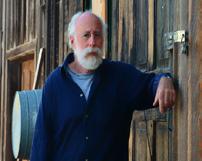
Cinzano with Randy Rouse, up.
Golf For Conservation
The Piedmont Fox Hounds Conservation Fund will hold its first annual Conservation Cup golf tournament on Friday, August 15 at Blue Ridge Shadows Golf Club in Front Royal.
The Conservation Fund is a 501 (c) 3 nonprofit organization that supports conservation efforts protecting open countryside, wildlife habitats and the area’s sporting tradition for future generations.
The tournament also will award a trophy in the name of the late Billy Dillon, the long-time golf professional at Loudoun Golf and Country Club in Purcellville.
The entry fee to play is $125 per player or $500 for a team of four, with an 8 a.m. check-in and a shotgun start at 9 a.m. To register or for further information, contact tournament chairman Jerry Dabrowski at dabrowsj@yahoo.com.
Middleburg FISH (For Instant and Sympathetic Help), an all-volunteer organization that has been providing services to area residents in need for over 60 years, is looking for volunteers to serve as telephone operators to take calls one day a month.
It’s a non-sectarian, non-profit group dedicated to helping people meet financial emergencies and
NEWS & NOTES
short-term needs. FISH responds to requests for help with rent, utilities, and medical items (including prescriptions). Its goal is to prevent an eviction, keep utilities from being turned off, and help people pay for their prescriptions.
The volunteer commitment is for only one day a month, and operators can even use their cell phones. Operators record details from those needing help and then work with the FISH treasurer to get the assistance needed. If you can serve as an operator, contact Martha Cotter at bigfish@middleburgfish.org.
Five Loudoun and Fauquier County residents were among ten students recently elected to the Foxcroft School Chapter of the Cum Laude Society. They included seniors Flora Hannum (Delaplane) and Sarah Baker (Purcellville) and juniors Bronte Broadwell (Round Hill), Caroline Weck (Marshall) and Helenka Chodakiewicz (Purcellville).
Latin teacher Megan Barrett was also elected to the Society to honor her dedication to the scholarship, teaching, and love of learning. All were officially welcomed as new members into the Society during the Cum Laude induction ceremony at Foxcroft’s annual Awards Assembly in May.

Students selected must have superior academic records, as reflected in their course load, grade point average, and other factors. They must also demonstrate a serious interest in the pursuit of knowledge and academic integrity.
The Virginia Department of Historic Resources (DHR) unveiled a state historical marker approved by the Commonwealth’s Board of Historic Resources at a dedication ceremony in May for the John G. Lewis Memorial Bridge in Loudoun County.
Built in Cleveland, Ohio, by Variety Iron Works in 1889, the pin-connected Pratt truss bridge was installed for service in 1890 on Virginia’s Leesburg and Al-exandria Turnpike, the present-day Route 7, in Loudoun County. In 1932, the bridge was relocated to Featherbed Lane over Catoctin Creek.
Standing at 159 feet, the structure is among the longest metal truss bridges still in use in the state. In 1974, local organizations rallied to preserve the bridge. With the support of the Loudoun County Preservation and Conservation Coalition, the bridge was again protected in 2015, the year the community re-named it for local preservationist John G. Lewis, who documented more than 700 historic structures in the region.


Marshall Volunteer Fire Department PANCAKE BREAKFAST
Photos by Leonard Shapiro


On a recent Sunday morning, the Marshall Volunteer Fire Department drew a nice crowd upstairs in the firehouse for a traditional pancake breakfast, with all the fixings. Retired chief Eddie Payne manned the cash box, his wife, Brenda, was in the kitchen and Fauquier Sheriff Jeremy Falls and his wife, Crystal, were among the very satisfied diners.
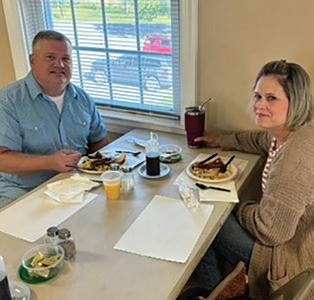
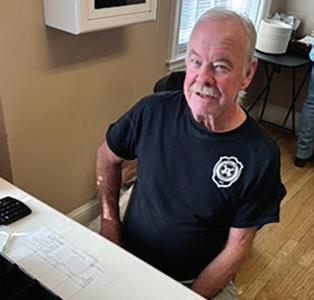
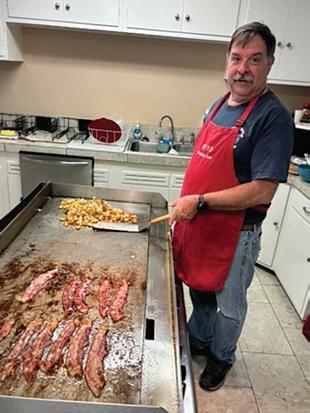

RURAL BAKERY


“America’s Best Bakery Destinations”






“One of America’s best small-town bakeries” TRAVEL+ LEISURE






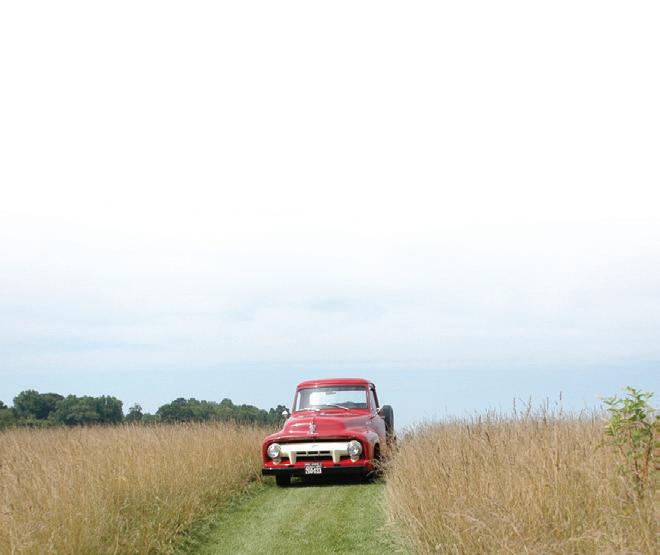


Sheriff Jeremy Falls and his wife, Crystal
Buddy Lane in the kitchen cooking up some bacon and eggs.
Volunteer cooks Brenda Carlie and Elizabeth Scott took a break and enjoyed a delicious breakfast.
Eddie Payne, retired chief of the Marshall Fire Department.

Ashleigh Offers Elegance and History, Too
The stunning estate of Ashleigh (ca. 1840) is rich in history and beautifully sited to enjoy the magnificent gardens as well as grand views of the Delaplane countryside.
These 98 acres were once part of Oak Hill, Chief Justice John Marshall’s estate, and the stone and stucco Greek Revival manor house was designed and built for his granddaughter, Margaret Marshall Smith, and her husband.
Ashleigh is listed on both the National Register of Historic Places and Virginia Historic Landmarks. To further protect the estate, the current owners put Ashleigh into a conservation easement with the Land Trust of Virginia.
Wide stairs ascend to the columned front portico. The grand front hall features beautiful heart pine flooring and wide moldings, large, deep-set windows, and a ceiling height of over 12 feet.
Through deep set, heart pine doorways is the elegant double drawing room adorned with a fireplace at each end of the room, a wet bar, and floor to ceiling triple sash windows that open onto decorative iron balconies. The windows overlook the lower-level stone terrace with fountain, gardens, and lawn.
The upper level of the east wing, in addition to bedrooms and baths, includes an impressive octagonal library, built in 2001 to house an extensive collection of books and art.
The upper level of the west wing features the very private and elegant owner’s suite. The foyer of the suite offers a wall of closets and a powder room. The lovely bedroom has a 10-foot ceiling height, heart pine flooring, a fireplace and stately deep-set windows. There’s also a spacious walk-in closet, and adjacent marble bath.


The ground level, light filled gallery is the entrance most used and offers a tile mural by local artist Joan Gardiner. The gallery opens into a gracious sitting room with access to the formal dining room and study.
The dining room has French doors that open out to a large stone terrace, perfect for al fresco dining and entertaining. From the dining room, a butler’s pantry leads to the recently remodeled kitchen equipped with beautiful white
Historic Ashleigh from the front.
Gorgeous gardens all around the back patio.
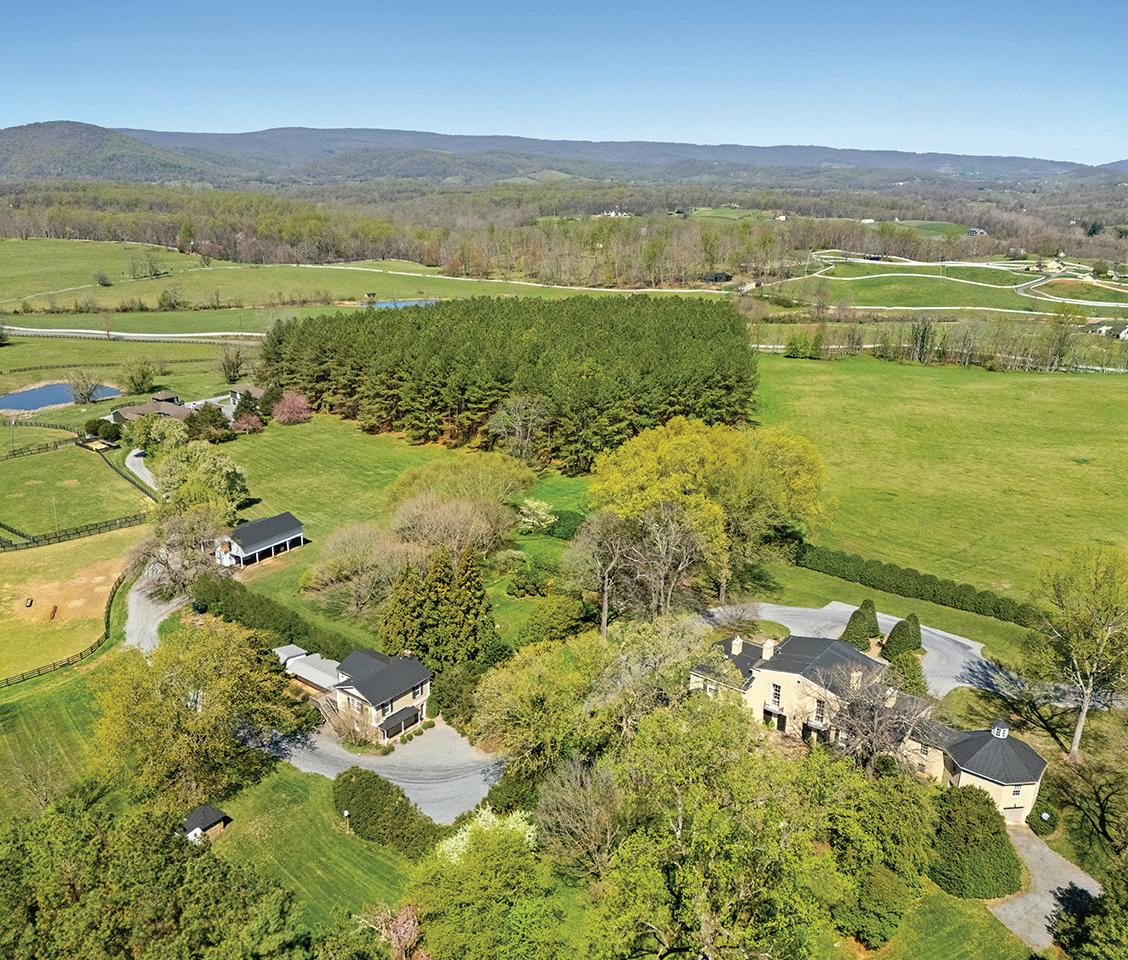
cabinetry and marble countertops.
When the current owners purchased Ashleigh, the already established gardens were enhanced with an impressive 100-foot long fountain within an existing garden room, and a new pergola was added to support the established wisteria. Adjacent to the gardens is the heated pool and stunning pool/guest house with gathering room, full kitchen and two bedrooms.
Horse facilities include three stables—ten-stall, four-stall, and three-stall—run-in sheds and a large machine shed. Attached to the ten-stall stable are two separate living quarters designed for farm managers. Close to the main home, there also is a two-bedroom, twobath guest cottage.





The spacious formal dining room.
pool and
A birds-eye view of the 98-acre property
There’s an elegant double drawing room adorned with a fireplace at each end.







Mickie Gordon, The Man, The Park
By Denis Cotter
Two years ago, the Loudoun County Parks and Recreation Department was fully intent on turning historic Mickie Gordon Memorial Park in Middleburg into a cricket complex. On the 99-acre site, it proposed installing three championship cricket fields, 238 parking spaces, eighteen 100-foot high light poles for evening matches, and a widening of Route 50.
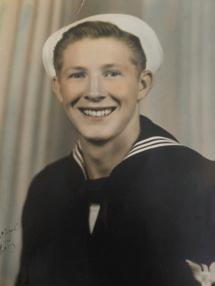
Almost immediately, a grass-roots community campaign began to “Save Mickie Gordon Park.” It was quite effective and the county quickly backed off, eventually recommending restoring the park as strictly a baseball venue. At the time of the controversy, much also was learned about the history of the park long before Mickie Gordon had ever been there.
In the beginning, it was known as Hall’s Park, named after a highly successful local African-American builder, William Nathaniel Hall (1891-1958), who purchased the field in 1920.
It was one of the few places a Black athlete could play organized baseball. The Middleburg Braves, an all-Black team, called it home for decades. Every Memorial Day, Fourth of July, and first Friday in September, Black spectators from near and far came out in force to see baseball, horse racing, and marching bands from Washington.
And just who was Mickie Gordon?
Like William Nathaniel Hall, he was a Middleburg native, born in September 1927 as William Lee Gordon. He was a small, active child and somehow got compared to Walt Disney’s cartoon mouse—Mickie—just then starting to become popular.
He was the fourth of six children born to Edna and Raymond Gordon. The family lived on Madison Street where Raymond Gordon (1900–1969) owned a tailor shop. He served local and visiting equestrians, including First Lady Jackie Kennedy, for whom he made riding clothing.
Raymond Gordon, known as “Pop,” was a baseball enthusiast, a passion he inherited from his father, Clarence. Pop duly passed along the love of baseball to his own children. John Kelly Barrett’s book, “A History of Loudoun County Baseball, 1869 to 1987,” records that Pop began playing in 1921 for the all-White Middleburg team in the newly formed Loudoun County Baseball League.
They played at Clark’s Field on The Plains Road owned by the late Stephen Clark Jr., and now part of the Hill School property. Clark’s own father had donated his extensive collection of baseball memorabilia to the National Baseball Hall of Fame in Cooperstown, New York.
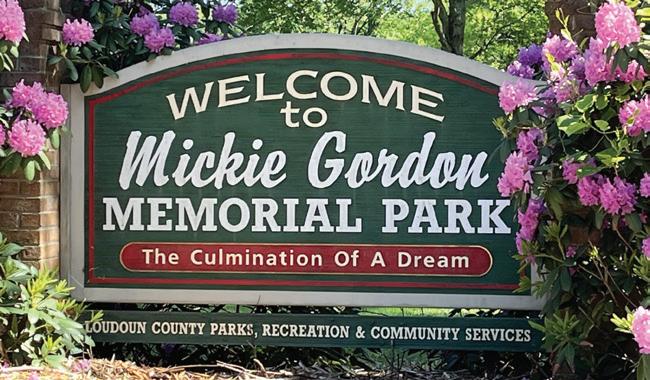

Courtesy of his daughter, Debra Gordon Schlieth Mickie Gordon, a proud Lion, in uniform.
Photo by Denis Cotter
The entrance to Mickie Gordon Park off Route 50 east of Middleburg.
After graduation from high school in 1945, Mickie joined the Navy a few months before the end of World War II. He served for four years before being honorably discharged in 1949.
A year later, he married a local Middleburg girl, Eleanor Pearson. The marriage certificate identified his occupation as an electrician, a trade he learned in the Navy. Later, he was trained by Maytag as a master repairman for their brand. He went on to become a master gas fitter, installing and maintaining the gas heating for local homes and swimming pools.
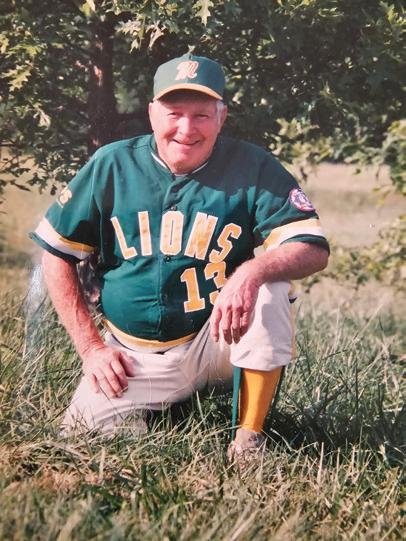
Mickie and Eleanor had two children, Tim and Debra. Tim Gordon rapidly became involved in baseball. By then, William Nathaniel Hall had sold Hall’s Park in 1948 to a horse breeder who later sold it to the Loudoun County School Board, which intended to construct a segregated school there for Black children. Eventually, the board abandoned this idea and built Banneker Elementary in St. Louis instead.
In 1960, the School Board leased the land to the Loudoun County Parks and Rec to be used for baseball, football and other activities. It was re-named Mercer Park after Charles Mercer, founder of Aldie.
As his children grew up in the 1950s and ‘60s, Mickie played several positions, including shortstop, and was a Loudoun County All-Star for several years, like his father before him. His father, Pop, coached the team and for a while, his brother, Jack, did the same.
In the mid-1950s, Mickie became interested in the Babe Ruth Baseball League, founded in 1951 as a follow-up to Little League, enabled youngsters to continue playing into their teenage years. Mickie helped establish the Babe Ruth Baseball League in Loudoun County.
Loudoun schools were integrated in 1962, and by the mid-1960s, Mickie started a Babe Ruth Baseball League team in Middleburg and actively recruited both Black and White payers. If a youngster needed ride to a games, Mickie picked him up himself. He also solicited donations to ensure his players always had uniforms and equipment.
Mickie was a volunteer giant, and one of his main goals was to enable disadvantaged teenagers to have a safe place to go and a constructive pastime. His players learned much about the intricacies of the game from him and the value of teamwork and commitment.
He became known as “Mr. Babe Ruth of Loudoun” and his dream was to bring a Babe Ruth International World Series for 16-year olds to the county. It happened shortly after his passing in 1996 when it was awarded to Fireman’s Field in Purcellville.
Mickie also spent countless hours as a member of the Loudoun Parks and Rec advisory board starting in 1976. In the Spring of 1982, a plaque was placed at Mercer Park dedicating the baseball field as Pop Gordon Field, honoring Mickie’s father for his contributions to Middleburg and county baseball.
Mickie died at age of 68 in June, 1996. He had been baptized, married, and had his funeral service at the same church—Middleburg’s United Methodist on Washington Street. At his request, he was buried in his Middleburg Lions baseball uniform. He also had asked the choir sing “Take Me Out to the Ball Game” at the end of the service.
He was buried in Middleburg Memorial Cemetery. A year later, Loudoun County renamed Mercer Park “Mickie Gordon Memorial Park” in his honor.
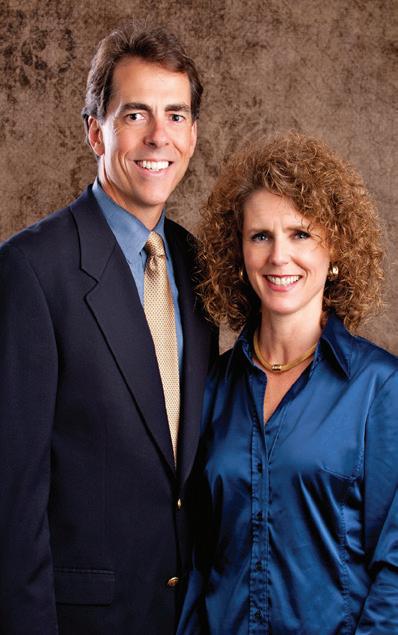

Courtesy of his daughter, Debra Gordon Schlieth Mickie Gordon, a proud Lion, in uniform.

At Trinity Episcopal Church in Upperville recently: Rev. Jonathan Adams, Canon to the Ordinary Dr. Don Binder, Bishop Mark Stevenson of Virginia, Betsee Parker, was Consecrated Canon Emeritus of Jerusalem, Middle East Archbishop Hosam Naoum of Jerusalem and the Middle East, and Bishop Gail Harris of Virginia. The honor for Parker was in recognition of her keeping a bombed hospital open and operational in Gaza throughout the war.
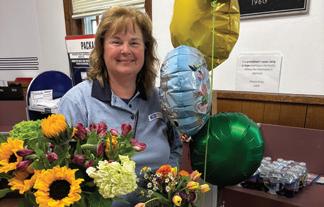
One of our favorites from the Middleburg post office Trish Hahn has retired as a sales and service associate. We wish her well.
Photo by Vicky Moon
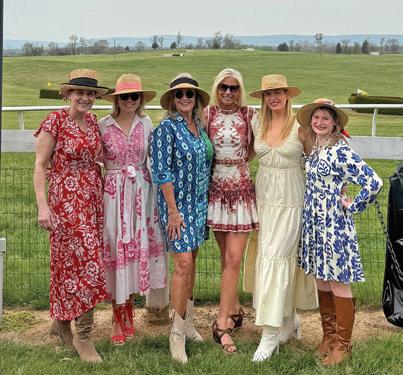
“Strong Spirit” 16 x 20 Oil on linen, © 2025 by Country ZEST Official Fine Artist Linda Volrath. A powerful composition is used to grab the viewer’s attention and showcase this spirited mount and elegant rider. This scene is from a Side Saddle review at the Montpelier Hunt Races. A real treat for all spectators.






A talented team of ladies from the National Sporting Library and Museum at the Middleburg Spring Races: Claudia
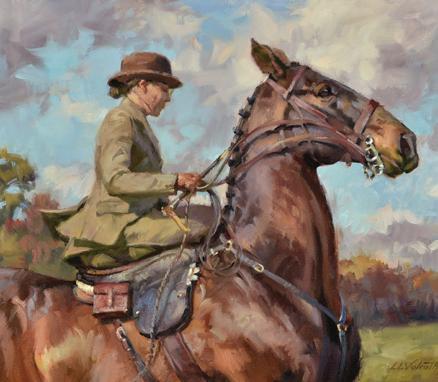






Pfeiffer, Reid O’Connor, Elizabeth von Hassell, Julie Banner, Emily Tye and Lily Pearl Pai.
Jane Vickers, Kathy McHale and Hutaz Alkalbani at the Docweek Middleburg film festival.
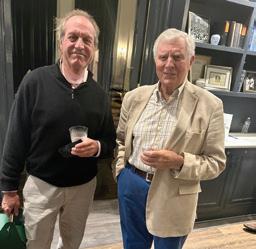
OUT & ABOUT

Brad Ryder and Guy Dove attended a screening of a fascinating documentary on the Wolves of Yellowstone Park during Docweek Middleburg.
Photo by Len Shaprio
Ann Wallace had a lovely spot set up with her artwork on West Washington Street for Art In The Burg.



Sunday, June 1, 2025; 5 pm MELERensemble: “Love Triangle”

Piano Op. 91
Robert Schumann: Fantasiestücke, Op.73
Clara Schumann: Six Lieder, Op. 13
Johannes Brahms: Clarinet Trio, Op. 114
“Love Triangle” is filled with the passion and poignancy of the famous romantic trio of composers--Johannes Brahms, Robert Schumann, and Clara Schumann. The concert is bookended by two of Brahms’ most beautiful works --”Two Songs” for voice, viola, and piano, and his lush Clarinet Trio. Robert Schumann’s brilliant but psychologically troubled side comes to the fore in the whimsical Fantasiestücke for clarinet and piano. Clara Schumann’s own profound talents as a composer will be highlighted in her yearning lieder. Through the intertwined lives and music of these three, the program explores the joys and heartbreaks of their complicated relationships and famed love triangle.
507 Main Street, P.O. Box 32, The Plains, Va 20198 https://www.gracetheplains.org/grace-church-concert-series
Host Russ Fletcher with Rob Havers president and CEO of the American Civil War Museum at at the recent Virginia Piedmont Heritage Area Association sponsored reception.
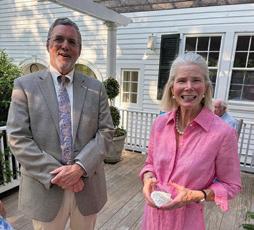
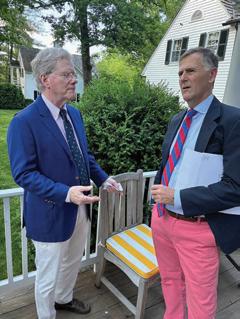
Virginia Piedmont Heritage Area board member Tom deButts and Sally Fletcher at Dundrillins Farm for the American Civil War Museum reception.
Alyson Borowczyk has been named as the new Administrative Director of the Goose Creek Association.


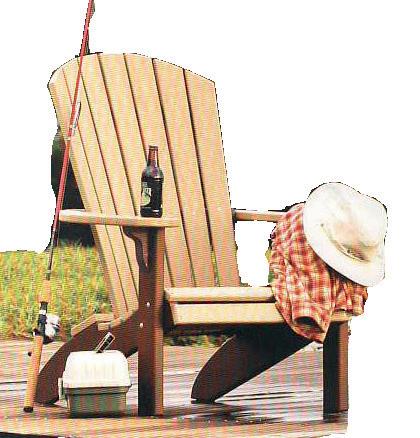
Johannes Brahms: Two Songs for Voice, Viola and
Photo by Len Shaprio
Photo by Vicky Moon
Photo by Len Shaprio
Photo by Len Shaprio
Eva Kay McKinley at Art In The Burg.
Photo by Donna Strama
Wonderful Wine And Design At Vintage Marshall
By Jan Mercker
Downtown Mar-
shall is a whole vibe. And restaurateur and “brocanteur”
Julien Lacaze is at the heart of it all.
Lacaze recently moved his latest venture, Vintage, around the corner to Main Street, combining his passion for imported antiques and hidden gem European wines.

The shop’s name reflects Lacaze’s love of all things retro and his longstanding commitment to sourcing excellent wines from small producers. Lacaze built his reputation as a wine aficionado while running his family’s French bistro in Marshall. Selling unique imported wines and antiques together is a natural fit, he says.
“The wine is just kind of a different draw,” he said.“We have a following thanks to the restaurant.
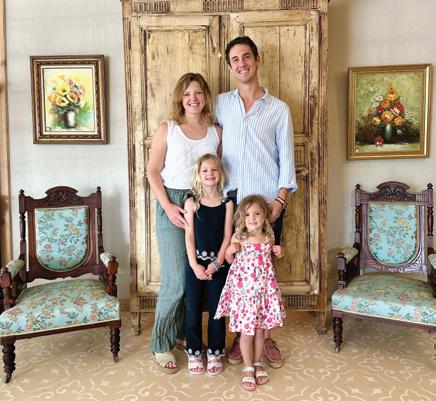
Lacaze said. “We specialize in French, Italian and Spanish wines…There’s no big names like you find at Wegmans or Total Wine. What we really had a reputation for at the restaurant was things that really had a good value–wines that are great but don’t break the bank. These little Bordeaux from small
go out into the country to the “brocants” and we’ll pick and squirrel everything away in our warehouse,” he said. “We do our own shopping so there’s not really a middleman, and we get a lot of compliments on our pricing.”
The shop also focuses on art and decor, and Lacaze said its aesthetic continues to evolve in response to an upscale clientele.
“When we first started, I took on a lot of pieces that needed work—things that I was going to refinish. As the business grew, the clientele evolved, and we ended up getting things that were more high-end: pieces from the 18th Century or early 19th Century, and that’s kind of our strong point now.”
Lacaze grew up in his father’s restaurant in Marshall said he’s loving the town’s ongoing evolution as a design hub, and the heart of it all is what he calls “our little corner” at Main and Frost. The former Vintage building just a block away is now The Frost Street Collective, a mix of antiques and vintage dealers, and more designfocused businesses are moving downtown.
“To see all of the changes and all of the things that are happening, between the butcher, the bakery, the restaurants in town, it’s really becoming a cool spot
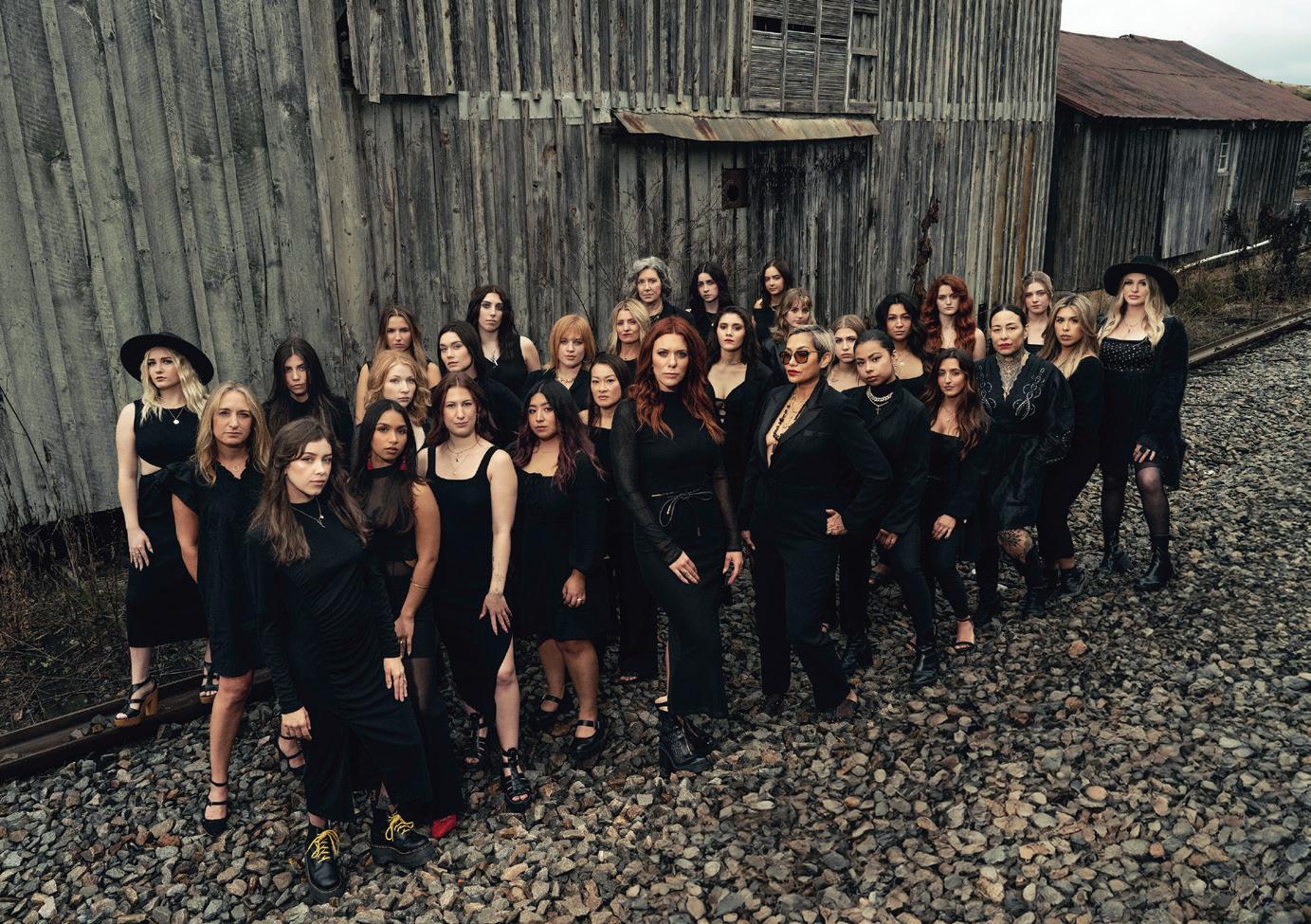

Vintage at its new location on Main Street in Marshall.
Julien and Cassandra Lacaze and their children.
A Teacher For Life, And More To Come
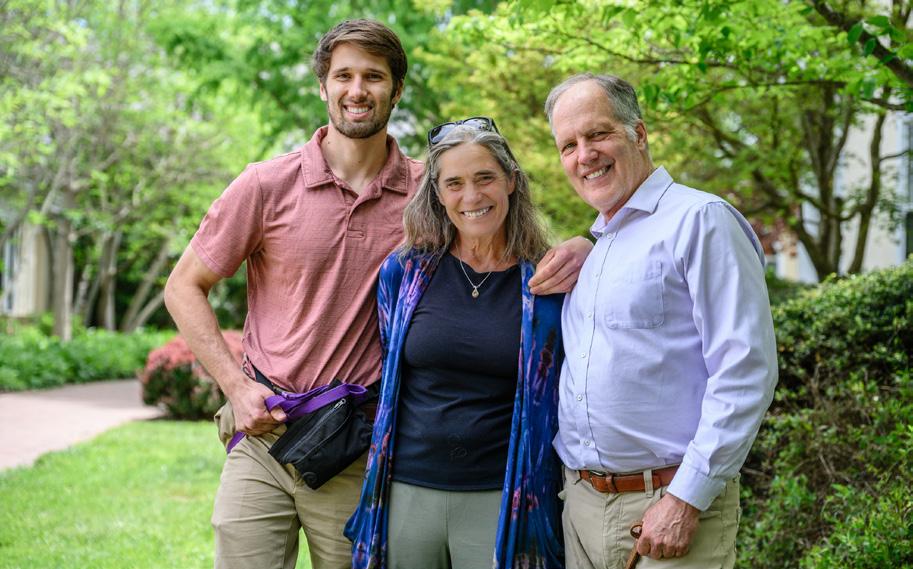
By Hunt Lyman
As you read this, I will have just retired after 41 years in the classroom, a number that still surprises me.
It does not seem all that long ago when I first arrived in Middleburg, with no intention of staying as long as I did. My family had long been rooted in New York City and Connecticut, where my only sister still lives, and both my father and grandfather were stockbrokers, a destiny I was sure awaited me as well.
After graduation from Wesleyan, I worked for a year at a law firm and quickly realized that putting on a suit each morning and commuting by subway to work in tall buildings was not the future I wanted.
I came to Middleburg knowing little about the town and even less about the area, motivated solely by then Head of School Tom Northrup’s willingness to give me a chance in the classrooms of The Hill School.
And then I fell in love with Middleburg, with teaching, and with Sue Attisani, the woman I married more than 30 years ago.
Raised in a sprawling, anonymous city, I discovered how much I enjoyed living and working in a town with a true sense of community: a place where I knew my students’ families from the Safeway and the post office, where people looked out for one another, where one’s actions rippled outward like a pebble dropped into a clear lake.
I continued my education at Wesleyan and the University of Virginia over many summers, taught high school and college classes for years, but always returned to the close twin communities of the town and Hill School, the communities that sustained me and helped raise our now adult son, Christian (Hill, Class of 2015).
Throughout my life, the lines between home and work, between professional and personal, between family and colleagues, have always been pleasantly blurred.
As I reflect on my time teaching, I’m thankful for the chance to spend my career at Hill and for the self-knowledge that steered me away from my expected path. In re-reading my first published article from 25 years ago, I found a passage that still captures my feelings about my profession:
Teaching, at least as it is undertaken in school, is a uniquely human activity, and the reality that we inevitably bring to it our emotions and desires is probably
a good thing, overall. I readily admit that literature is incomplete for me without students: that is why I would rather be a teacher than a scholar or a writer. At its very best, teaching is the ultimate ironic art; painting on a canvas that disintegrates six times a day with the ringing of a bell. I hope my students see my need to teach; I hope they feel they are part of an important intellectual and personal enterprise. Every June, something real dies when a class disbands, and I mourn the loss of that particular community of minds whose dynamic energy I have been trying to harness and direct.
It is a pleasure and a privilege to be a teacher. I spend my day with books I love, thinking about ideas I want to think about. I have control of my job in ways most people can only dream of, and what I do nourishes my soul. I am paid to read books and papers, to work with young minds whose honesty and humanity grounds me. I get time off every year to gather strength, and if I don’t have as much money as some people I also don’t have their ulcers, their car payments, their corporate scrambling, and their spiritual vertigo. Generally, I have found people respect teachers, and one of the perks of the job is listening to the most unlikely individuals confess a secret envy for what I do.
The obvious question is, “What’s next?” and honestly, it’s not a query I am entirely ready to answer. I have planned some trips to other countries and states, and to state and national parks I’ve never had the time to visit.
I look forward to exercise sessions that do not have to be squeezed in before sunrise, and to spending more time with family and friends, especially those who live farther away.
I’m sure that in some way, I will keep teaching — through substituting, tutoring, and helping in schools whenever I can. It feels like the right time to step into a new phase of life, but I know I’ll miss my students and colleagues. And I can’t imagine ever losing my excitement for the power of ideas, or for the energy and imagination young minds bring to them.
Ultimately, I move forward both excited and a little nervous, but above all, deeply grateful for the opportunities I’ve had, and for the life I’ve been lucky enough to lead.
Hunt Lyman has been a long-time teacher and academic dean at The Hill School in Middleburg. He’s retiring at the end of the 2024-25 school year.
Photo by Karen Monroe
Their son, Christian, and Sue and Hunt Lyman.
You’re In The Army Now
Wan old .45 the guard carried on our nightly mail run to Paris.
Fresh from New York, a newly minted second lieutenant, I reported in to my new commanding officer with my snappiest salute. It was April, 1965, the beginning of the Vietnam buildup.
It was customary in those days to get your hair cut every two weeks, or thereabouts.
On my first visit, I took a seat along with four or five enlisted men from the unit. The barber was French, America’s effort to make friends with the locals. The first couple of men got the traditional GI butchering.

I took the chair. In an act of arrogance, narcissicism and gross stupidity, I requested a coup razoir. I had spent a month in Normandy the previous summer, giving me a certain savoir faire in matters of this kind.
The barber, in an instant, became a stylist. He beamed that one of these lumpen had some culture. As my waiting troops looked on with fascination, the U.S. Army barber took out a straight razor, gave it a few passes on the strop, and began teasing my hair before beginning the coup.
As he shaped my head with meticulous care— as given to, Jean-Paul Belmondo—-I became increasingly uncomfortable, as the men took it in. Satisfied with his work, he began the last stage, the blow drying. I was stricken, having forgotten the ending, as he produced a hairnet and carefully covered my new coup razoir.
As I dismounted, I nodded to the men as if this performance were perfectly normal, and headed for the door. Then I heard it.
“See that? Lieutenant’s a fag.”
President Charles de Gaulle gave U.S. forces until spring of 1967 to clear France, as he was having a spat with NATO. My whole tour of duty in country was shadowed by a sense that we really weren’t in the army, we were Mayflower Movers. It’s not as if we all wanted to see some action in Vietnam, it was just that the day to day starch, the discipline and the

By John Sherman
Bud and vodka (some of my boys developed what they called the “sling shot”—-a nasty cocktail of red wine and scotch).
We worked our way up and down the nearby Loire River, then moved east into Burgundy where we rode from Chablis in the north, right through the middle of Beaune, and out the bottom into the Rhône Valley. We particularly put our backs in a ‘59 Pomard Les Noizons. Back then it ran about seven dollars a bottle. At our pay of $225 a month, it was a bit of a splurge; today a case would be worth well into the thousands.
Over one of our seances, John drew me close. “You ever wonder why I’m not around on weekends? I drive to Geneva.” (John drove a very fast British racing green Triumph.)
No nonsense, he announced, “I’m going to steal a million dollars, drive to Geneva, get on a jet and fly to São Paulo, where they have no extradition laws. Every weekend I take a different route to measure the fastest.” Well, that called for another bottle of Pomard.
I knew John was smart, very serious and sly, but a million dollars? I wasn’t sure that he hated the army enough to face decades in the stockade. He went on to confess that on three nights he’d stack a million in his trunk, and drive carefully around Orleans in the middle of the night—gently returning the stash to his vault by morning.
In the end, John did his time and went on to work for the Rand Corporation.
Bernie Silver ran the commissary, the base supermarket. When filling our glasses, Bernie always
had the funniest stories to tell about the absurdities, the inefficiency, the pettiness that were leveled on us each day. He had a deep voice, and when he laughed,
Although Bernie denies it, his swan song came one morning. He had been taking constant calls from housewives. “Do you have this? Do you have that?” The tenth call came in and Bernie couldn’t help himself. He grabbed the phone, and in full voice sang, “Yes we have no bananas. We have no
\To this day he swears that such silliness had nothing to do with his orders to pack up and report to Fort Huachuca, Arizona. His first postcard was brief. “Rocks, rocks and more rocks,” he wrote.
He later joined a New York law firm. •••••••••••••••••••••••••
Bernie was dating Leslie, the daughter of an army civilian who lived in a grand chateau, and drove a gold Rolls Royce. She finally gave up and went to bed, leaving the few of us you wouldn’t want hanging around after midnight. By about 1 a.m., John, who claimed to be part Arikara nation, had us stomping around the table with a “Hey-yeh-ya ya.” He got quite emotional.
Bernie called us into the ample living room and gave us a eulogy about old friends moving on. He explained that his future father-in-law was so broken up about his departure that he begged Bernie to “take anything you want. I want you to have it. And in the same spirit of remembrance, John, I’d like you to take this stereo set.”
John protested, “I don’t know what to say.” To me, he presented a Purdy shotgun. “Oh, come on, Bernie. I couldn’t.” Pretty hammered, we gave long hugs to Bernie. Friend for life. And we all made it home.
The next morning at six, it was Leslie.
“Bring back my father’s shotgun.” Plus a trailing end of obscenities. I didn’t see Bernie for some years.
I mustered out and went on to the Hartford Courant writing obits at $100 a week. It would have been $95, but they threw in an extra five because I was married.
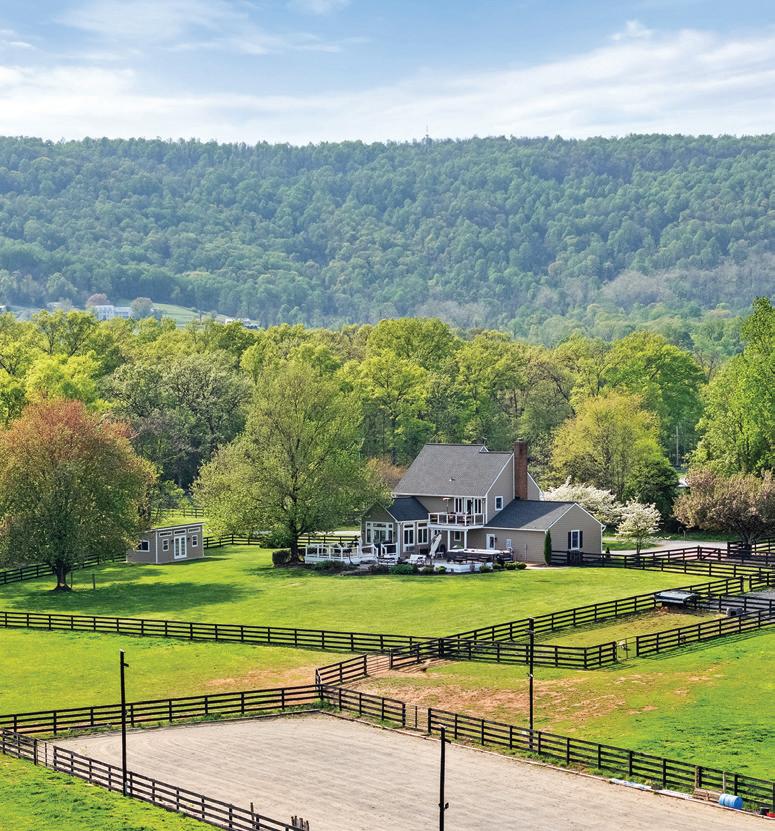
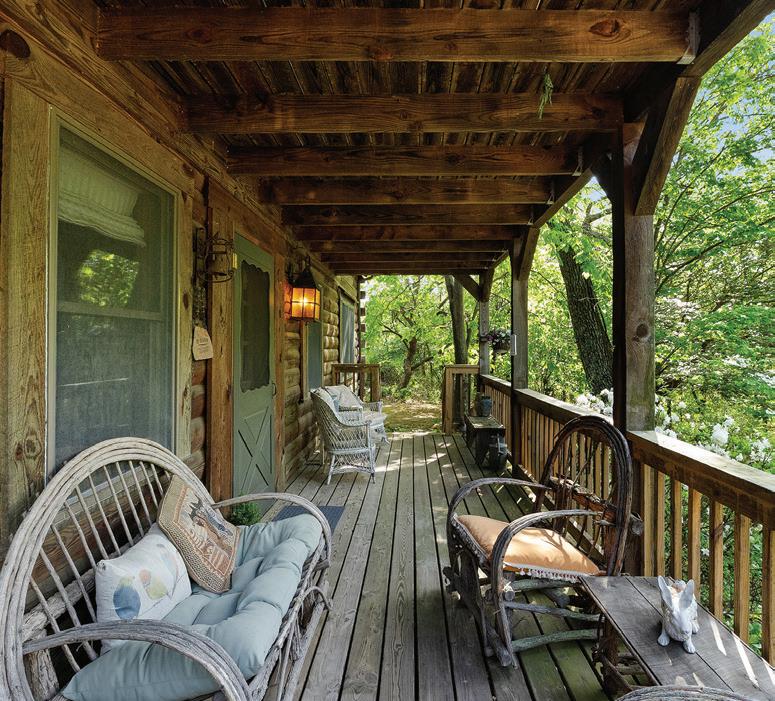
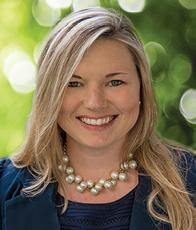

Bluemont – The details of this home have been thoughtfully curated to add a touch of elegance to your daily routine. Spacious and light filled with fine finishes this 3 BR/3 BA residence is warm and inviting with most everything having been renovated between 2021-2023. Ammenities include: home office with separate entrance and powder room, separate building with a gym, and a swim spa too. This exceptional property is a rare find in a highly sought-after location, ready for you to come home.
Horse Ammenities
• SIX STALL BARN
• 200 x 70 RIDING RING WITH OUTDOOR LIGHTING
• 4 RUN-IN SHEDS WITH POWER & WATER
• NEW 4-BOARD FENCING

Delaplane – 3 BRs / 3 BAs log cabin is a welcoming retreat. The four porches are perfect for enjoying nature's beauty and in the winter months, stunning mountain views unfold before you. Features include a main-level primary suite, stone wood-burning fireplace, stone countertops and top-of-the-line stainless steel appliances. There is a two-car garage (currently utilized as a workshop) alongside a finished office space. Bird's-Eye View is not just a home; it’s your harmonious retreat to nature—welcome home.

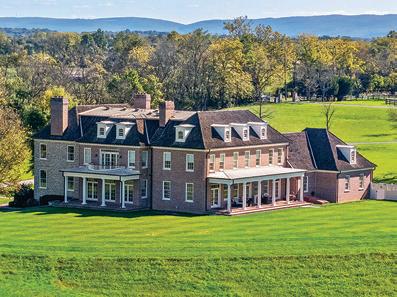
LIMESTONE FARM
67+ acres | $6,950,000
Boyce – The estate features a federal style manor house (circa 1839) which has been beautifully refinished, updated and expanded. Also: charming guest house, 8-stall barn.
John Coles | 540-270-0094

HEARTLAND
122+ acres | $4,950,000
Delaplane – Impressive home features high ceilings, large windows, and spectacular views. 2 Barns, 100 x 200 arena, Piedmont Hunt territory. Park-like rolling hills w/ 8 miles of well maintained trails!
John Coles | 540-270-0094
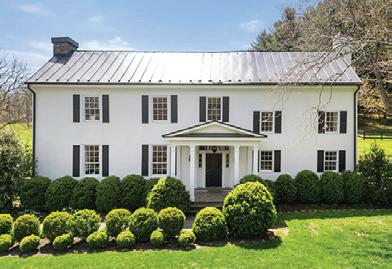
SLATE HILL
7+ acres | $2,795,000
Upperville – Fully renovated in 2021, this elegant c. 1700’s property has 4 BRs and 2.5 BAs. Center aisle barn w/ 4 stalls, and a 120 x 70 EquiSand arena suitable for all riding disciplines.
Will Driskill | 540-454-7522
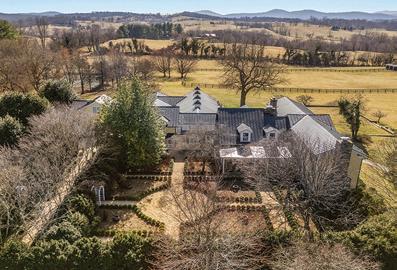
AQUINNAH
41 acres | $6,299,000
Marshall – Gracious country living meets modern luxury. OCH territory minutes from Middleburg or Rt 66. 7 BR, 8 full and 2 half-BA. Spectacular views–Ashby Gap to Cobbler Mountain!
Isabella Wolf | 703-338-7452

LEGACY
450 acres | $4,700,000
Marshall – Stretching from 5 Points Rd in the Plains, to Rectortown and Frogtown Roads in Marshall. Protected by an Easement with the VOF. Prime OCH territory. A most prestigious location! John Coles | 540-270-0094

HIBBS BRIDGE
6+ acres | $2,685,000
Middleburg – One owner home meticulously maintained and renovated. The grounds and the residence have many finely designed custom features for comfort, privacy and security.
Will Driskill | 540-454-7522

CLOVERWOOD
78+ acres | $5,750,000
The Plains – With frontage on Zulla & Burrland the estate features an elegant one level main residence, pool, guest house, 2 tenant houses, 2 stables–w/total 26 stalls and a 4 acre pond.
John Coles | 540-270-0094

BULL RUN MTN.
283 acres | $2,981,685
The Plains – Rare offering within 5 miles of Middleburg!!! Build a country estate with wonderful land for Horses and Cattle. OCH territory. Open Space Easement w/ VOF. John Coles | 540-270-0094
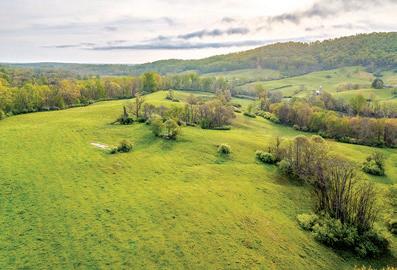
BRIAR HILL
152+ acres | $2,283,507
Delaplane – Rolling hills and fenced pasture, suitable for horses. Beautifully site your house for Little Cobbler Mtn. views. Easement and tax credit potential. Near Marshall, Warrenton and I-66. Will Driskill | 540-454-7522






















































